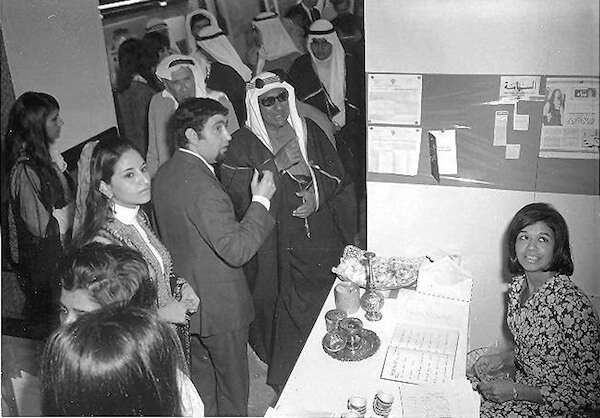
SULTAN GALLERY
FOUNDER NOTE
“Early in 1969, we established our Gallery in Kuwait. We ventured into the field of Arab Contemporary Art, with absolutely no knowledge of what was going on, but with a great deal of enthusiasm and encouragement from our friends Munir Al Kazzi, Issam Al Said, and Saeed and Joan Madhloum. From the beginning, we limited our collection and exhibits to the work of Arab Artists only, as we felt that not only were they generally overlooked by their societies, but that there was a general lack of exhibition space in the Middle East. We did not find it very difficult to induce the Artists to exhibit, but what was at times frustrating was the immense problems in communications; and the sometimes over-bureaucratic attitudes of most Arab Governments in not facilitating the easy movement of contemporary Arts and Crafts from one Arab Country to another.
In spite of this lack of communication between the various Artists practising in the Arab World we noticed a number of common influences that transcended all natural borders. The first and most common is the interest in Folkloric traditions as subject matter. This is evident in the Arab Folk Tales and Proverbs, in Art in Kuwait, Bahrain and Saudi Arabia where painting as an art is still relatively new. The second discernable influence is the interest in Islamic Geometry and Calligraphy and in its abstraction or reduction to form and color. Each Country has a number of artists encouraged by this especially in Lebanon, Morocco and Iraq. The third influence is that of 20th Century Western Art and Graphics especially on those artists who have either lived or worked in the West for a prolonged period of time. And finally, as in any movement in Art there always exists a few individualists who filter all their experiences through a personal sieve that at times integrates and at other times separates the forces of life acting on it.
In our selection for this exhibit we were limited by time and circumstances to exhibit only the drawings and prints that form part of our collection, and we feel that although they do not do absolute justice to the work going on, they are a fair indication of current creative activity in the Arab World.”
POLICY
GENERAL
The aim of the Gallery is to encourage the development of modern art in the Middle East.
To exhibit works (paintings, sculpture, jewellery, ceramics, etc.) of Middle Eastern Artists. (Including all Arab countries and Persia). The months of exhibition would be September to May. Each exhibition will be for 4 weeks. The Gallery will close between the months of June to August.
Gallery is not to be rented to individual Artists. But the possibility of holding exhibitions of well designed products in the market should be looked into.
Gallery should attempt to form its own collection. (by keeping one painting from each exhibition)
1969 to 1979
1969 to 1979

DIA AL AZZAWI, 1969

DIA AL AZZAWI, 1969
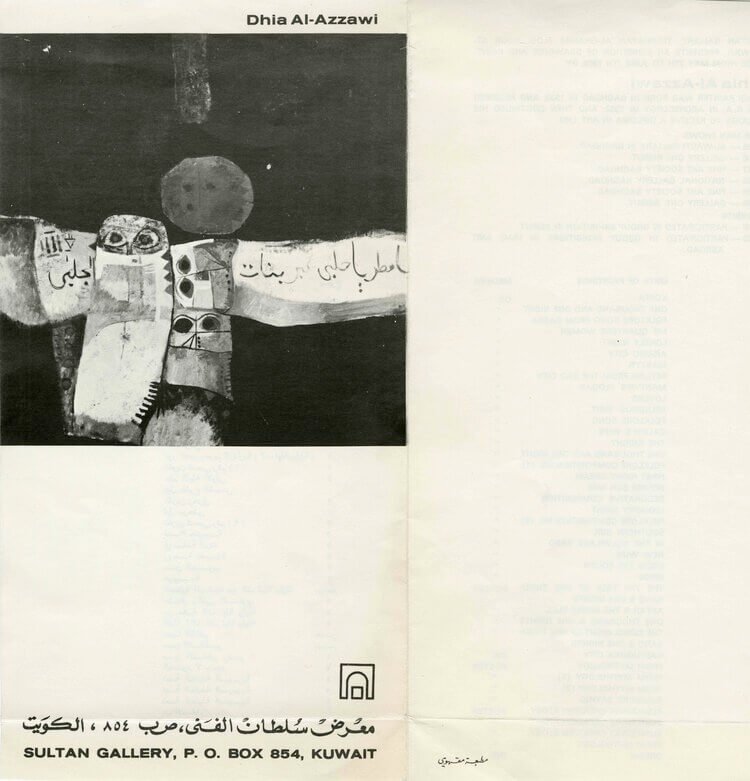
DIA AL AZZAWI, 1969

SALAH TAHER, 1969

SALAH TAHER, 1969

SALAH TAHER, 1969
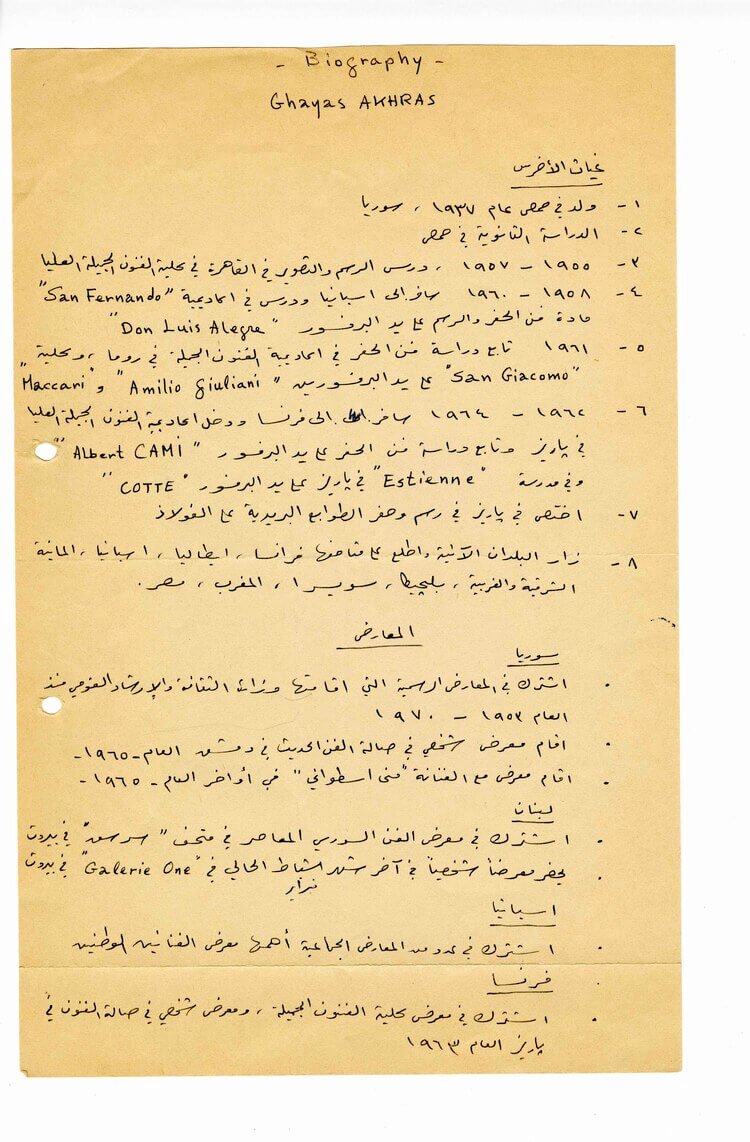
GHAYAS AKHRAS, 1970
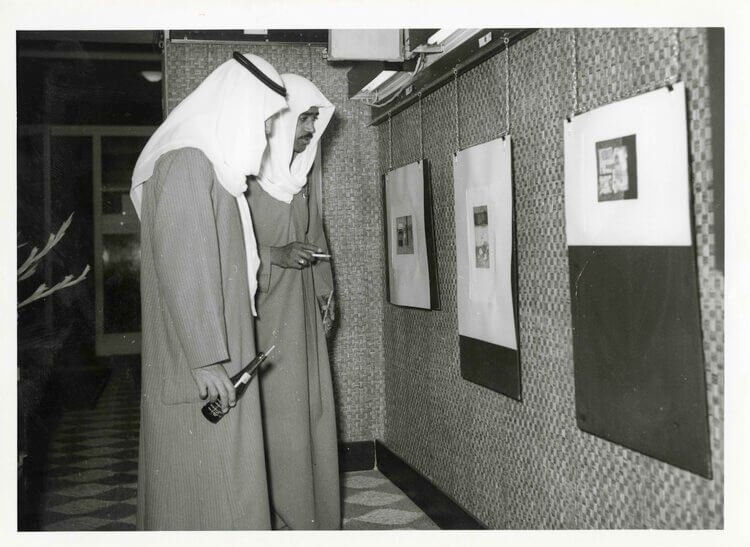
GHAYAS AKHRAS, 1970

DANIELE NOEL, 1970
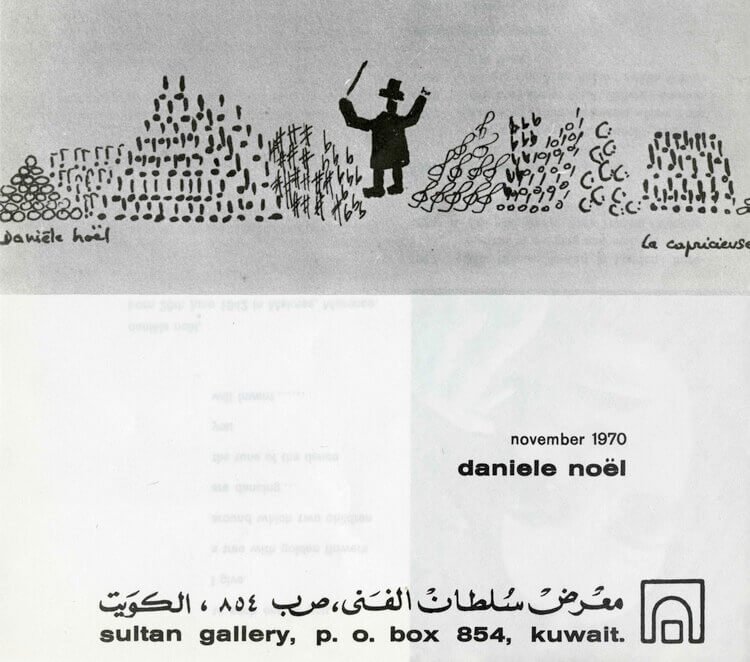
DANIELE NOEL, 1970
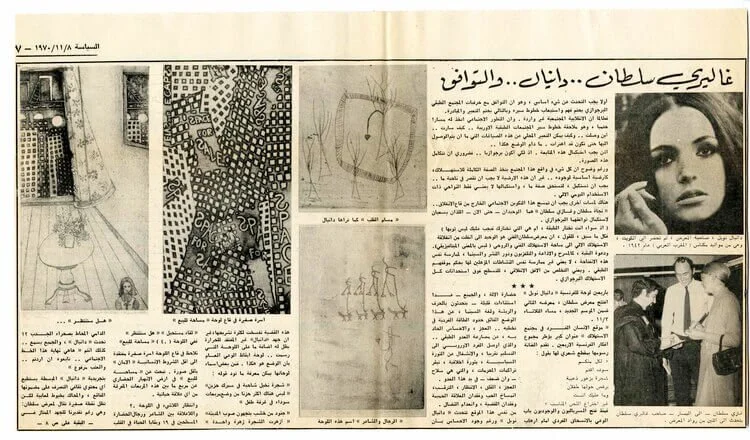
DANIELE NOEL, 1970

MUNIRA AL KAZI, 1970

MUNIRA AL KAZI, 1970

MUNIRA AL KAZI, 1970
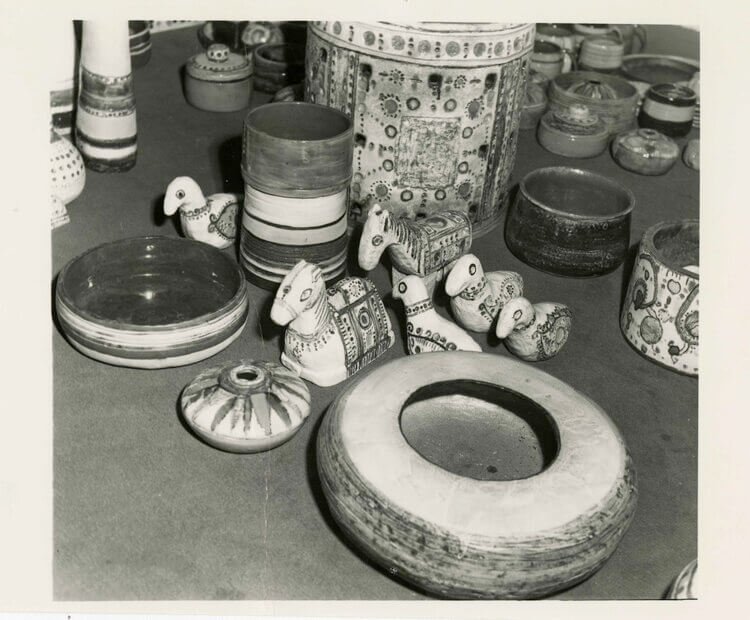
NUHA ALRADI, 1970
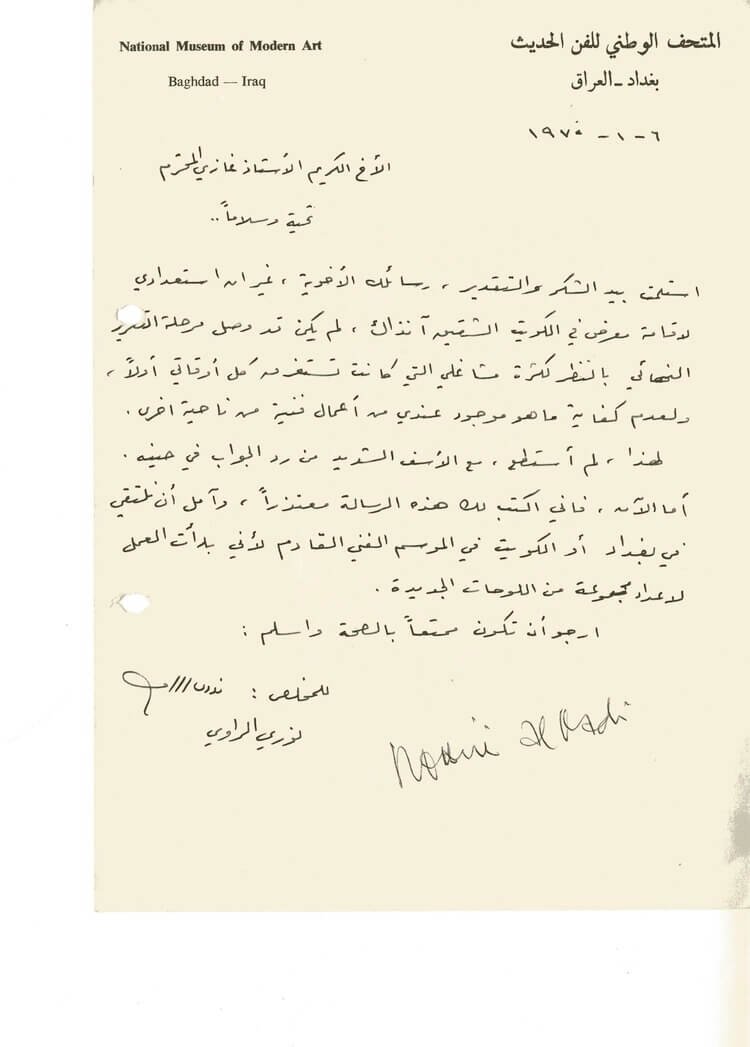
NUHA ALRADI, 1970

NUHA ALRADI, 1970

SALEH AL JUMAIE, 1970

SALEH AL JUMAIE, 1970

SALEH AL JUMAIE, 1970

DIA AL AZZAWI, 1971

DIA AL AZZAWI, 1971

DIA AL AZZAWI, 1971

GHAYAS AKHRAS, 1971
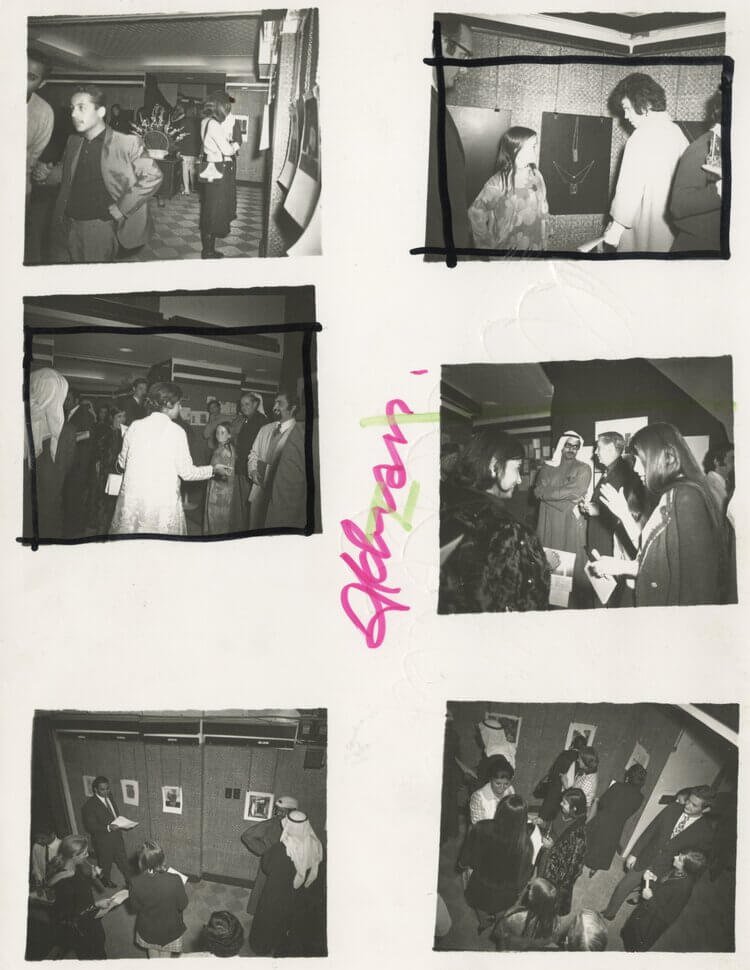
GHAYAS AKHRAS, 1971

MOHAMMED MELEHI, 1971
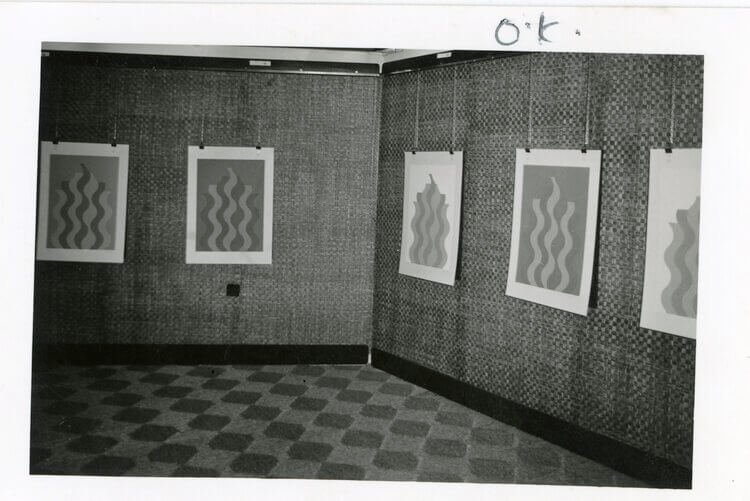
MOHAMMED MELEHI, 1971
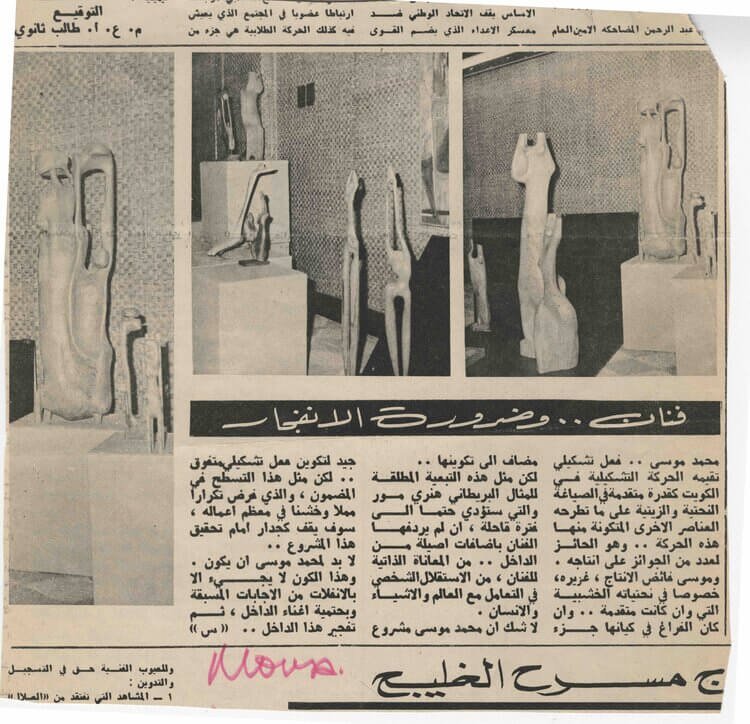
MOHAMMED MOUSA, 1971

MOHAMMED MOUSA, 1971

MOHAMMED MOUSA, 1971

LAILA SHAWA, 1972
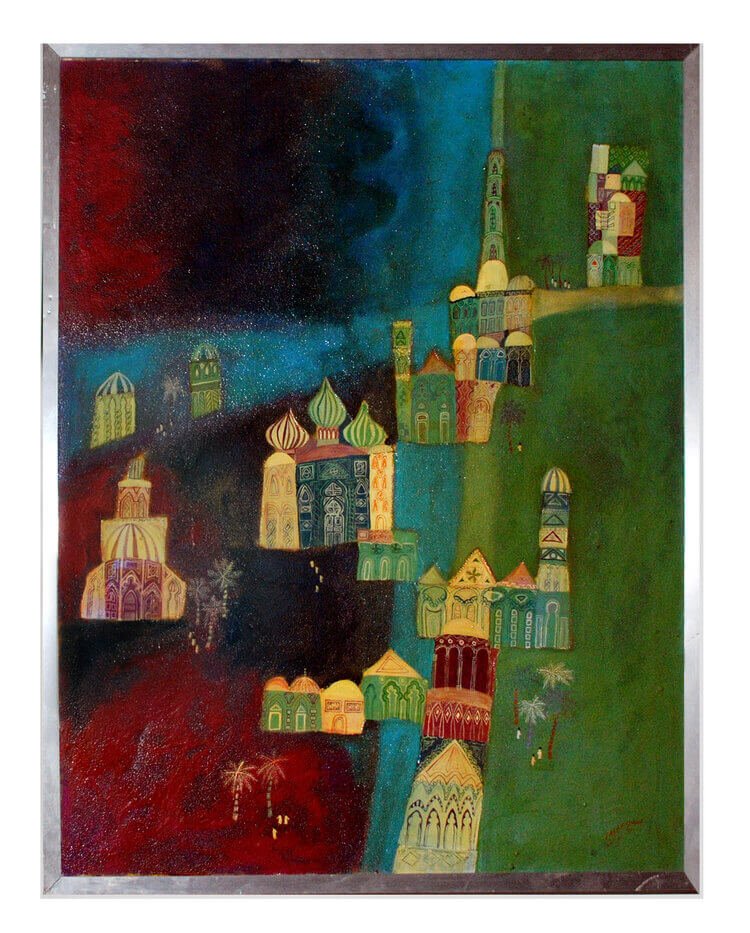
LAILA SHAWA, 1972

LAILA SHAWA, 1972
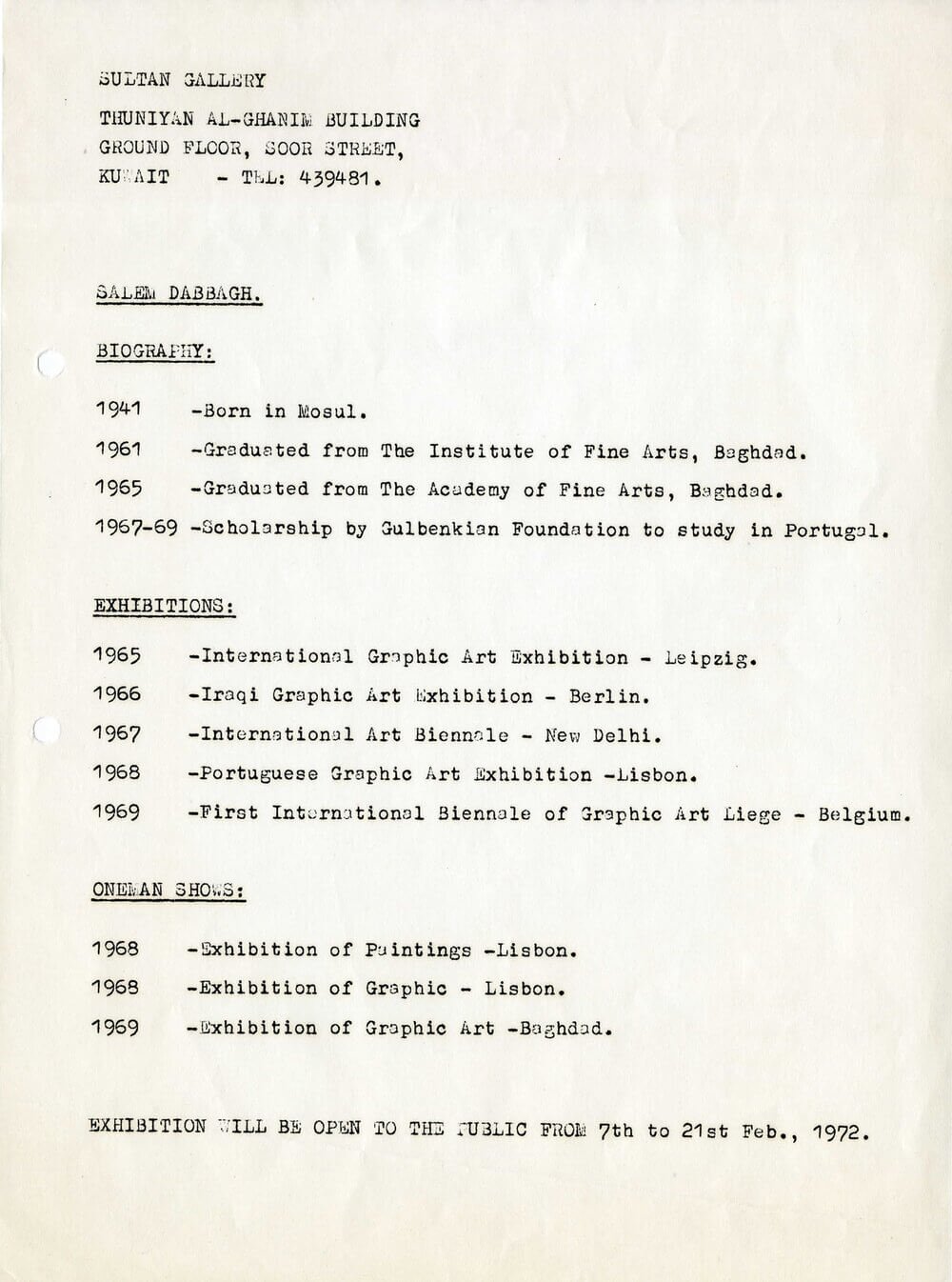
SALEM AL DABBAGH, 1972
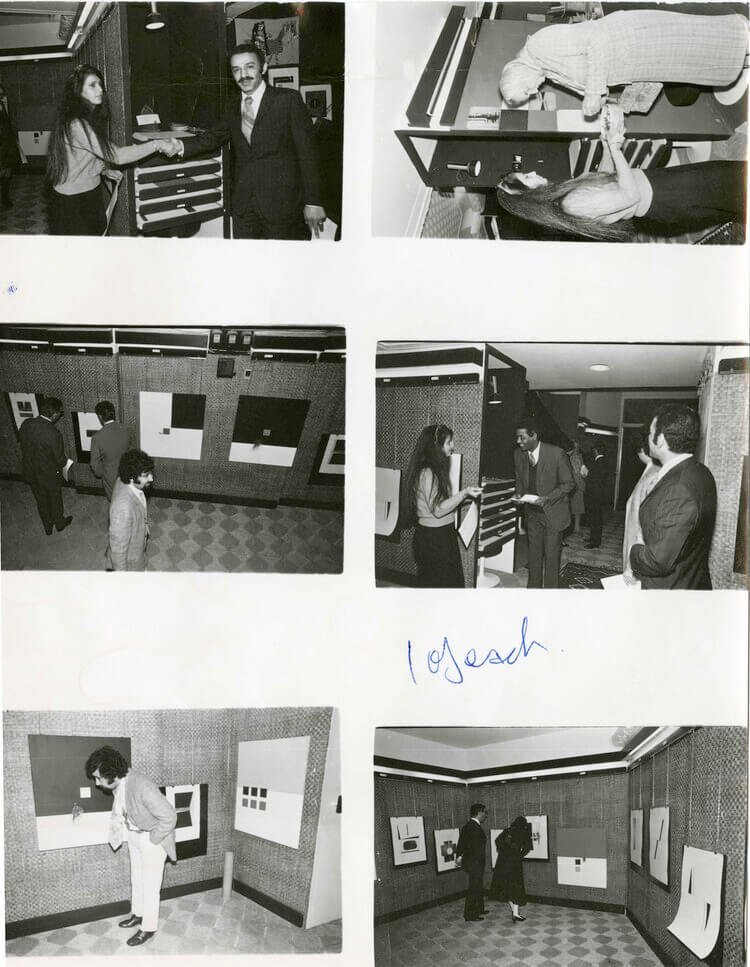
SALEM AL DABBAGH, 1972
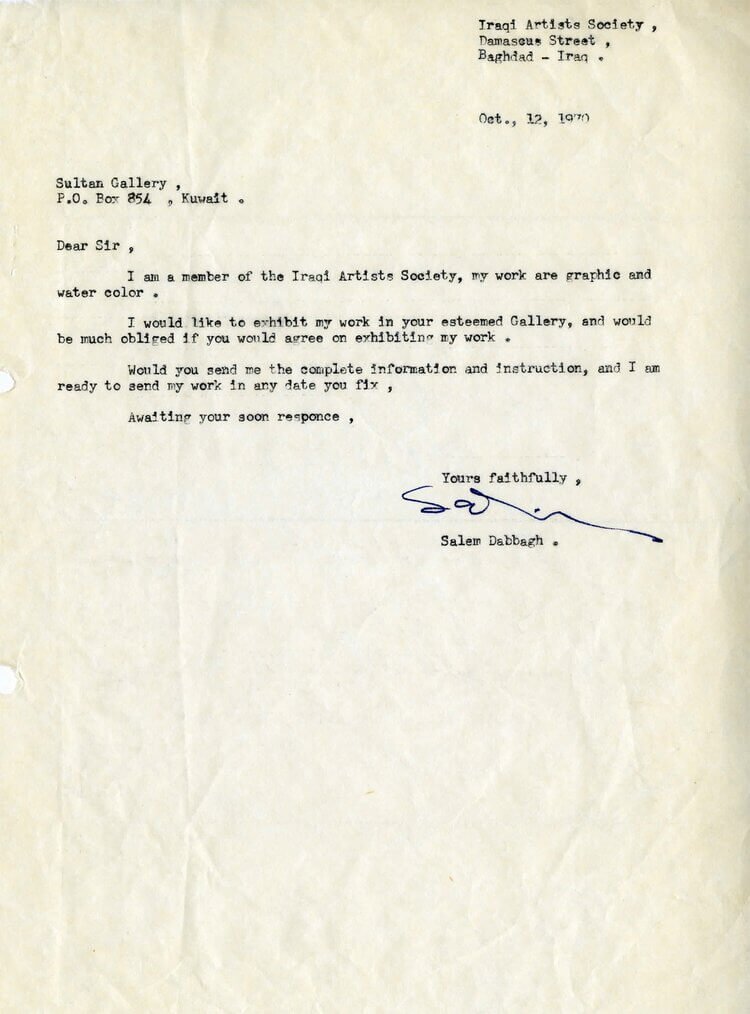
SALEM AL DABBAGH, 1972
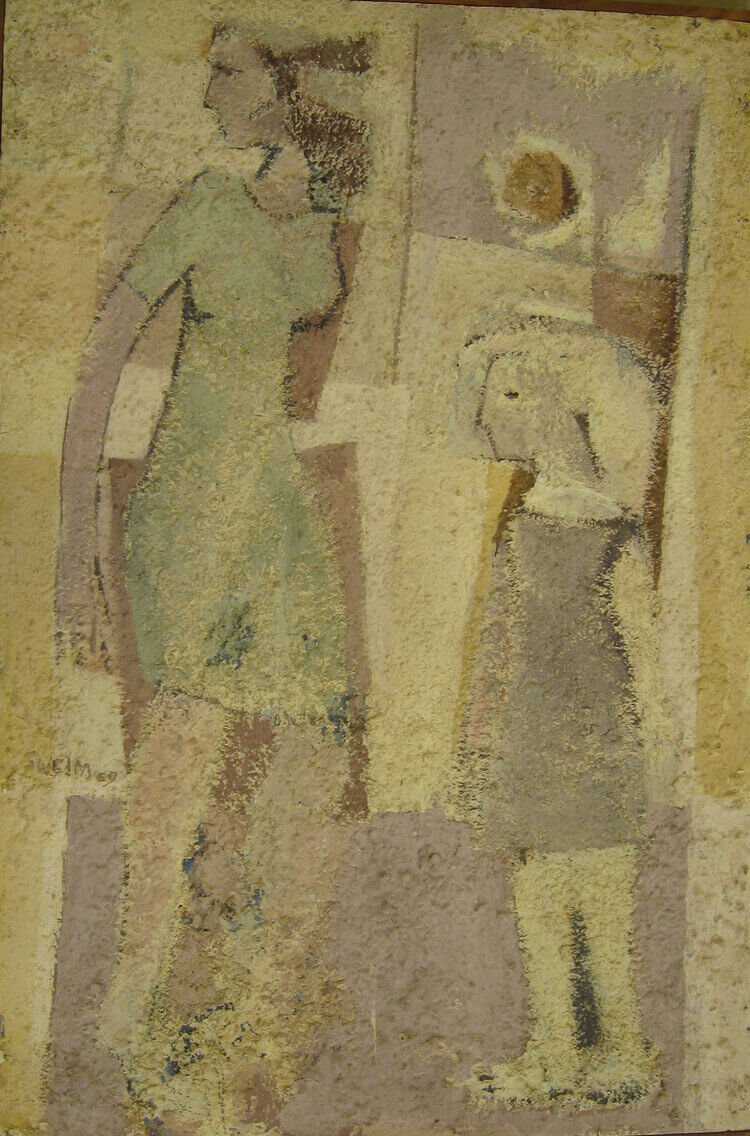
YAYHA SWAILEM, 1972

YAYHA SWAILEM, 1972

YAYHA SWAILEM, 1972
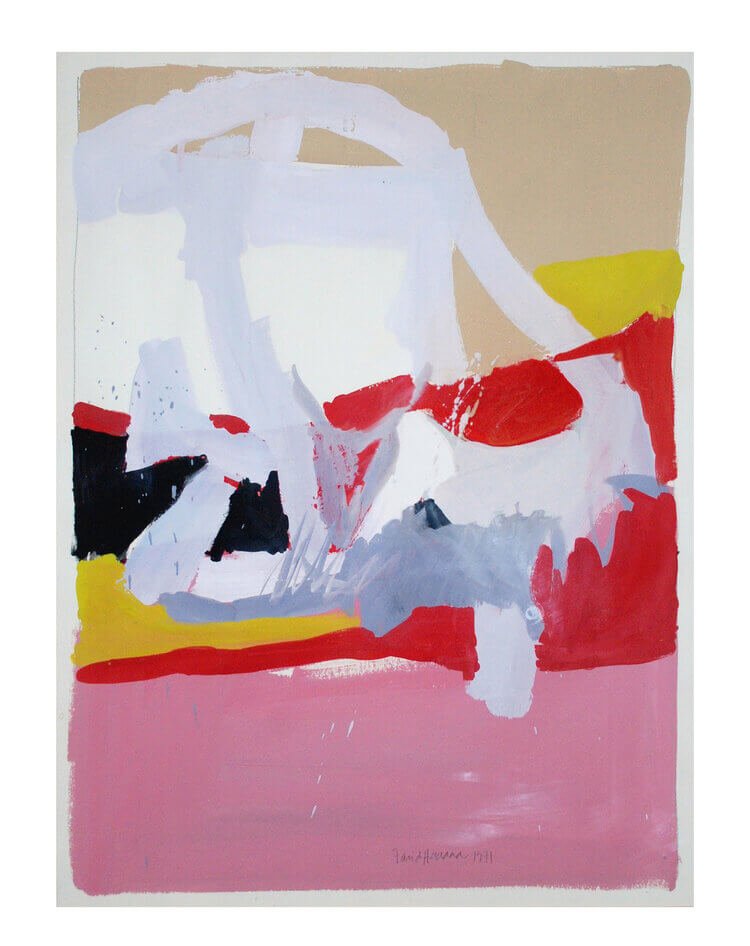
FARID HADDAD, 1972

FARID HADDAD, 1972
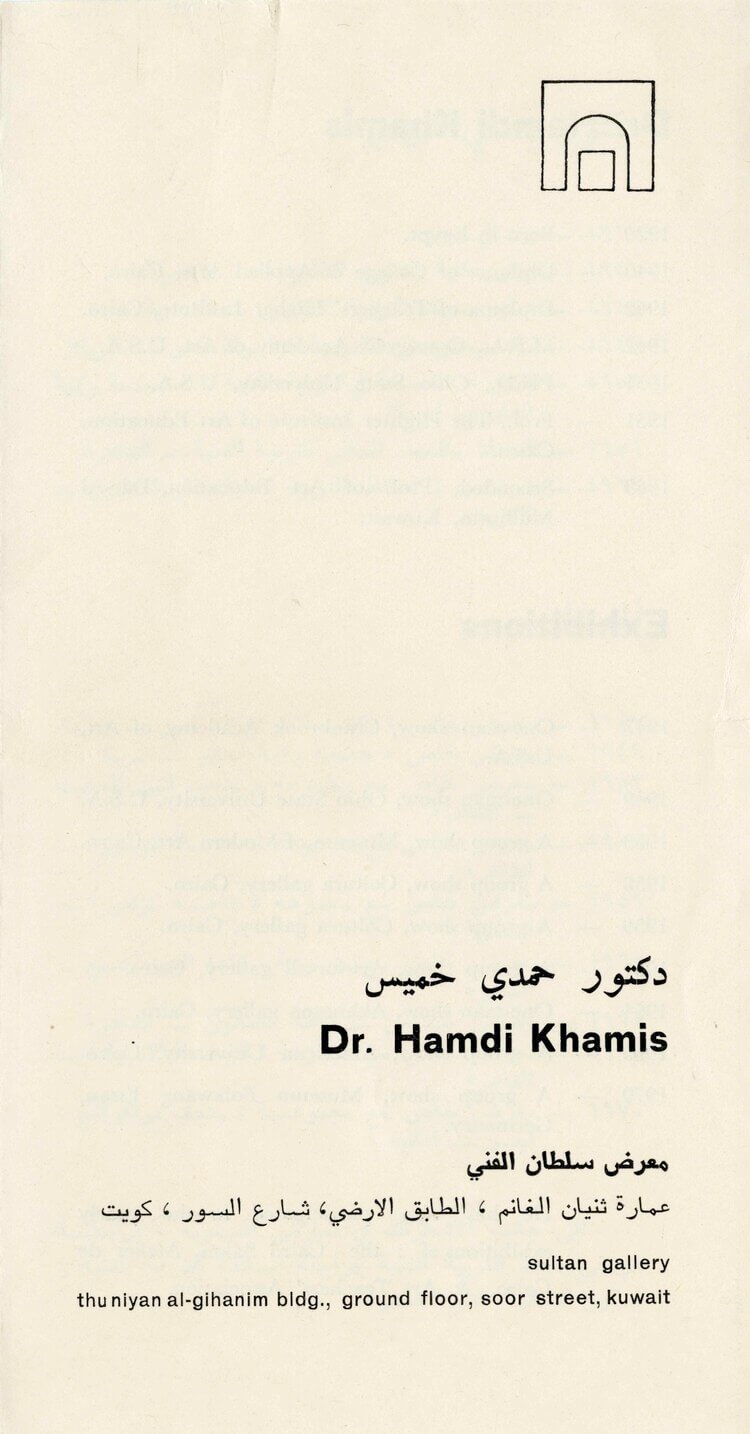
HAMDI KHAMIS, 1972

HAMDI KHAMIS, 1972
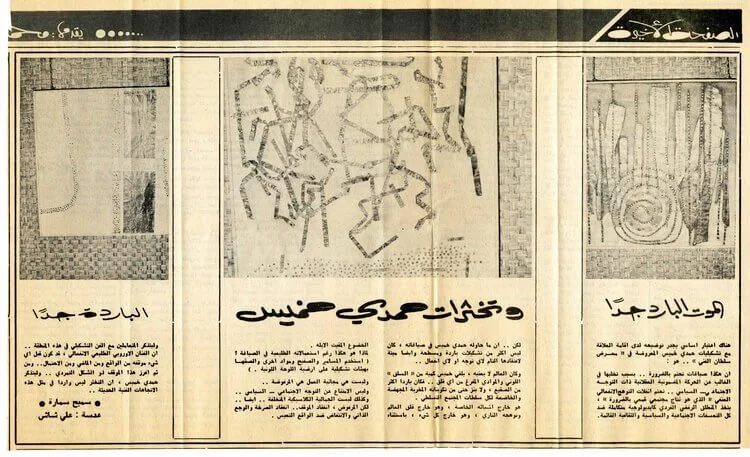
HAMDI KHAMIS, 1972
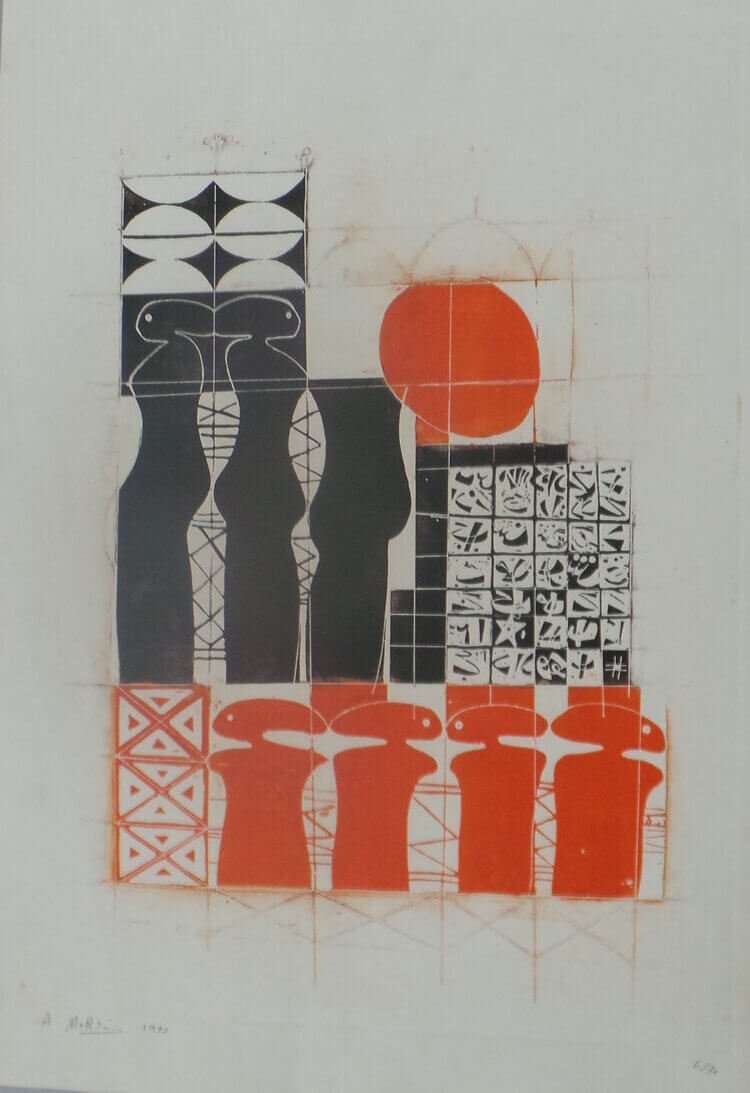
ABDULWAHAB MORSI, 1973
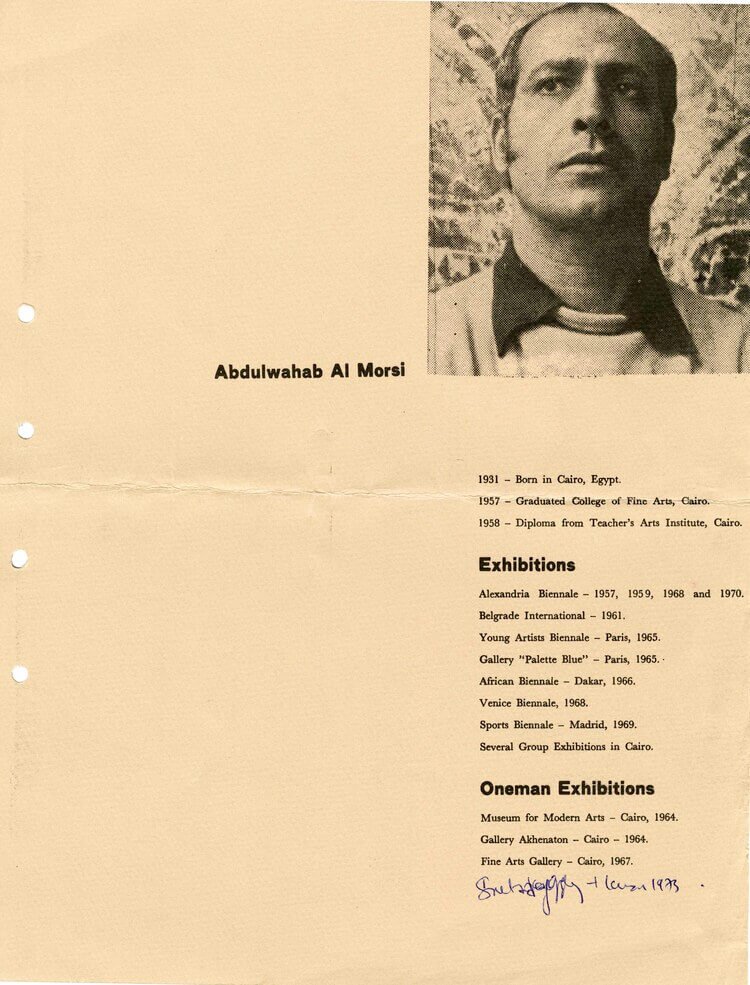
ABDULWAHAB MORSI, 1973

ABDULWAHAB MORSI, 1973

MUNIRA AL KAZI, 1973
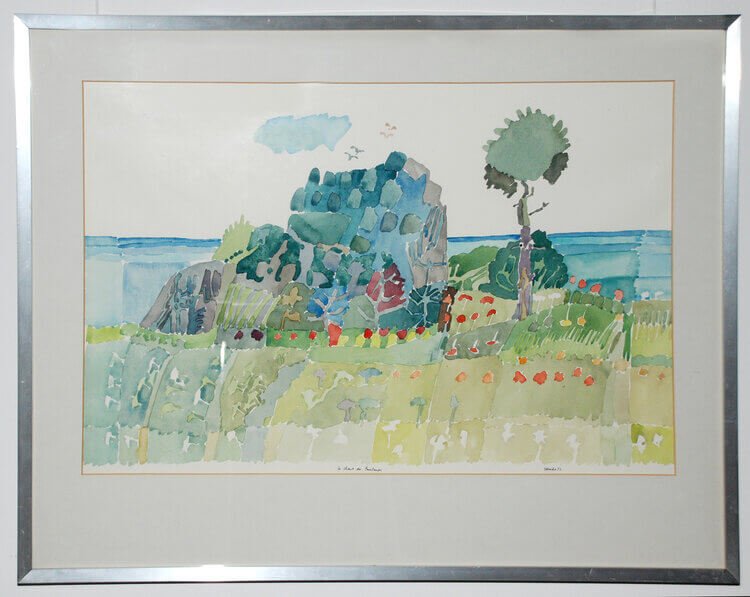
AMINE EL BACHA, 1973

AMINE EL BACHA, 1973

AMINE EL BACHA, 1973
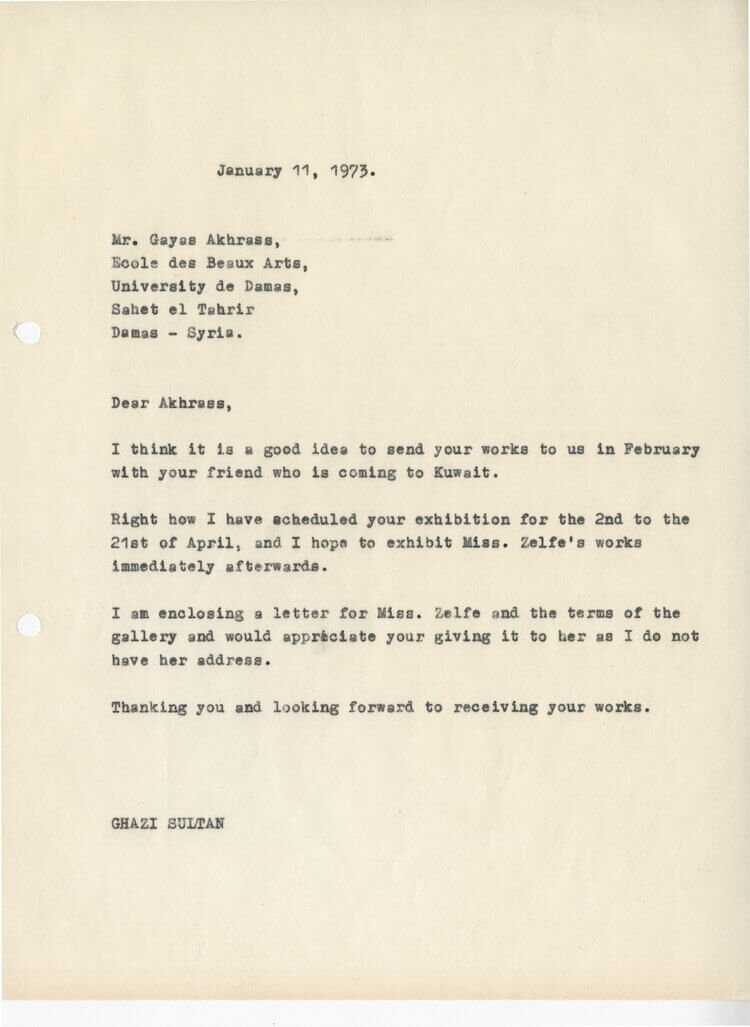
GHAYAS AKHRAS, 1973
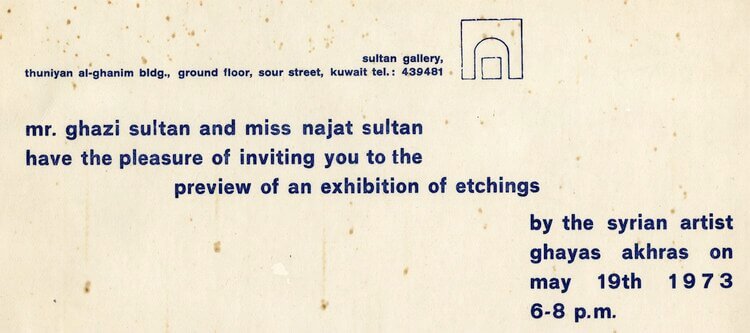
GHAYAS AKHRAS, 1973
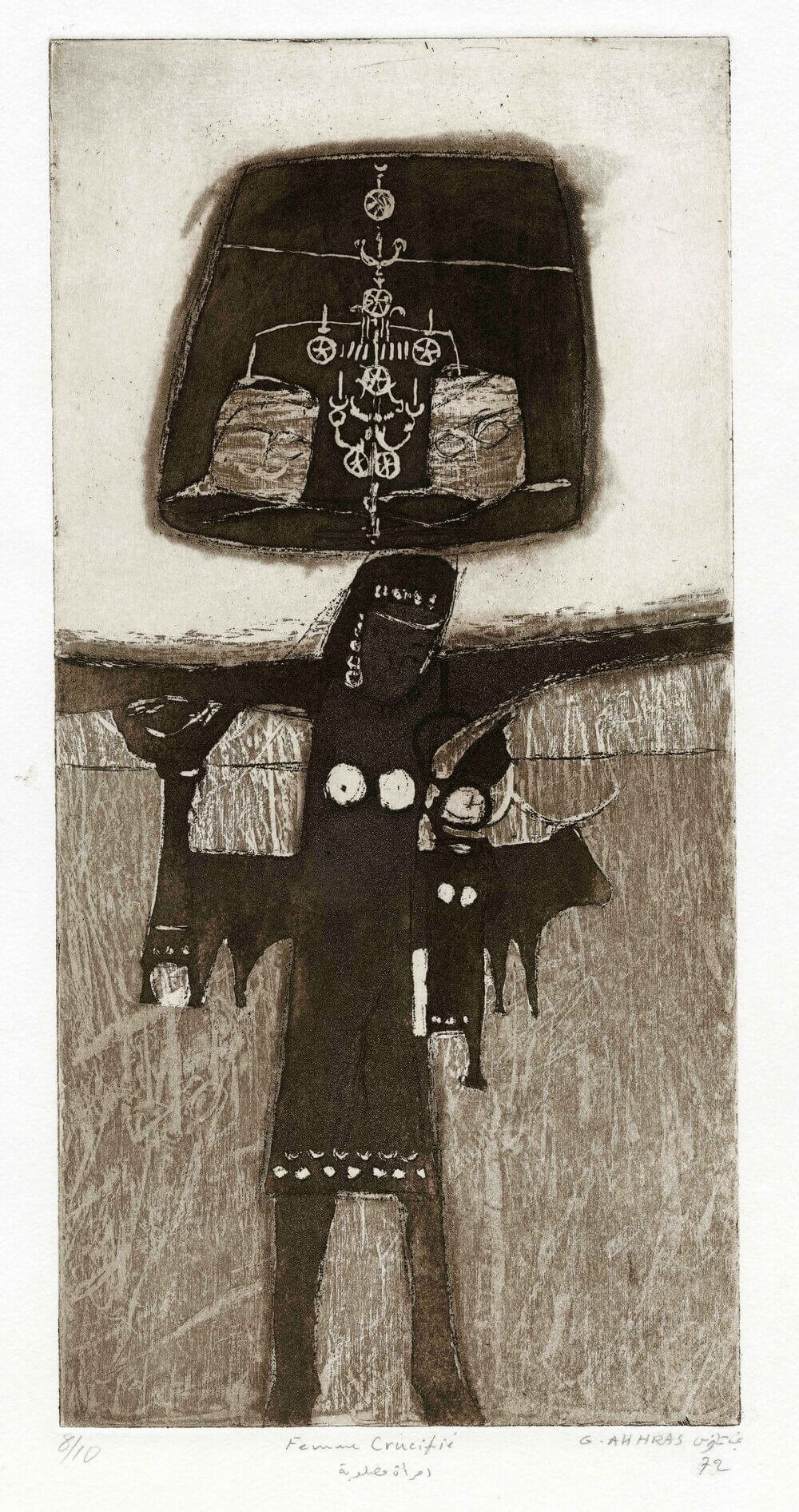
GHAYAS AKHRAS, 1973

SABIHA BICHARA, 1974

SABIHA BICHARA, 1974

SABIHA BICHARA, 1974

DIA AL AZZAWI, 1974

DIA AL AZZAWI, 1974

DIA AL AZZAWI, 1974
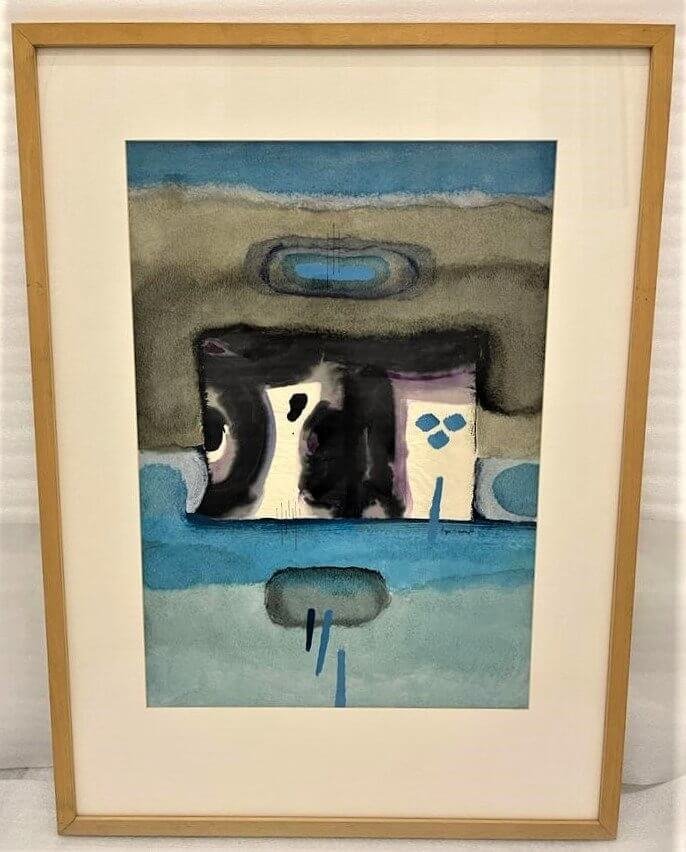
RAFA NASIRI, 1974

RAFA NASIRI, 1974

RAFA NASIRI, 1974

NAJAT HADDAD, 1974

NAJAT HADDAD, 1974

NAJAT HADDAD, 1974

SALEH AL JUMAIE, 1975
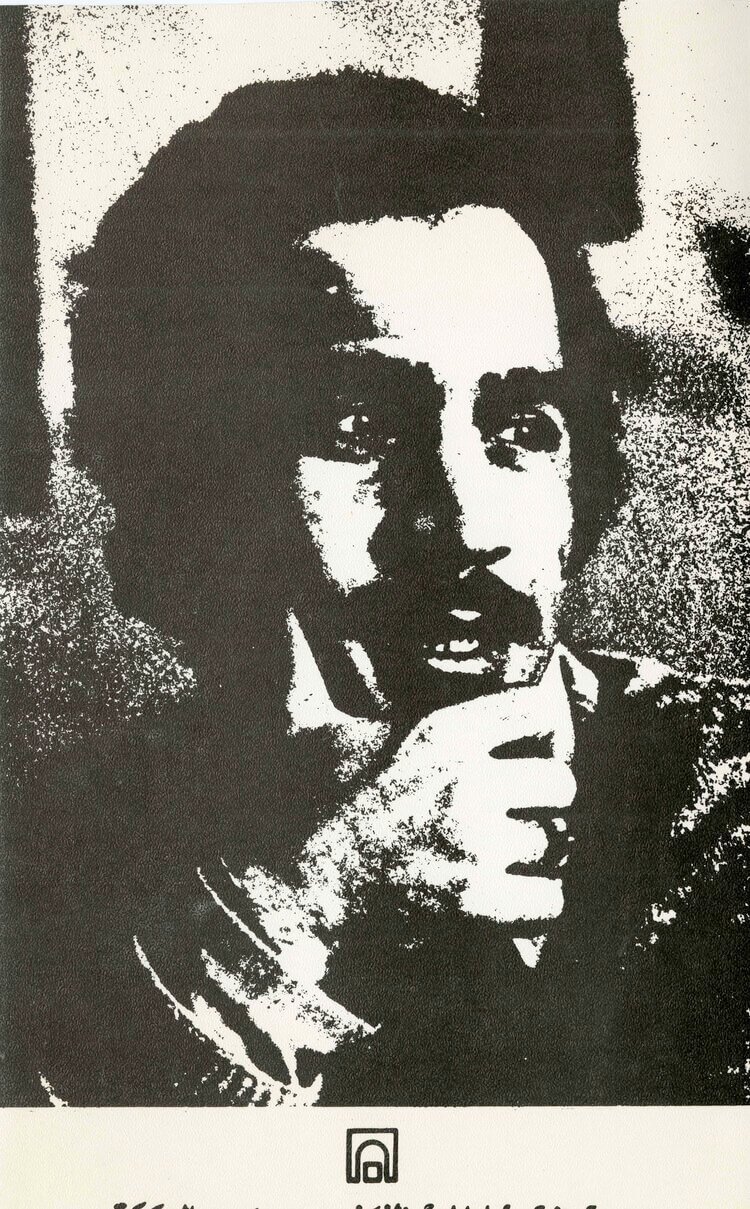
SALEH AL JUMAIE, 1975

SALEH AL JUMAIE, 1975

NUHA ALRADI, 1975
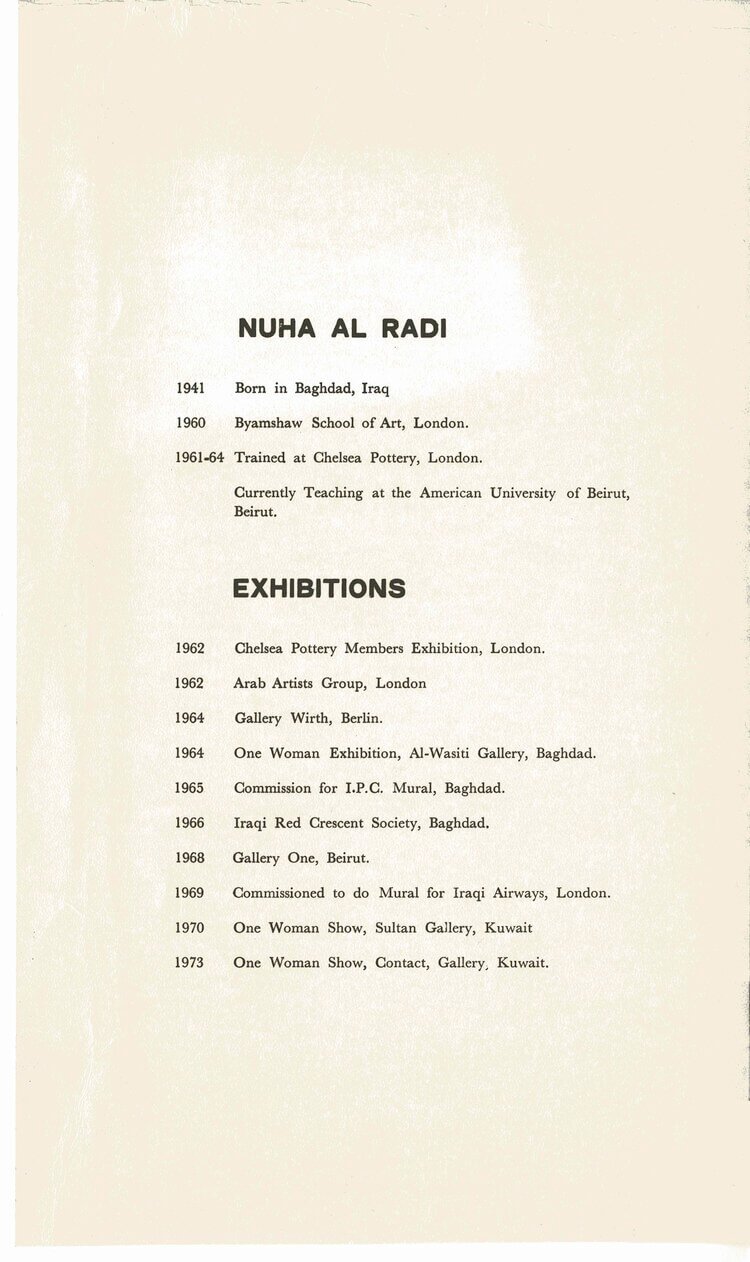
NUHA ALRADI, 1975
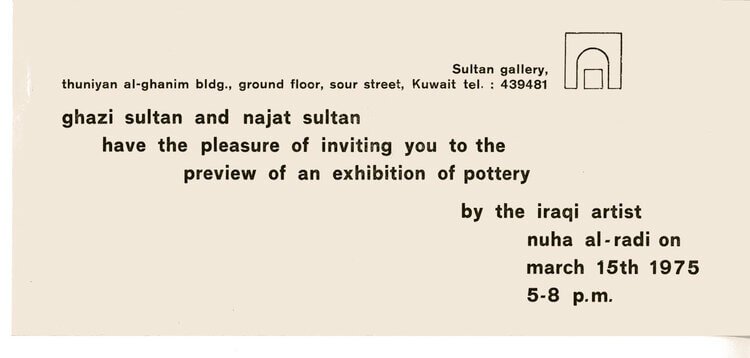
NUHA ALRADI, 1975

CLAIRE NIVOLA, 1975

CLAIRE NIVOLA, 1975
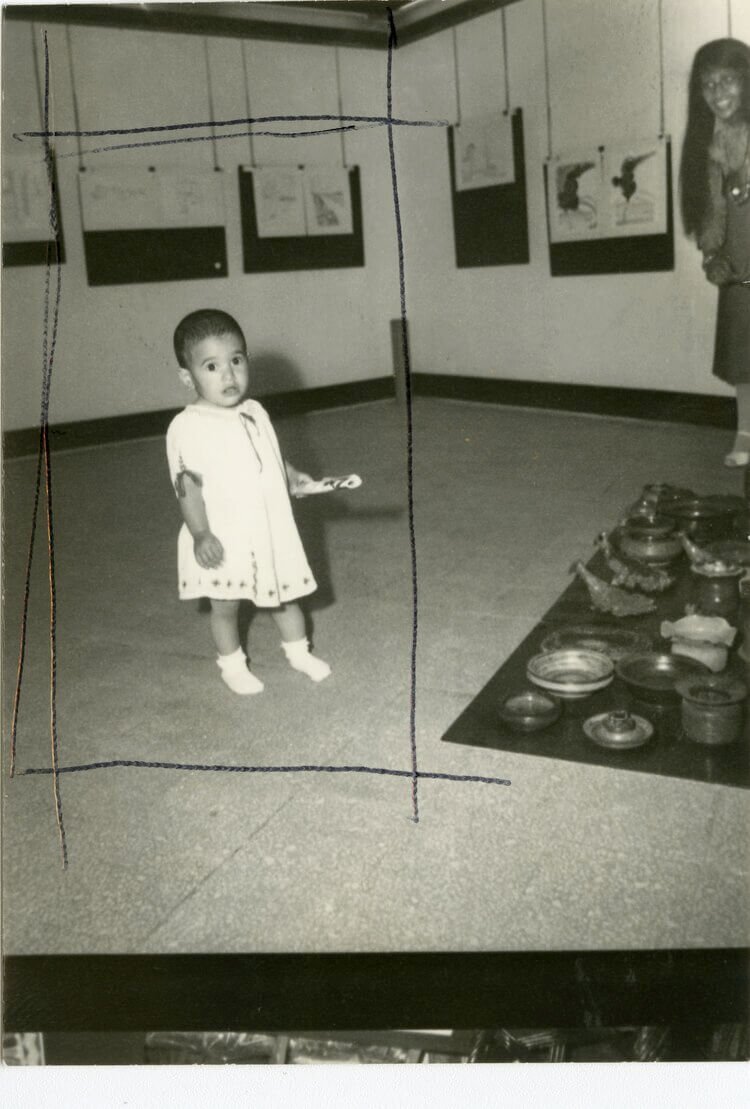
CLAIRE NIVOLA, 1975

INA DOORN, 1976
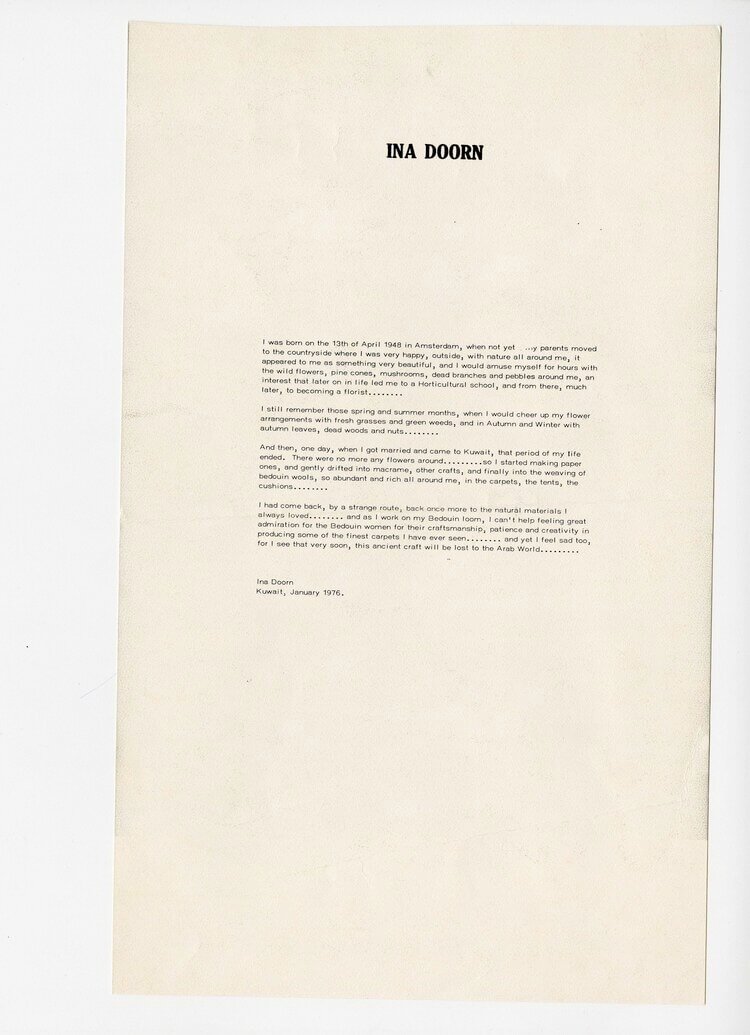
INA DOORN, 1976
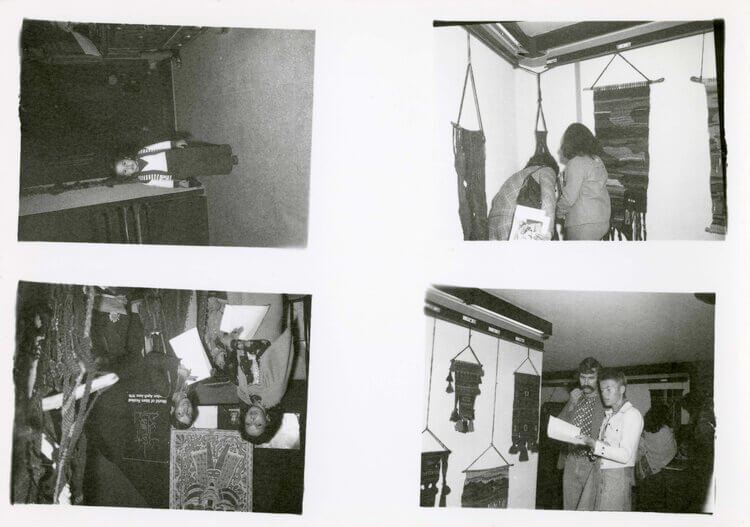
INA DOORN, 1976

DAVID ROBERTS, 1976

DAVID ROBERTS, 1976
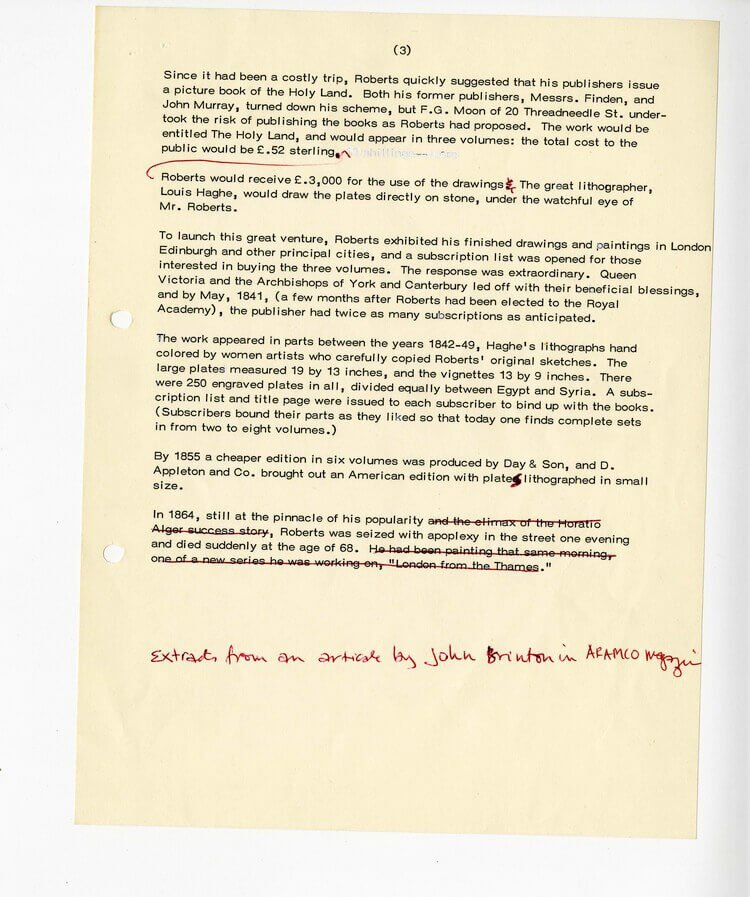
DAVID ROBERTS, 1976

LAILA SHAWA, 1976

LAILA SHAWA, 1976
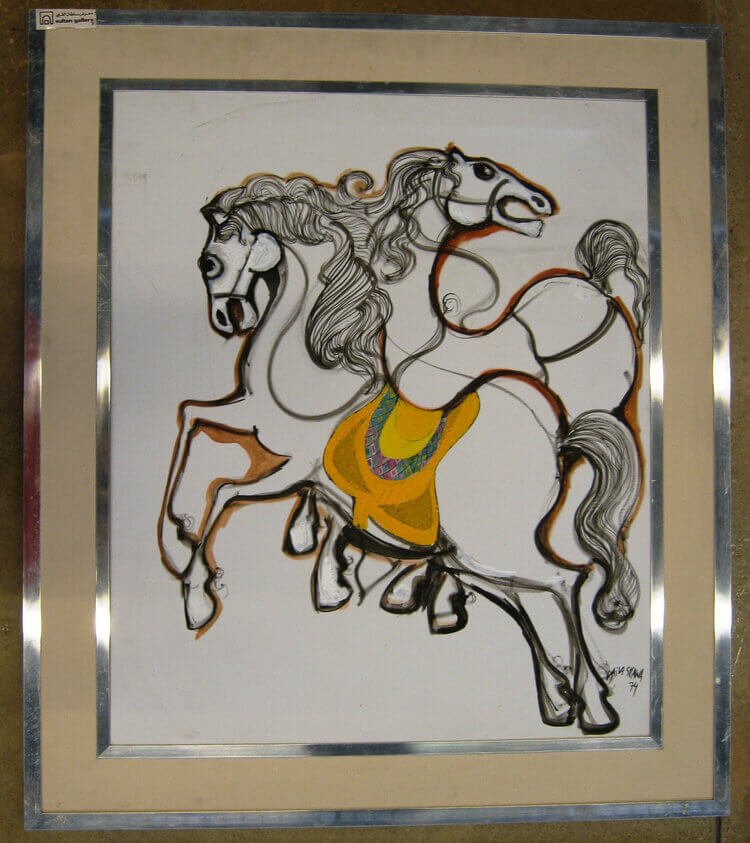
LAILA SHAWA, 1976

AMINE EL BACHA, 1976

AMINE EL BACHA, 1976

AMINE EL BACHA, 1976

DIA AL AZZAWI, 1977

DIA AL AZZAWI, 1977
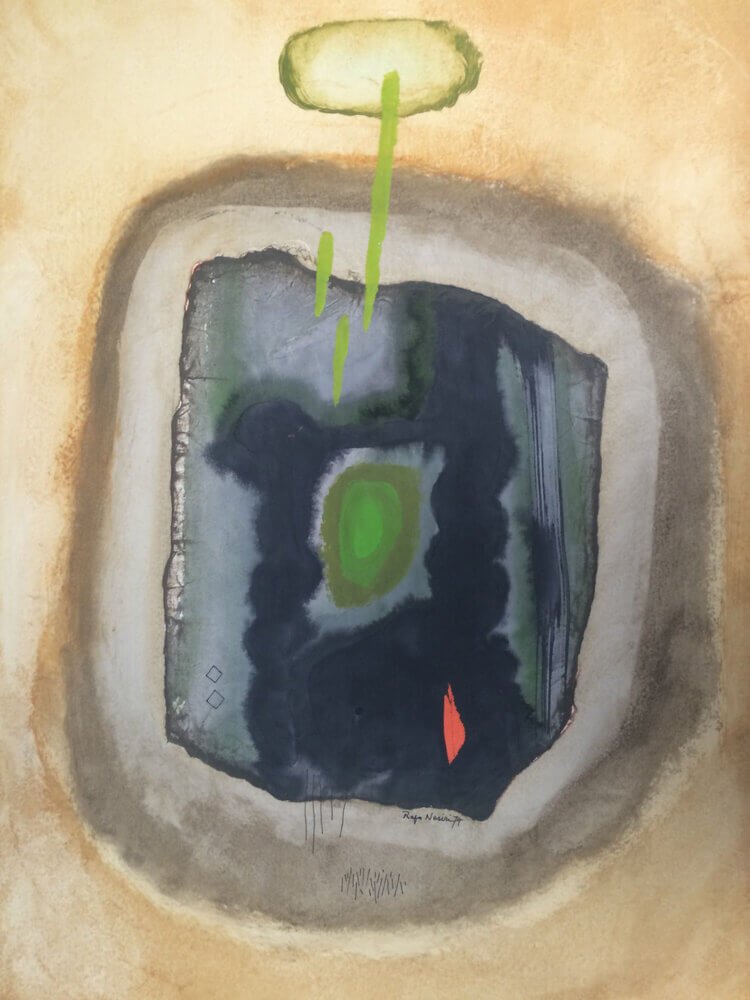
RAFA NASIRI, 1977
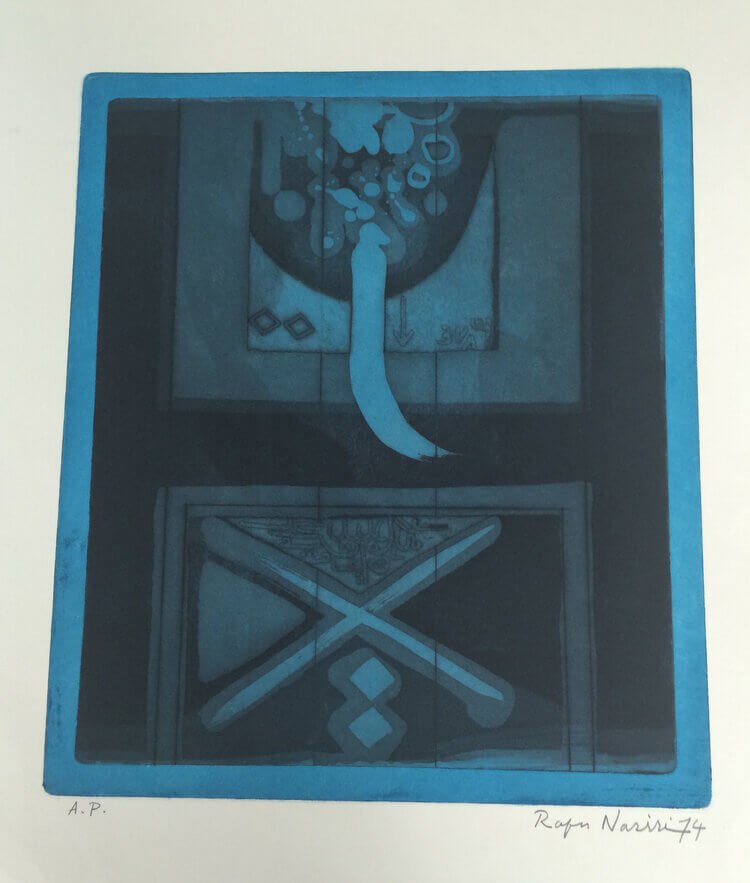
RAFA NASIRI, 1977
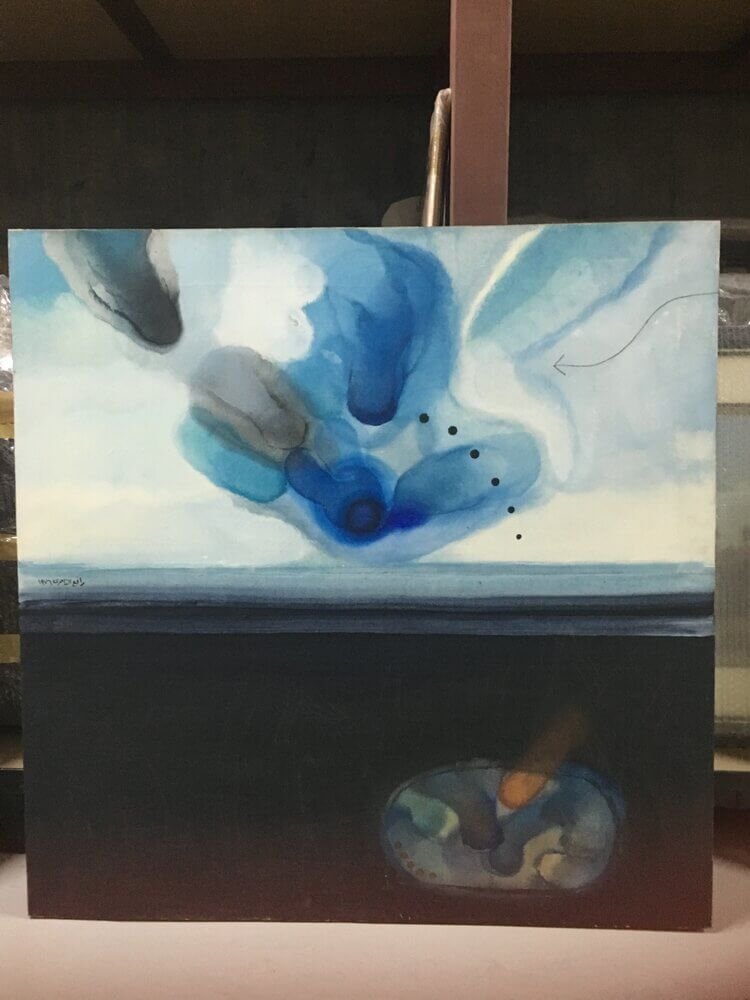
RAFA NASIRI, 1977

SALEH AL JUMAIE, 1977

SALEH AL JUMAIE, 1977
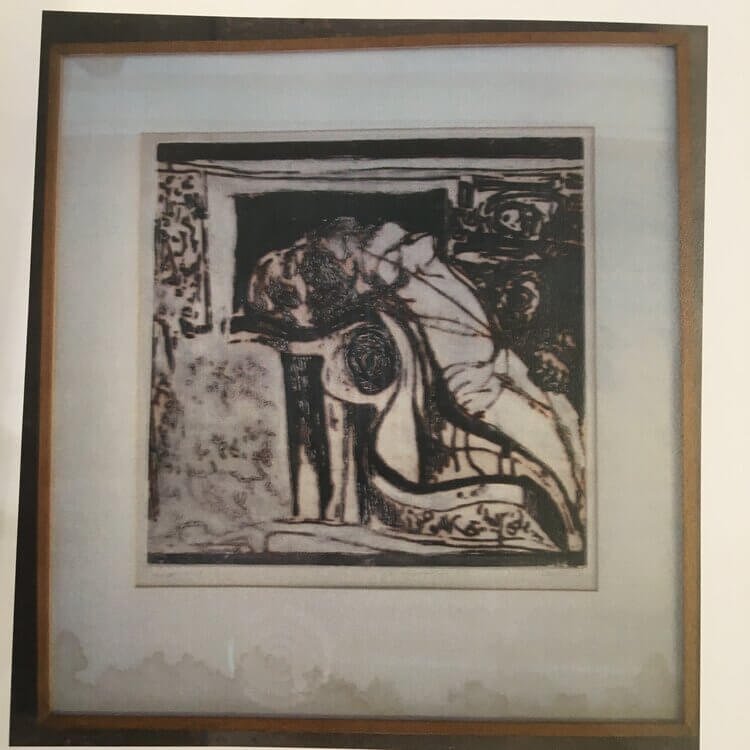
SALEH AL JUMAIE, 1977

AMINE EL BACHA, 1978

AMINE EL BACHA, 1978

AMINE EL BACHA, 1978
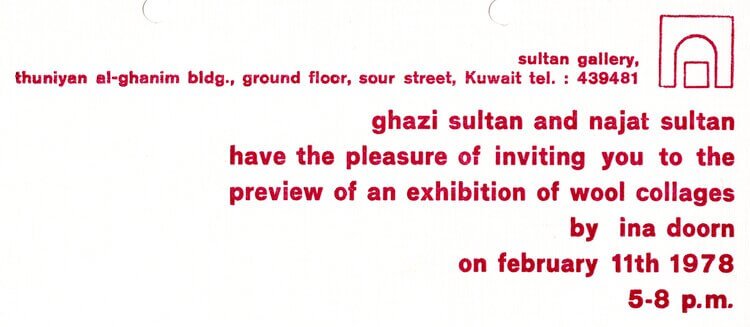
INA DOORN, 1978
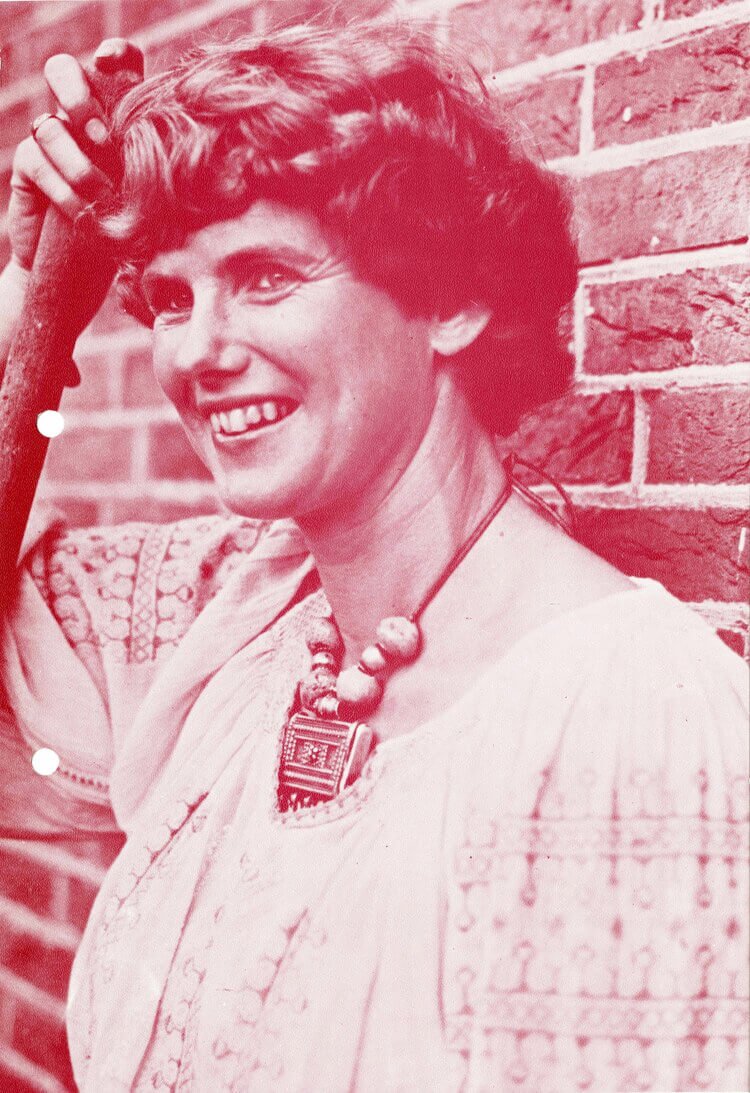
INA DOORN, 1978
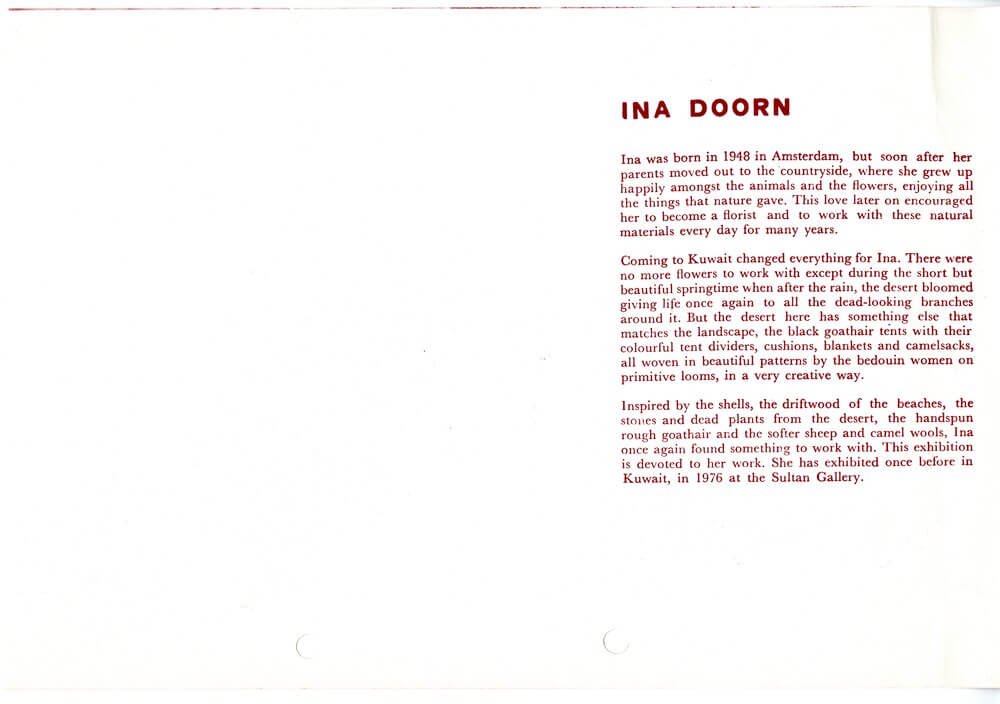
INA DOORN, 1978
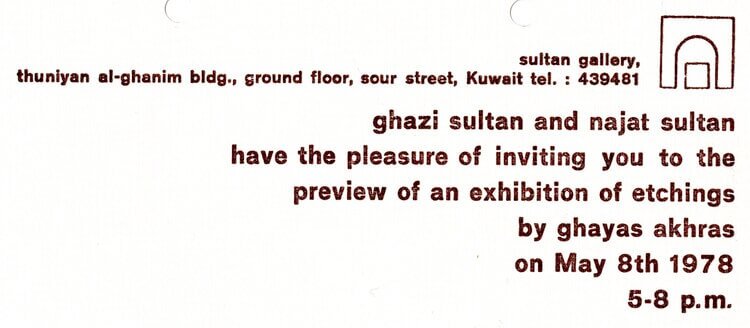
GHAYAS AKHRAS, 1978
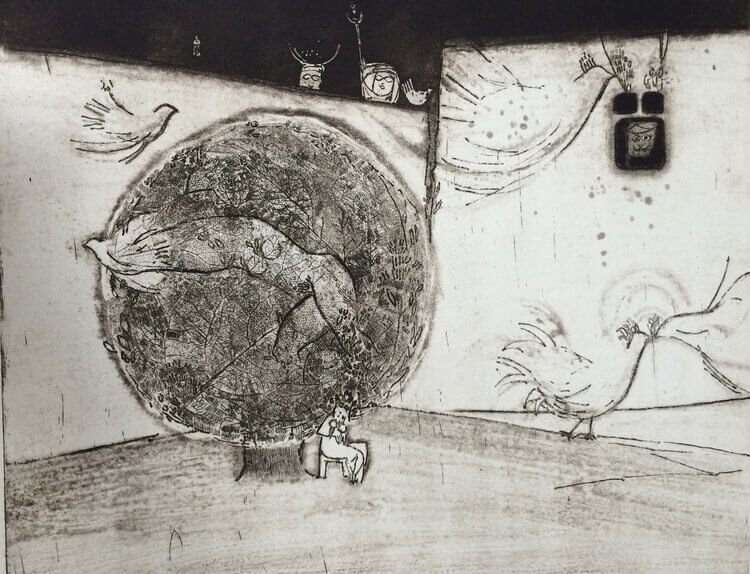
GHAYAS AKHRAS, 1978
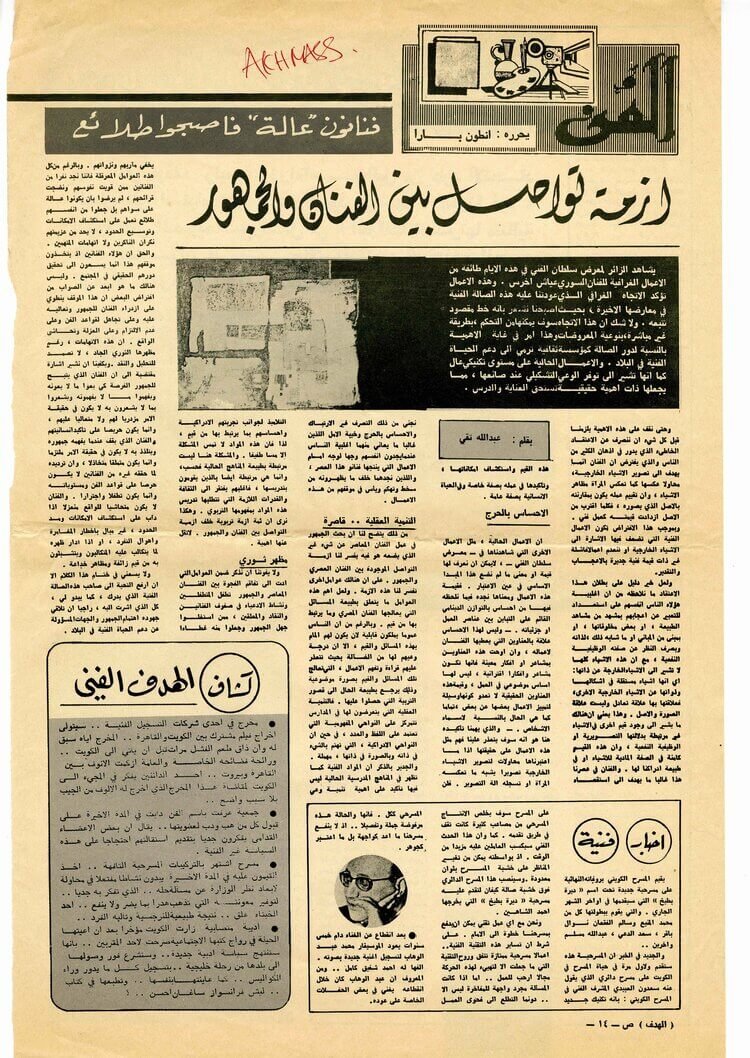
GHAYAS AKHRAS, 1978

SHAKIR HASSAN ALSAID, 1978
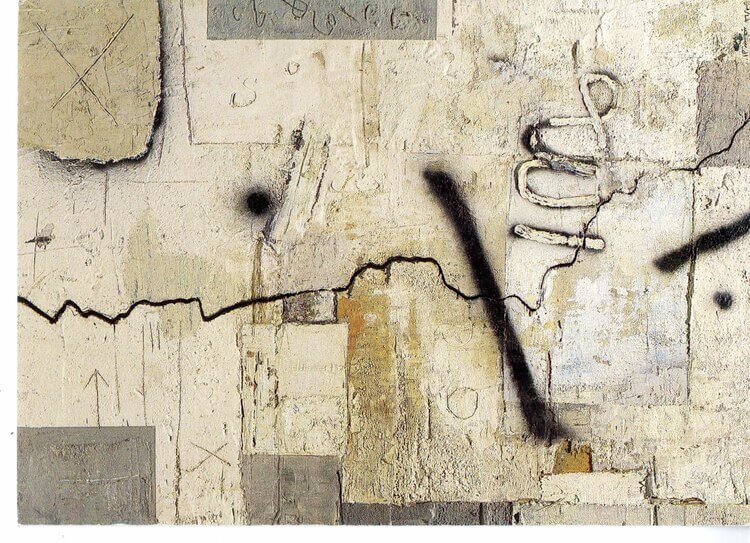
SHAKIR HASSAN ALSAID, 1978

SHAKIR HASSAN ALSAID, 1978
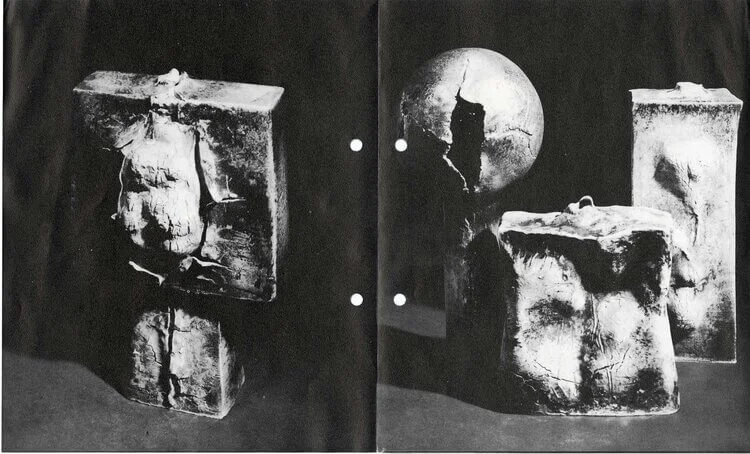
TARIQ IBRAHIM, 1979
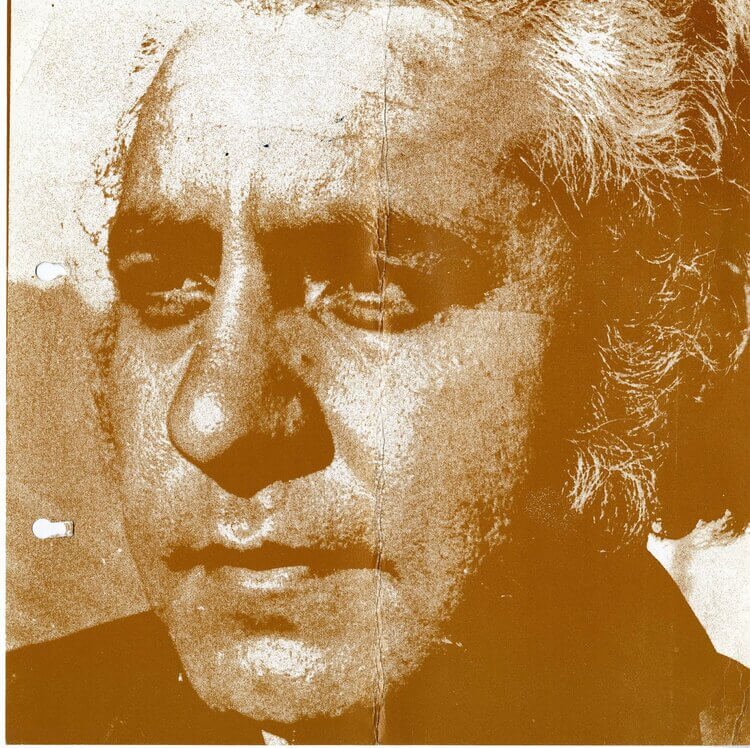
TARIQ IBRAHIM, 1979
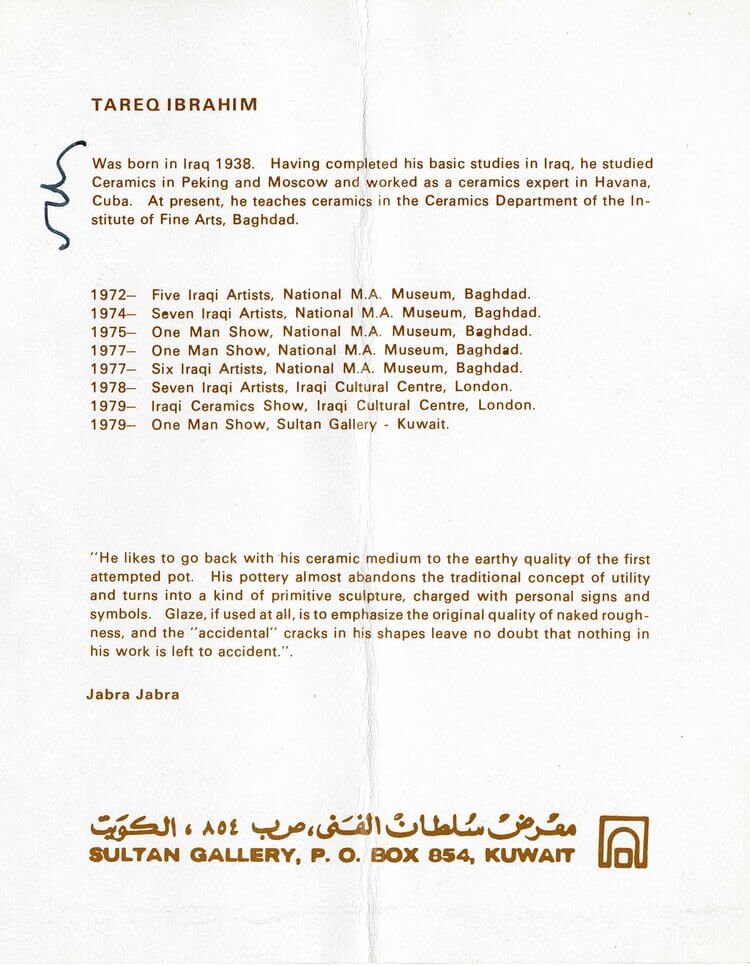
TARIQ IBRAHIM, 1979

TARIQ IBRAHIM, 1979

DANIELE NOEL, 1979

DANIELE NOEL, 1979
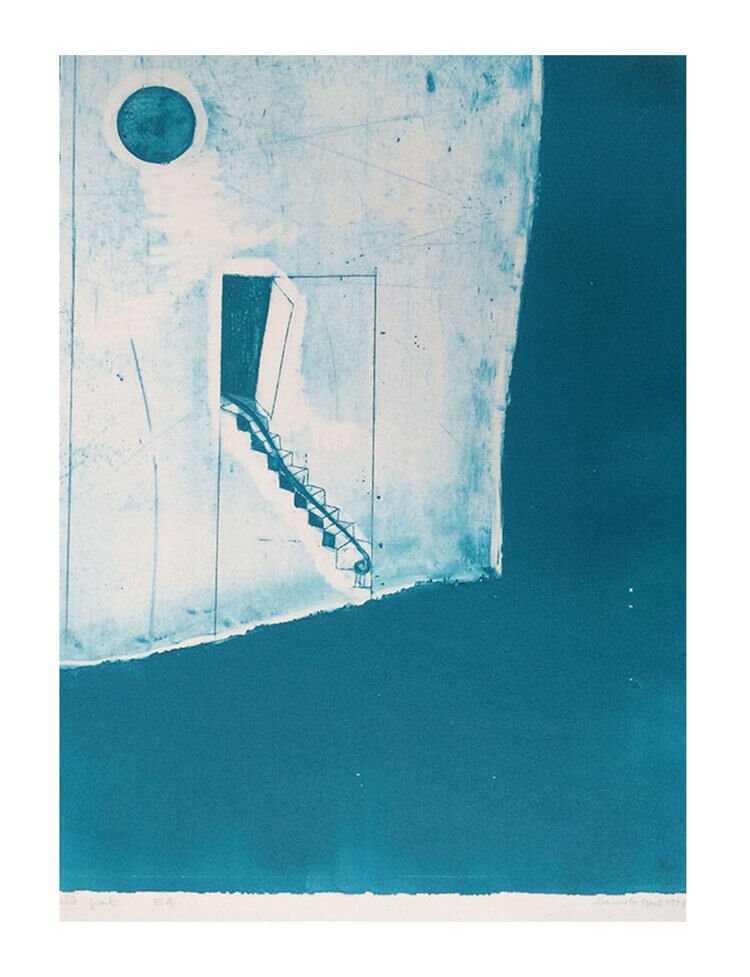
DANIELE NOEL, 1979

DANIELE NOEL, 1979
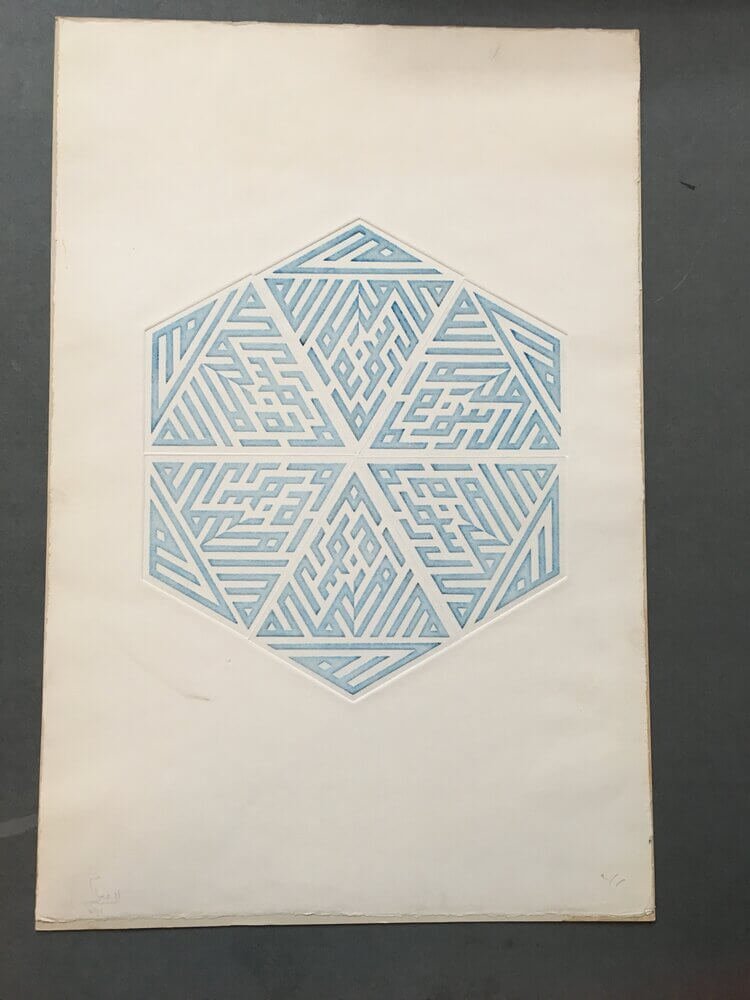
ISSAM ELSAID, 1979
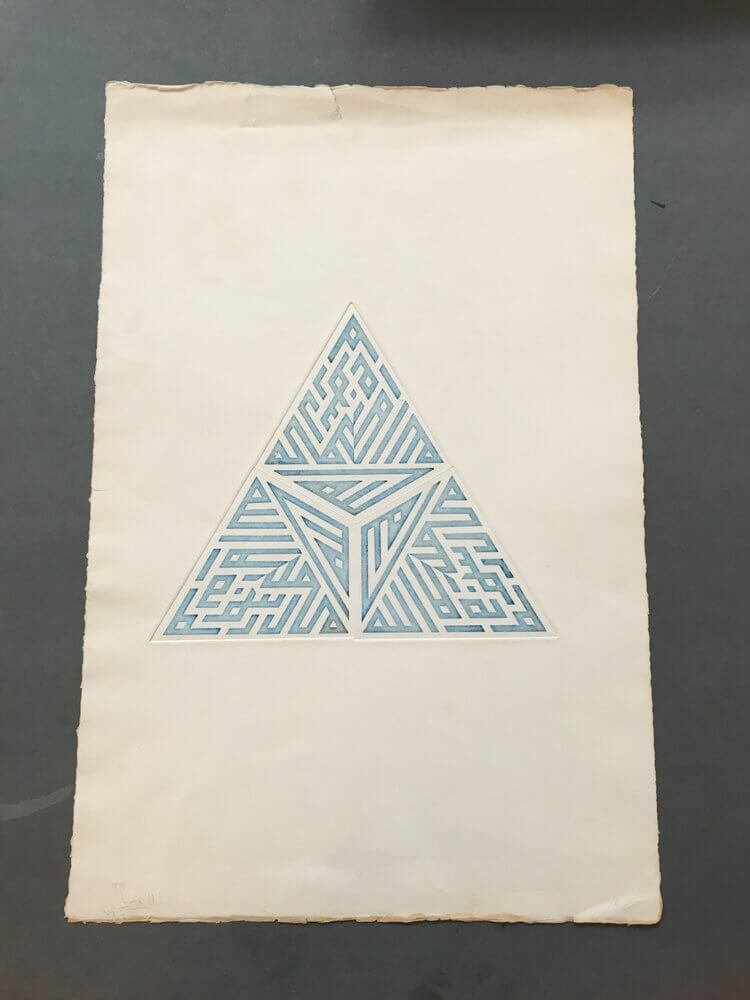
ISSAM ELSAID, 1979
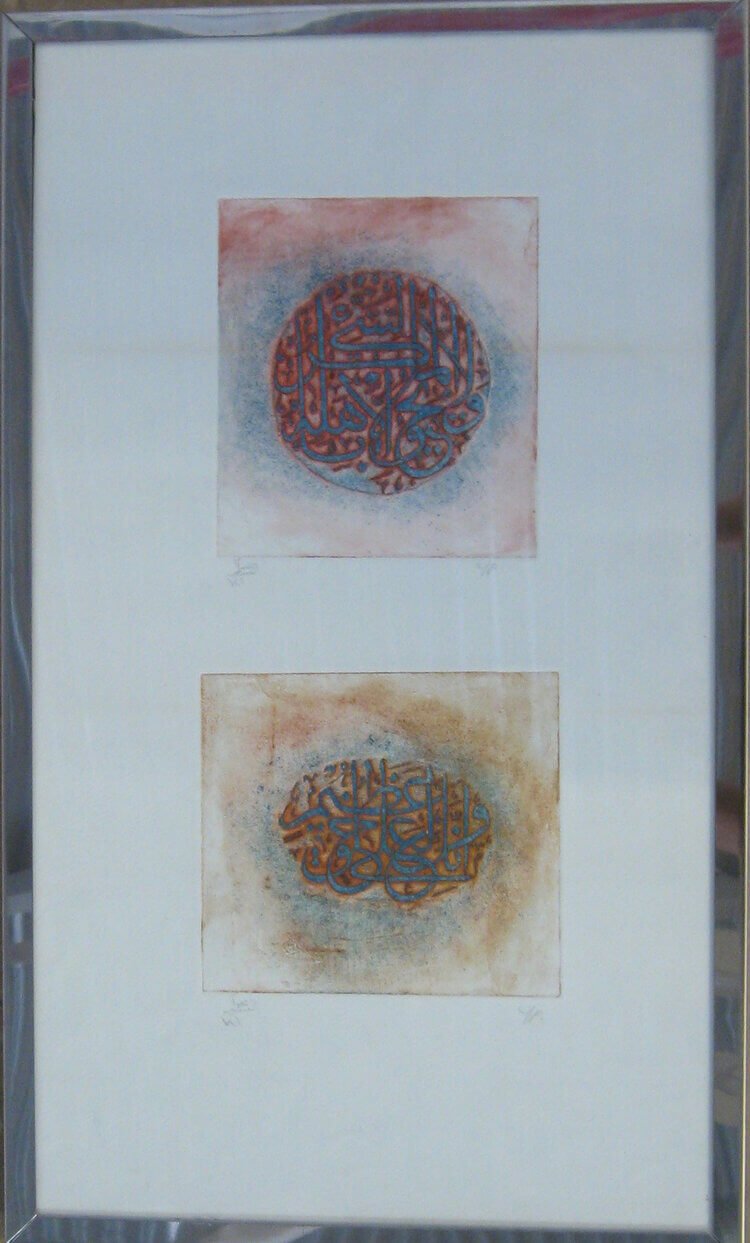
ISSAM ELSAID, 1979
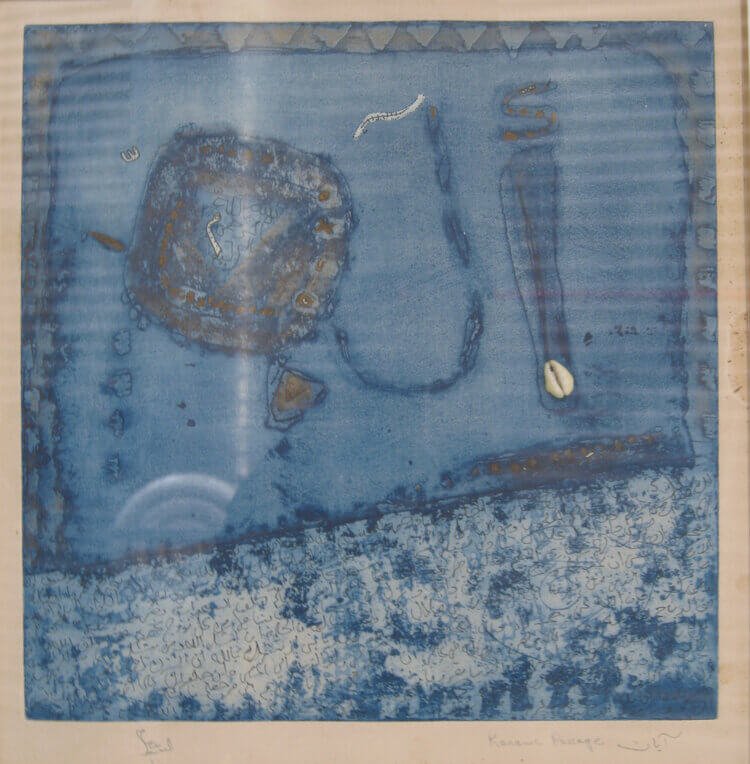
ISSAM ELSAID, 1979
“There is now in Kuwait a permanent art gallery, the first of its kind it is the result of the efforts of two young Kuwaitis, Najat and Ghazi Hamad Sultan. They had the courage to persist in their endeavours to found a permanent art gallery because they felt that the Arab world was inherently lacking in proper encouragement of the arts and they were making their small contribution in this encouragement.”
Permanent Art Gallery (The Kuwaiti - 19th of April, 1969)
1980 to 1990
1980 to 1990

MAPS OF ARABIA, 1980

MAPS OF ARABIA, 1980

MAPS OF ARABIA, 1980
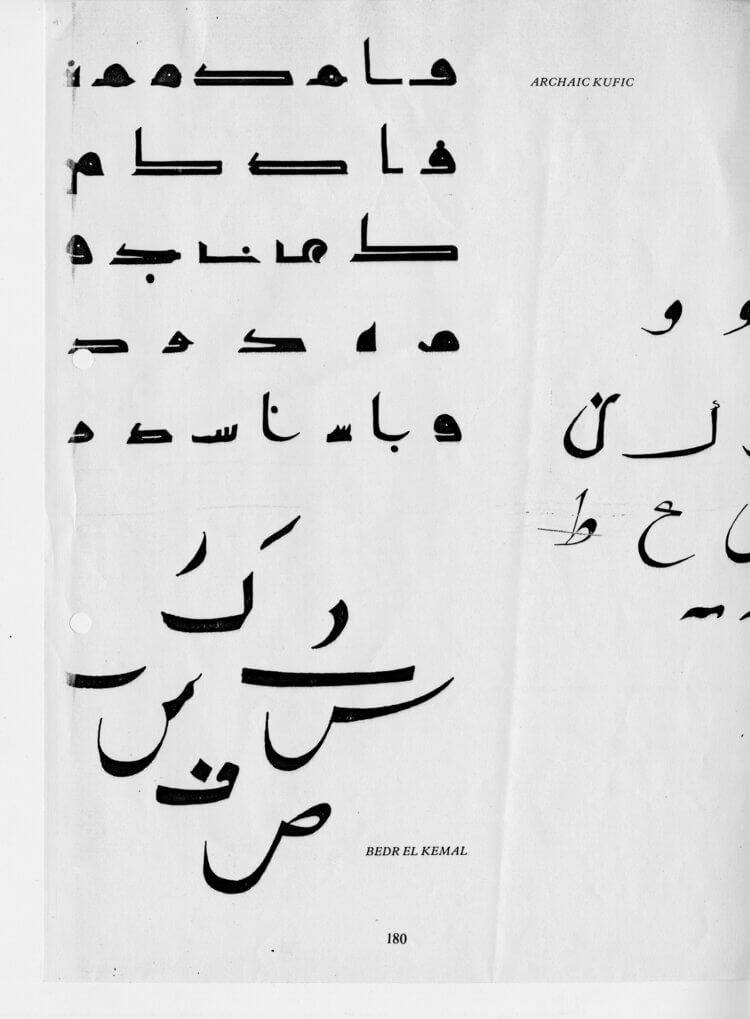
ASPECTS OF ARABIC CALLIGRAPHY, 1980
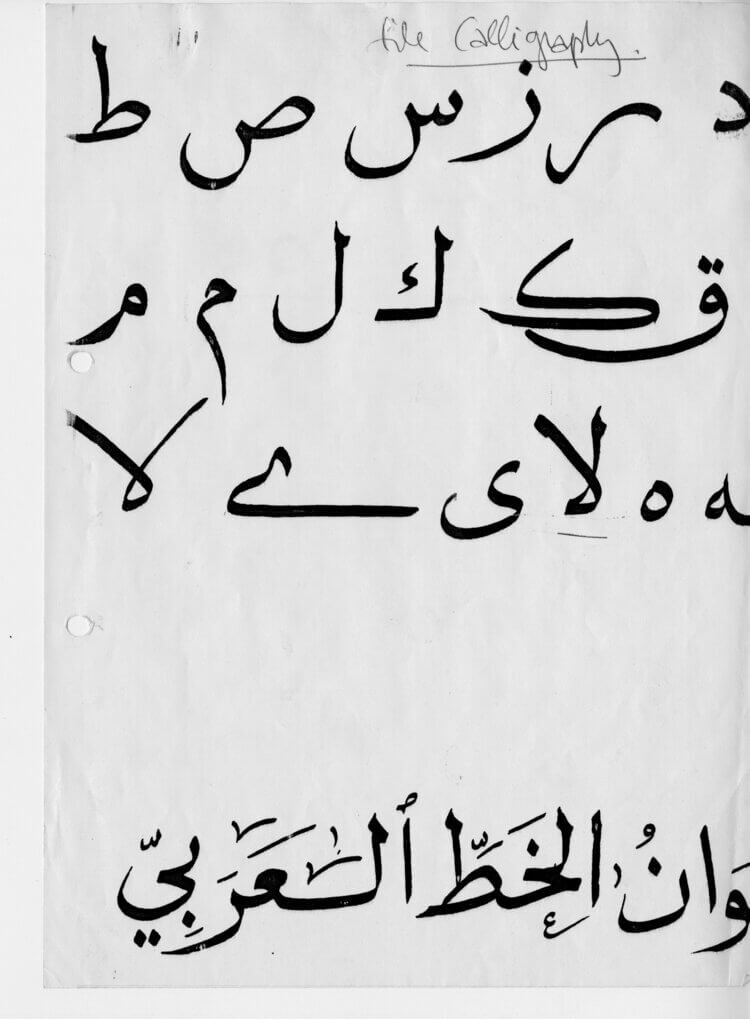
ASPECTS OF ARABIC CALLIGRAPHY, 1980
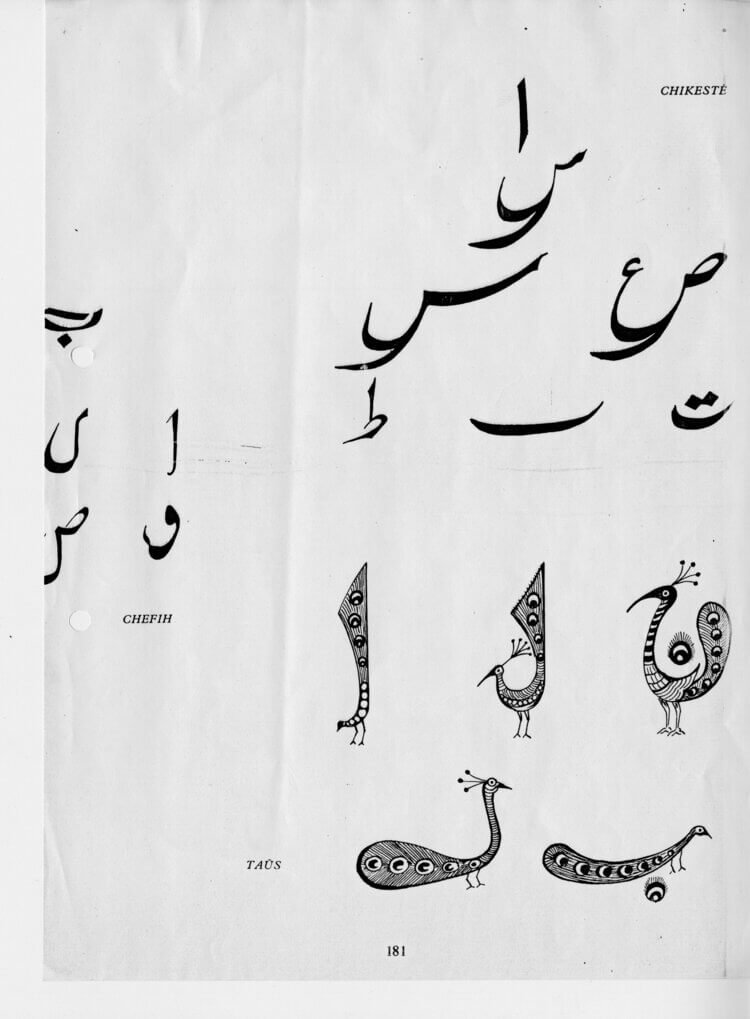
ASPECTS OF ARABIC CALLIGRAPHY, 1980
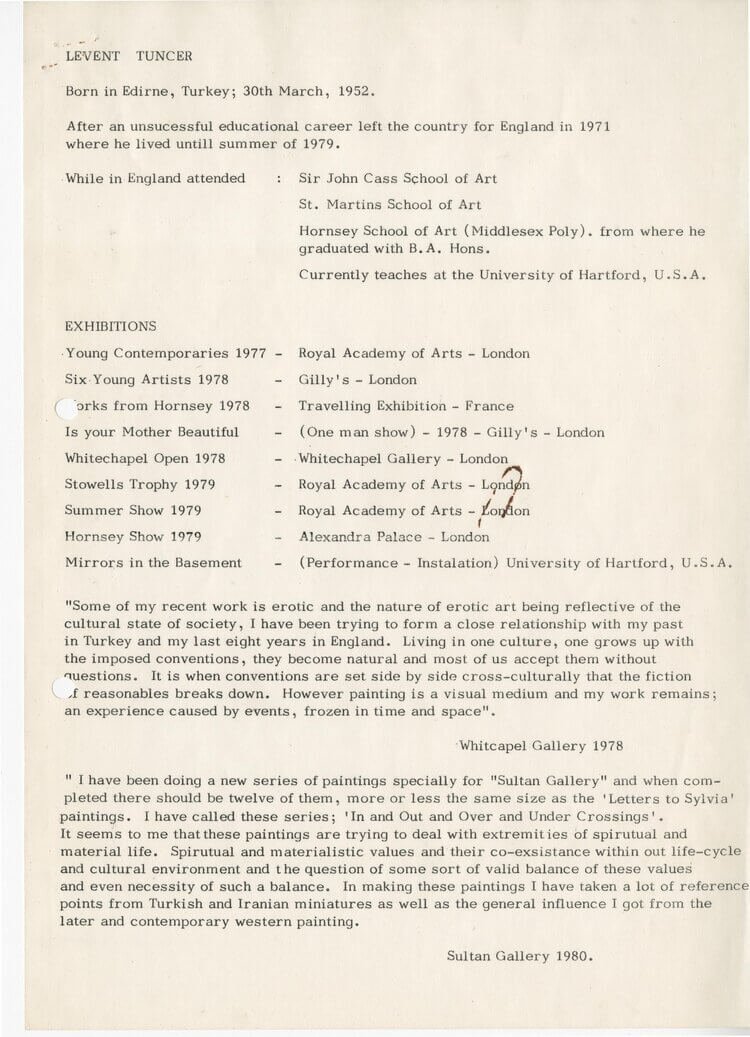
LEVENT TUNCER, 1980
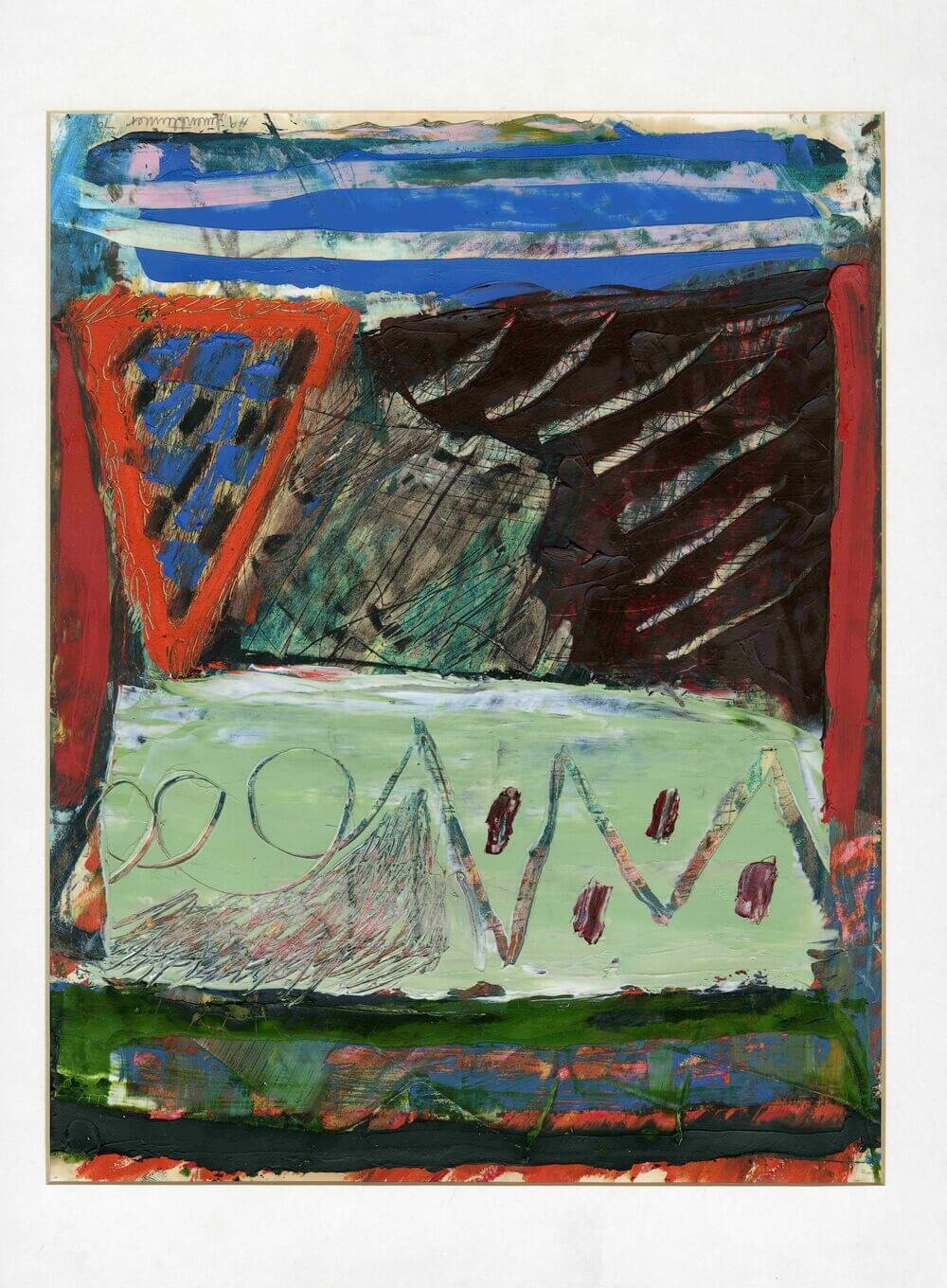
LEVENT TUNCER, 1980

LEVENT TUNCER, 1980

YAHYA SWAILEM, 1980
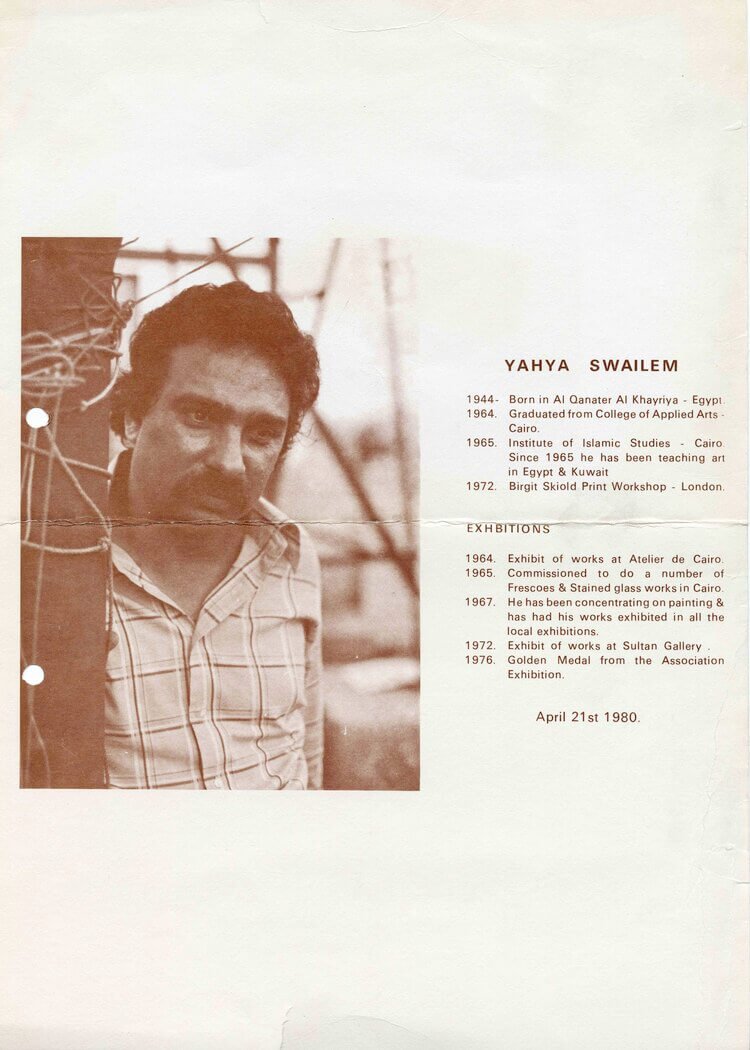
YAHYA SWAILEM, 1980

YAHYA SWAILEM, 1980

RAFA NASIRI, 1980
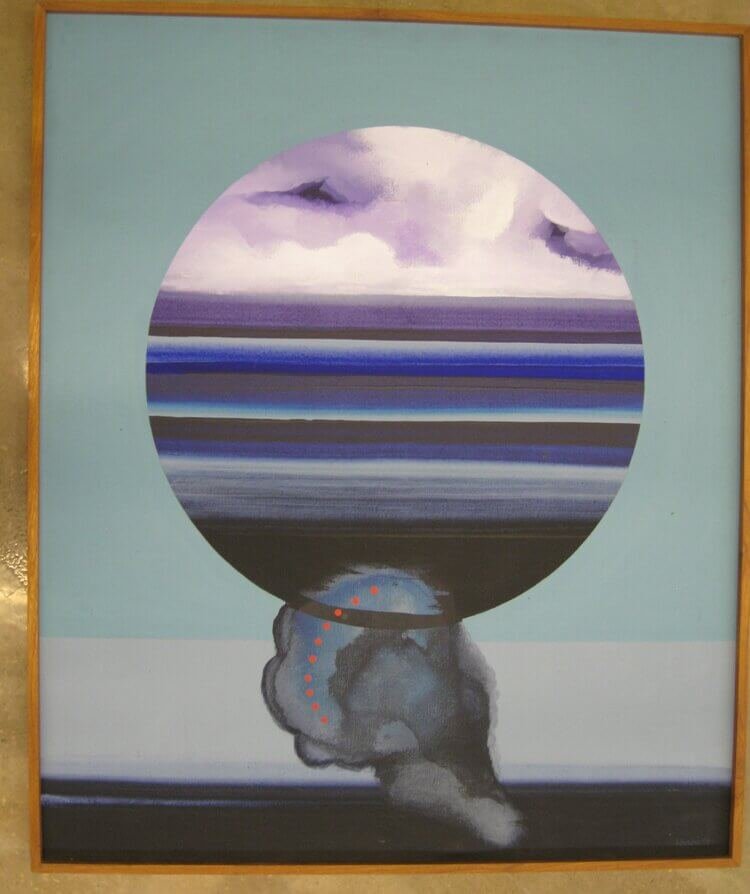
RAFA NASIRI, 1980

RAFA NASIRI, 1980

JAFAR ISLAH, 1980

JAFAR ISLAH, 1980
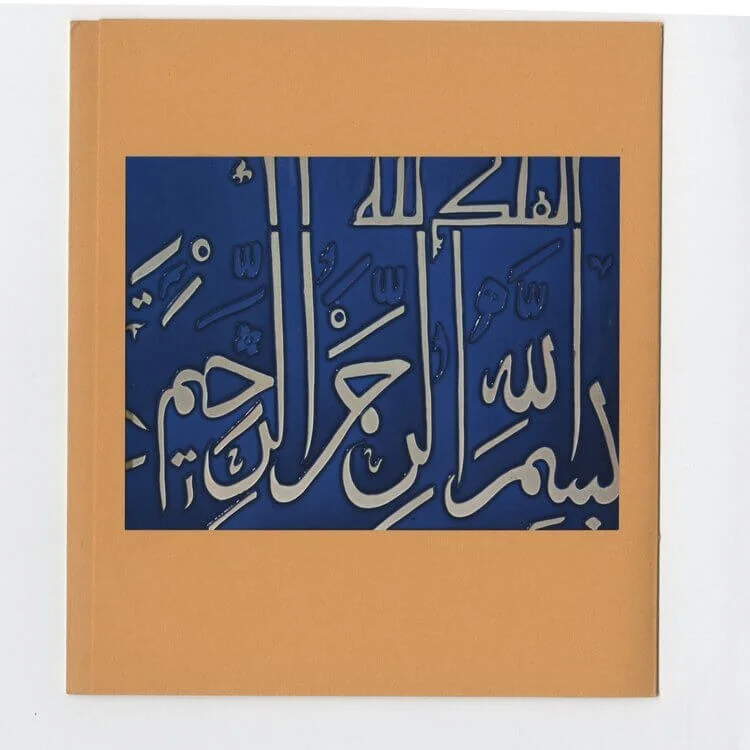
JAFAR ISLAH, 1980

RACHID KORAISHI, 1981

RACHID KORAISHI, 1981

RACHID KORAISHI, 1981

SUAD YOUSEF ALESSA, 1981

SUAD YOUSEF ALESSA, 1981
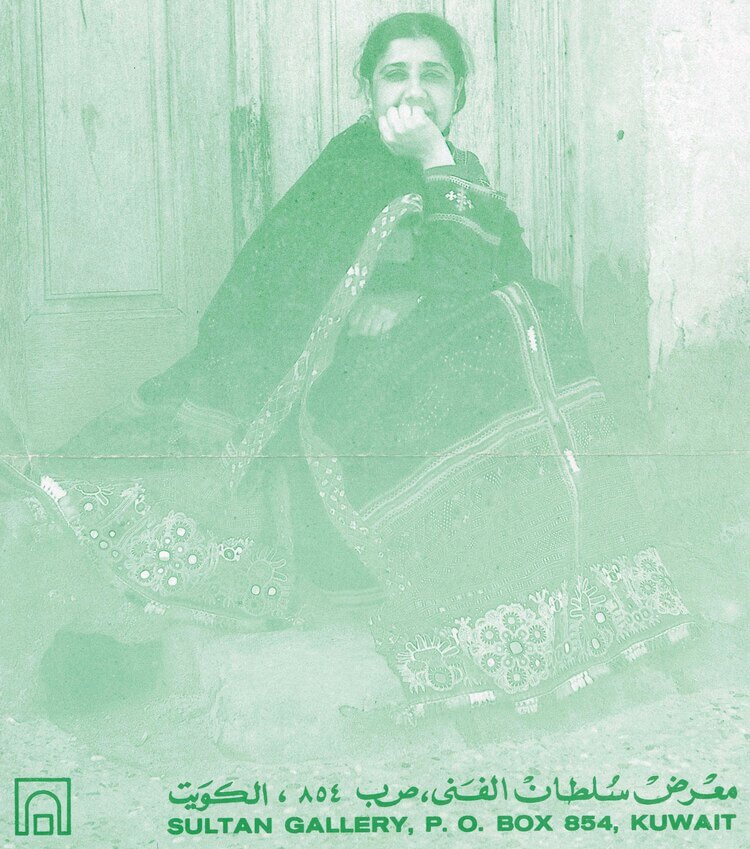
SUAD YOUSEF ALESSA, 1981

SUAD YOUSEF ALESSA, 1981

SUAD YOUSEF ALESSA, 1981
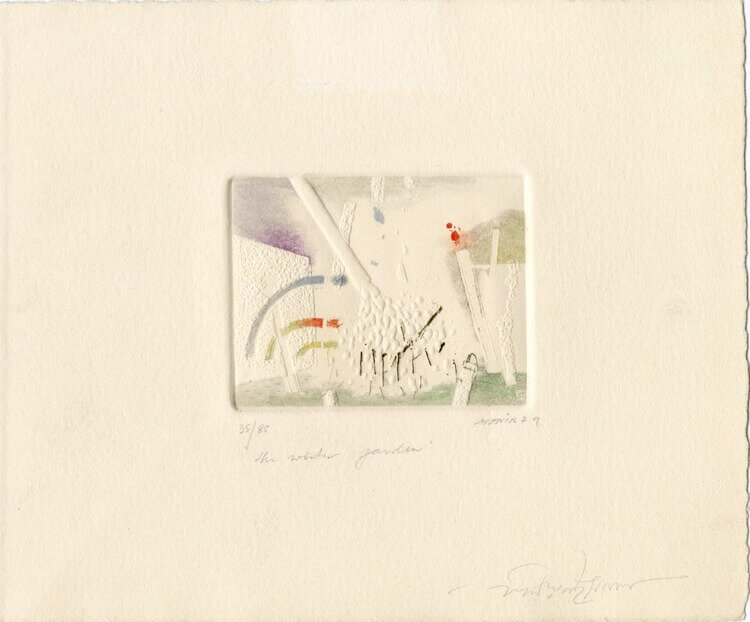
MONIRUL ISLAM, 1981
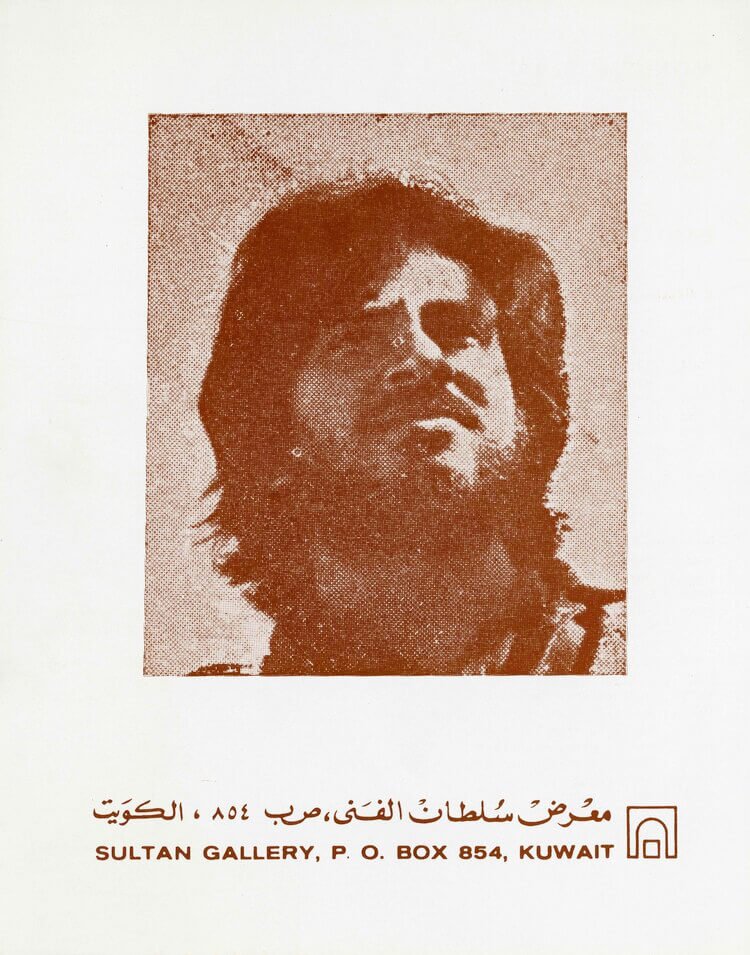
MONIRUL ISLAM, 1981
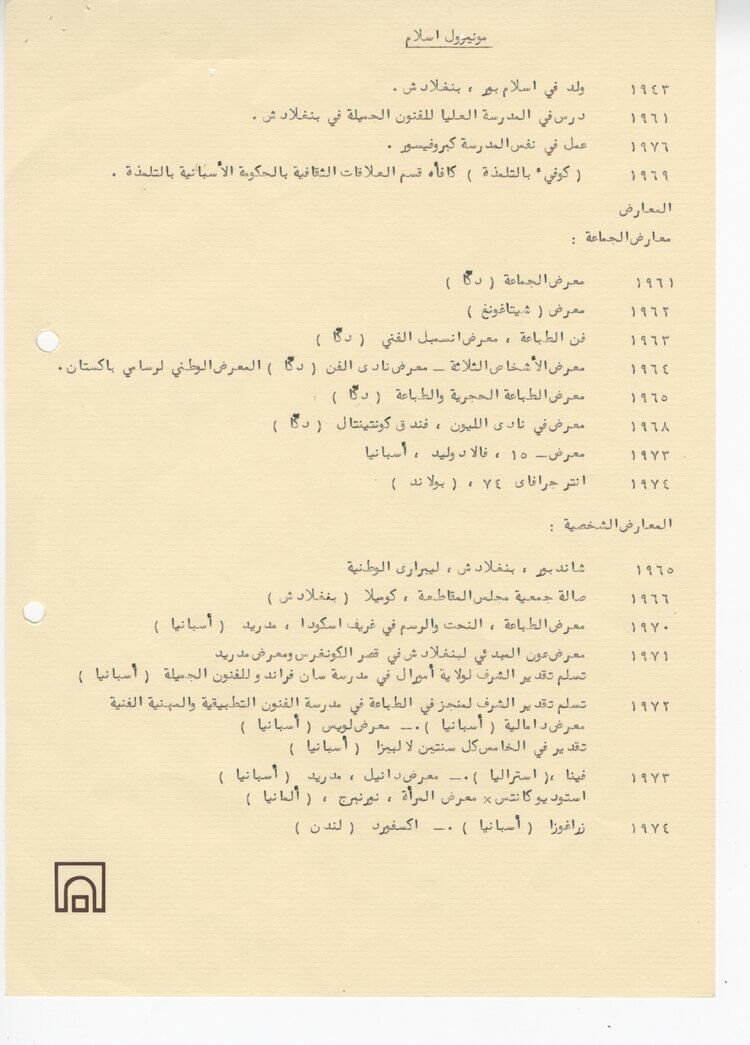
MONIRUL ISLAM, 1981
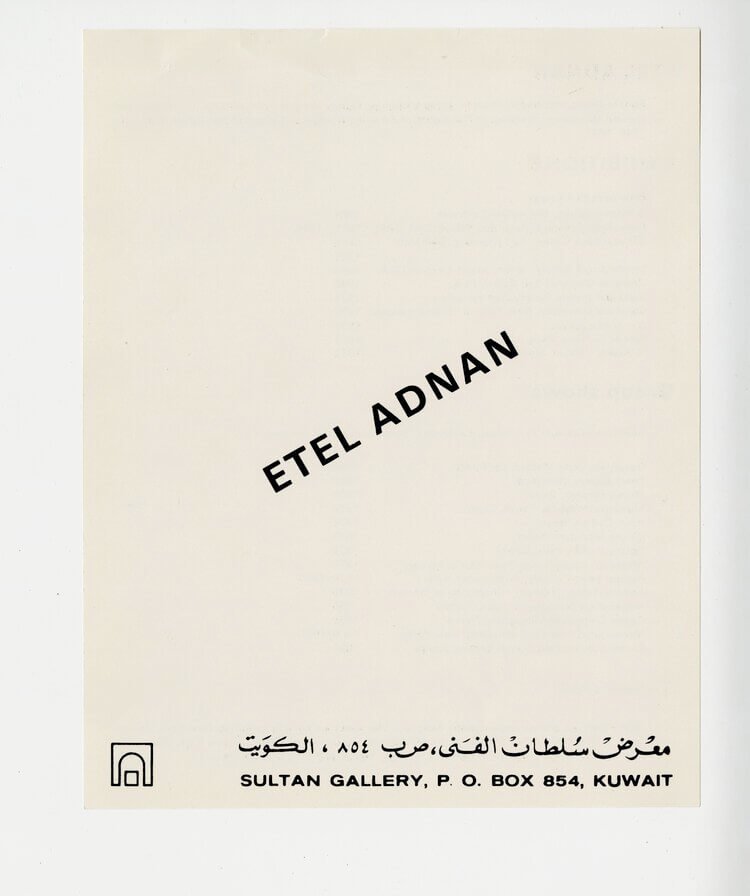
ETEL ADNAN, 1982
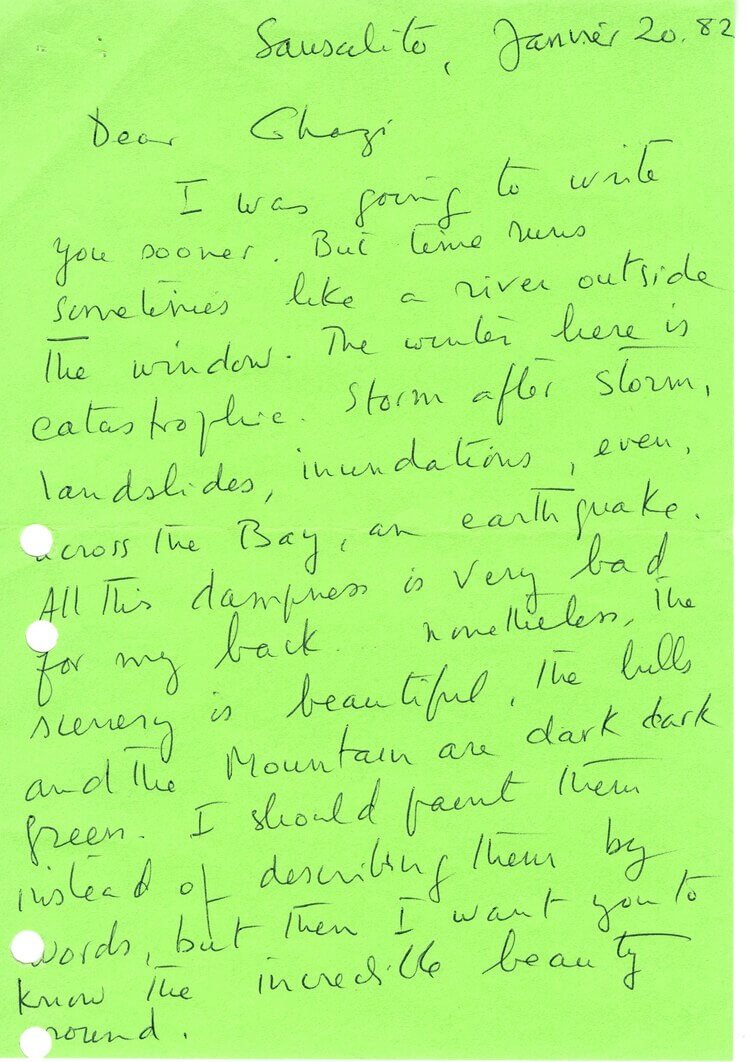
ETEL ADNAN, 1982

ETEL ADNAN, 1982

SHAKIR HASSAN ALSAID, 1982
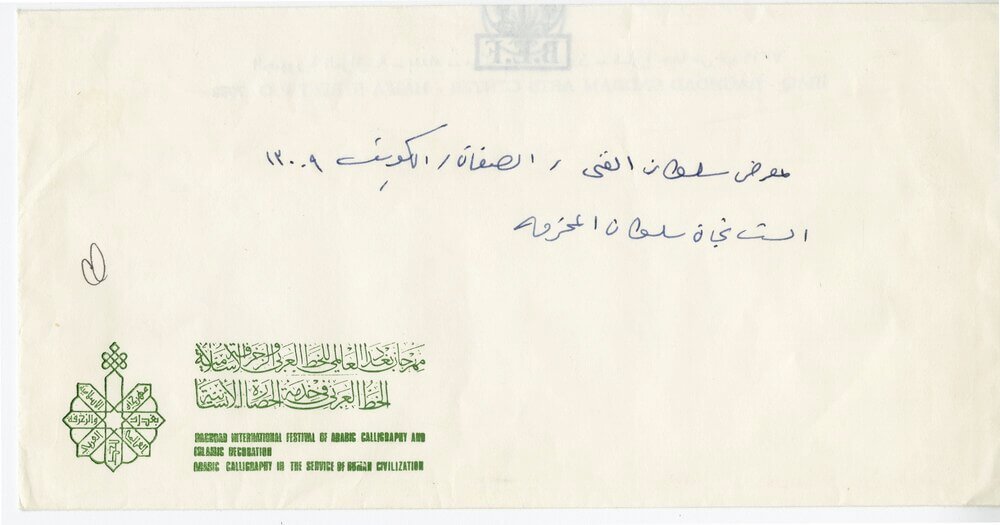
SHAKIR HASSAN ALSAID, 1982
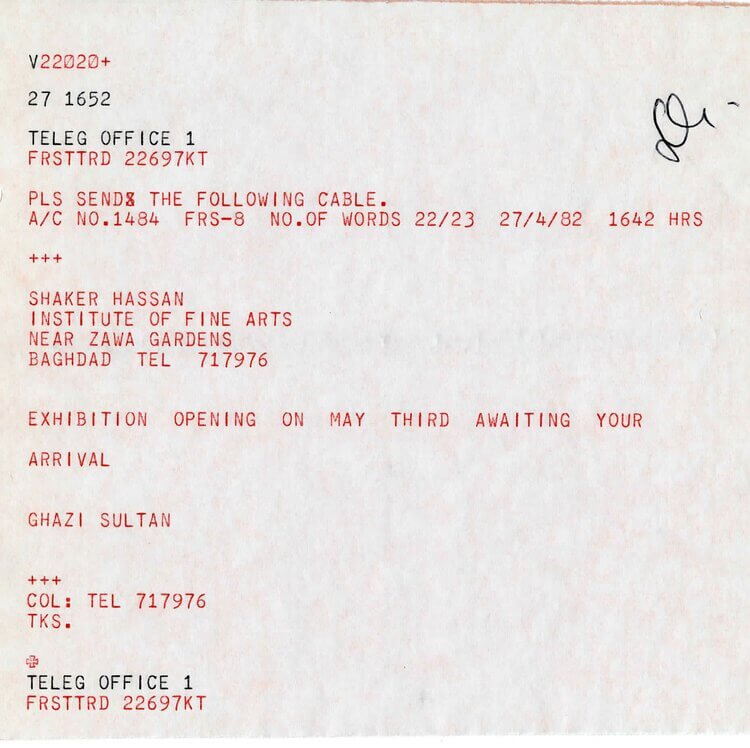
SHAKIR HASSAN ALSAID, 1982
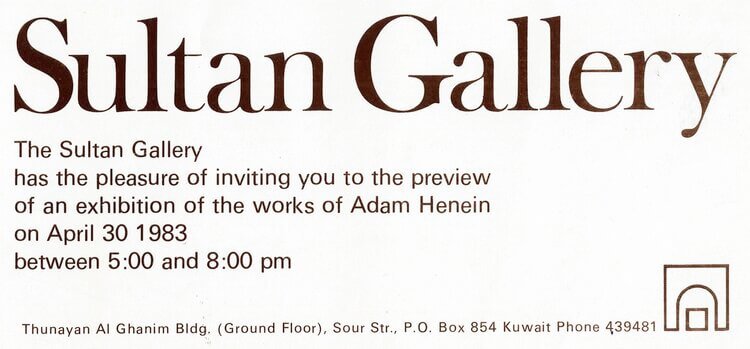
ADAM HENIEN, 1983
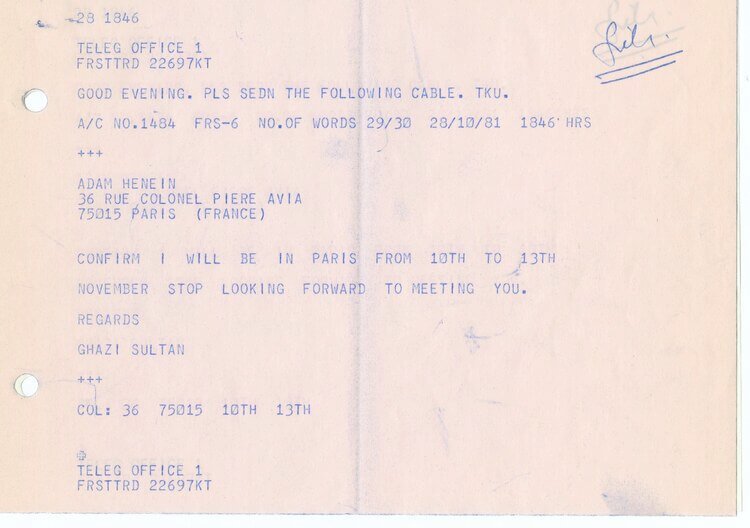
ADAM HENIEN, 1983
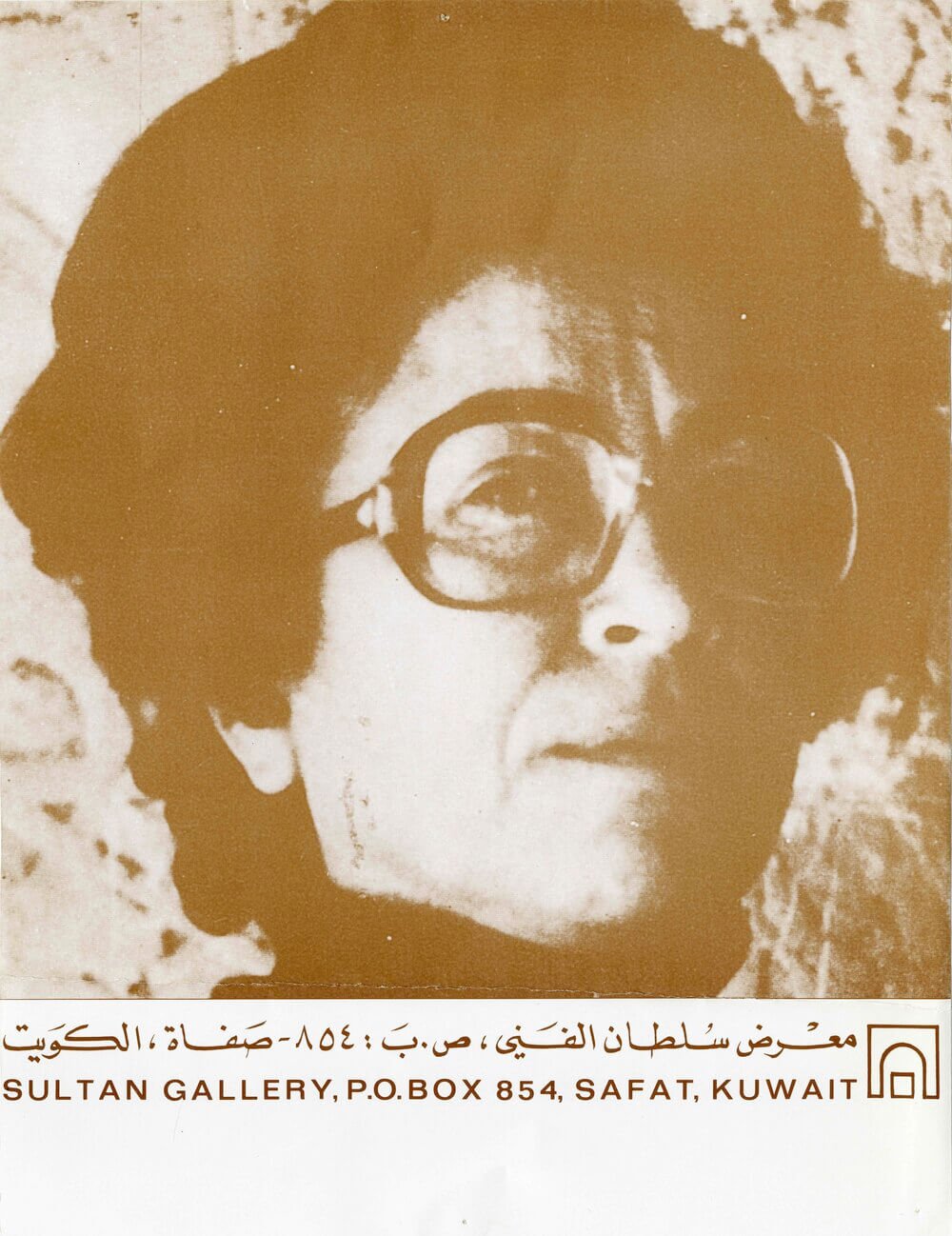
GAZBIA SIRRY, 1983
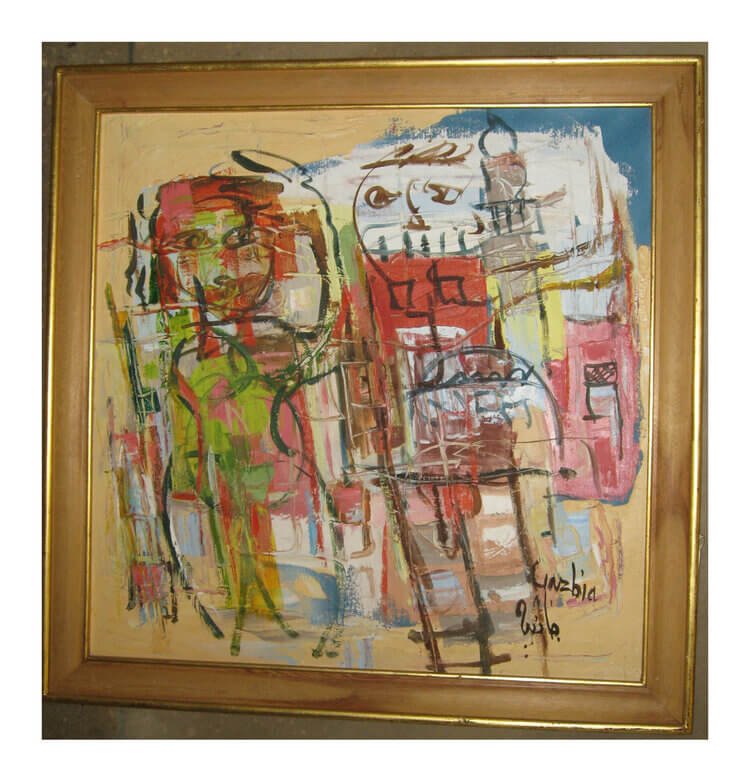
GAZBIA SIRRY, 1983
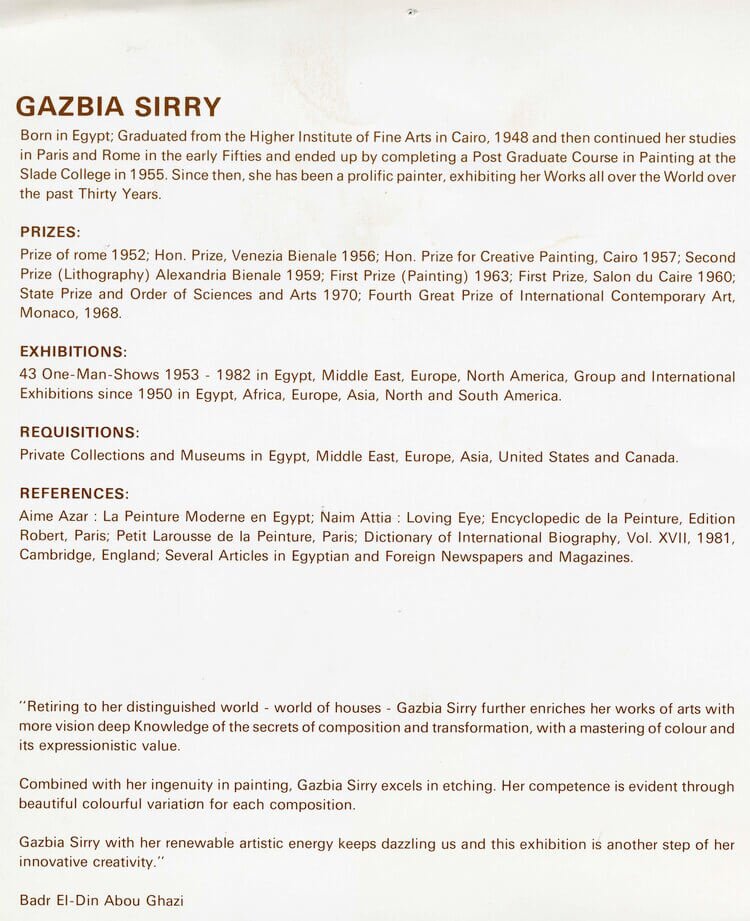
GAZBIA SIRRY, 1983
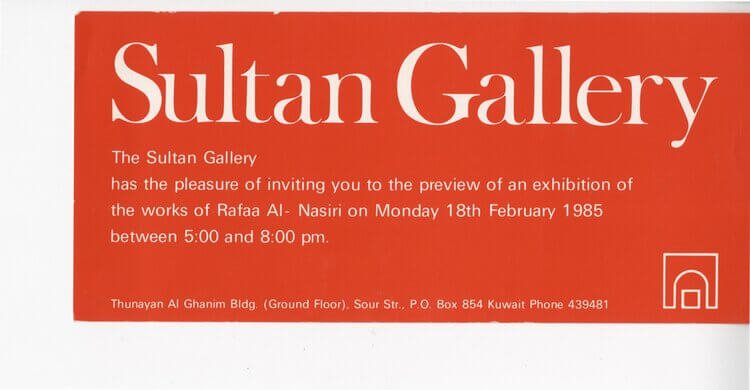
RAFA NASIRI, 1985
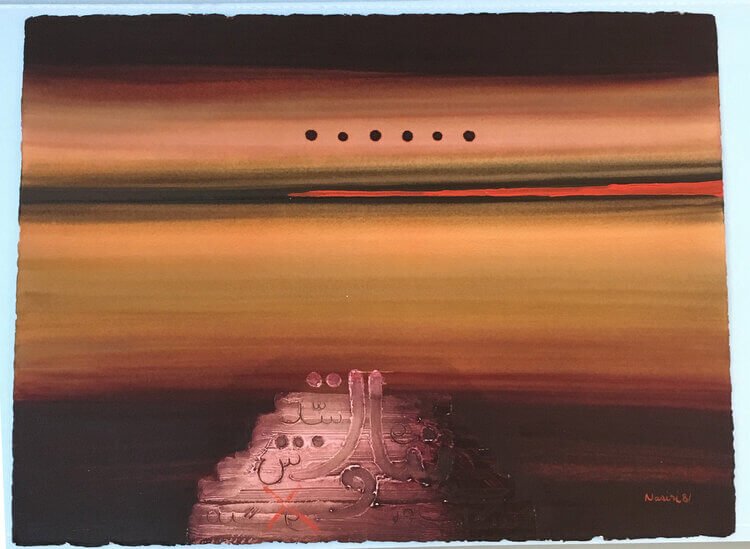
RAFA NASIRI, 1985
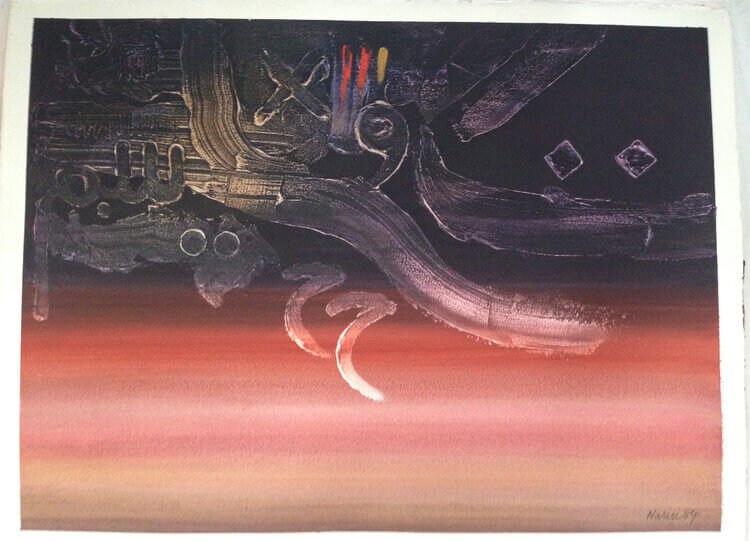
RAFA NASIRI, 1985
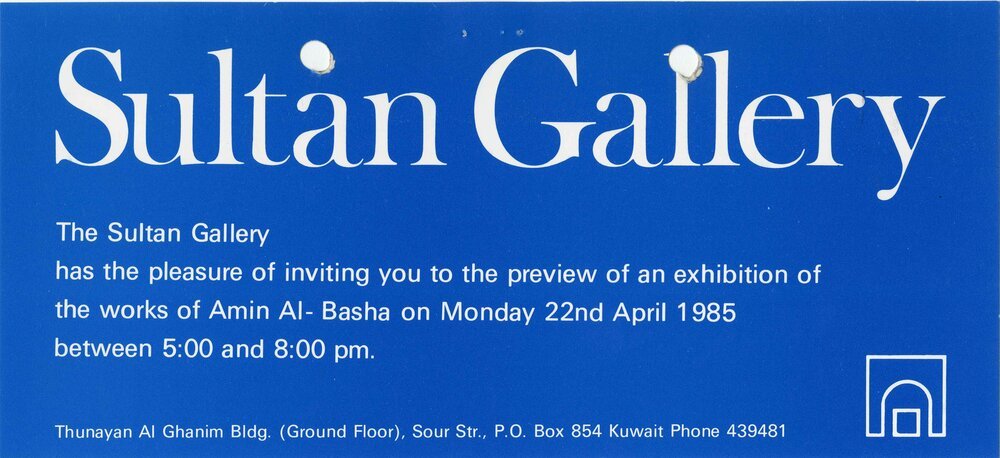
AMINE EL BACHA, 1985
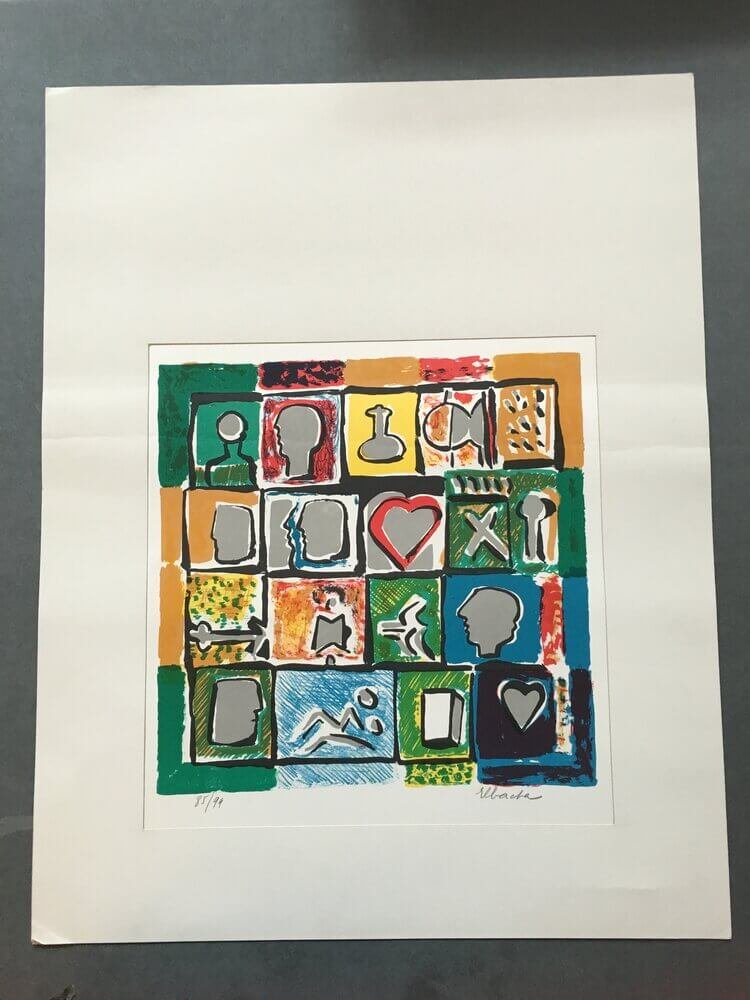
AMINE EL BACHA, 1985
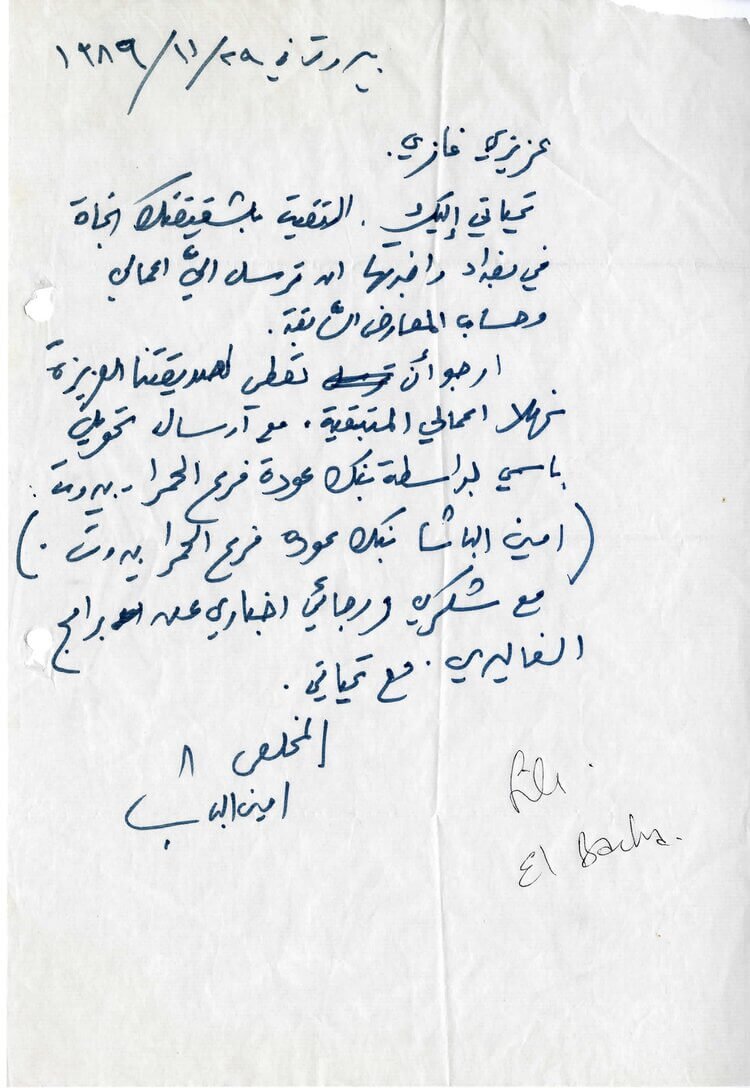
AMINE EL BACHA, 1985

JANE WALLER, 1985

JANE WALLER, 1985
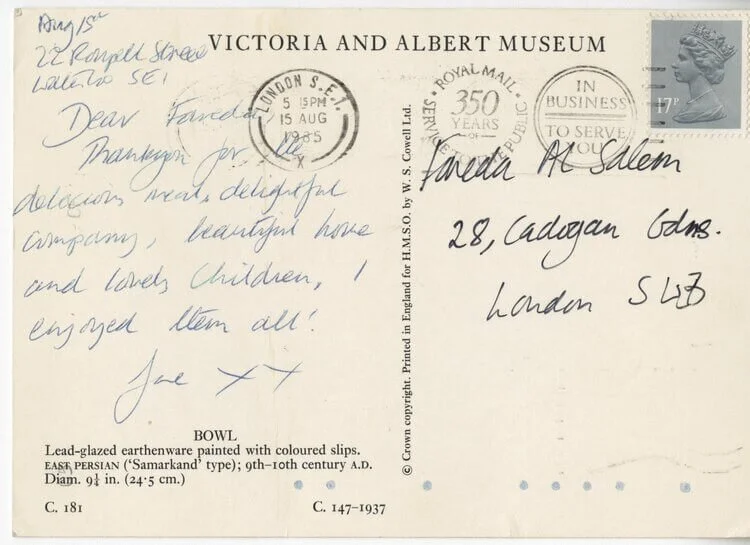
JANE WALLER, 1985
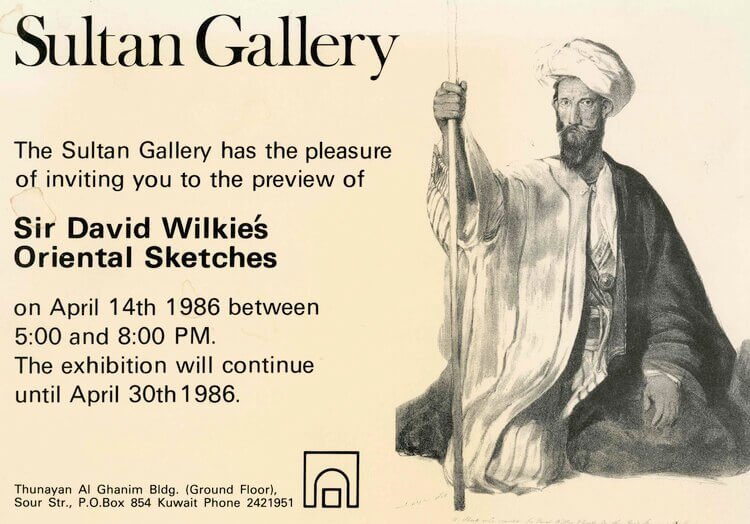
DAVID WILKIE, 1986
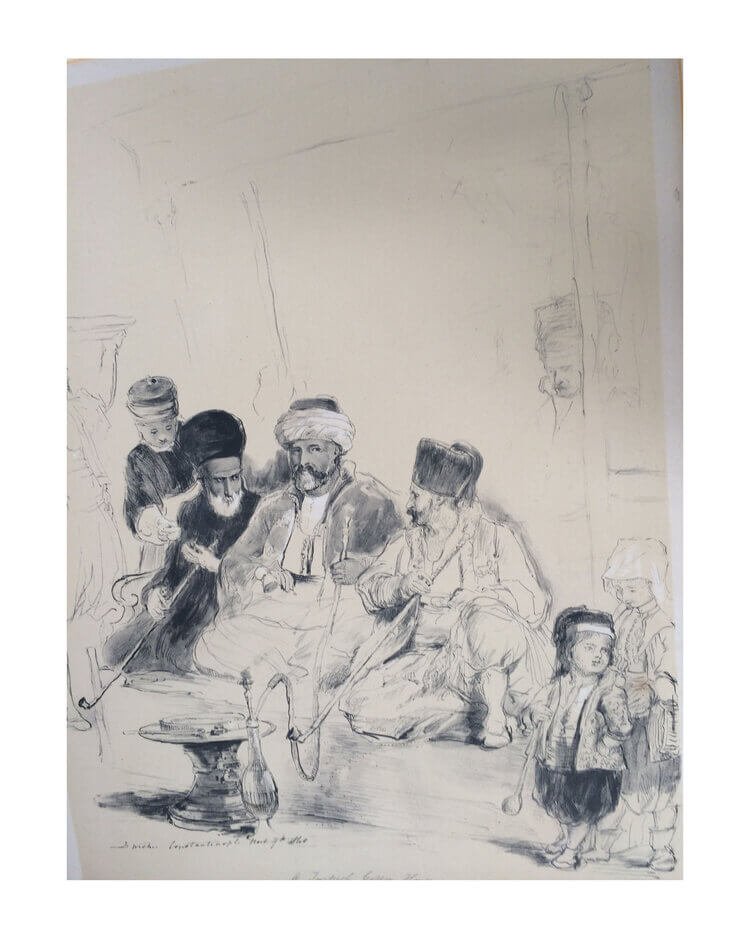
DAVID WILKIE, 1986
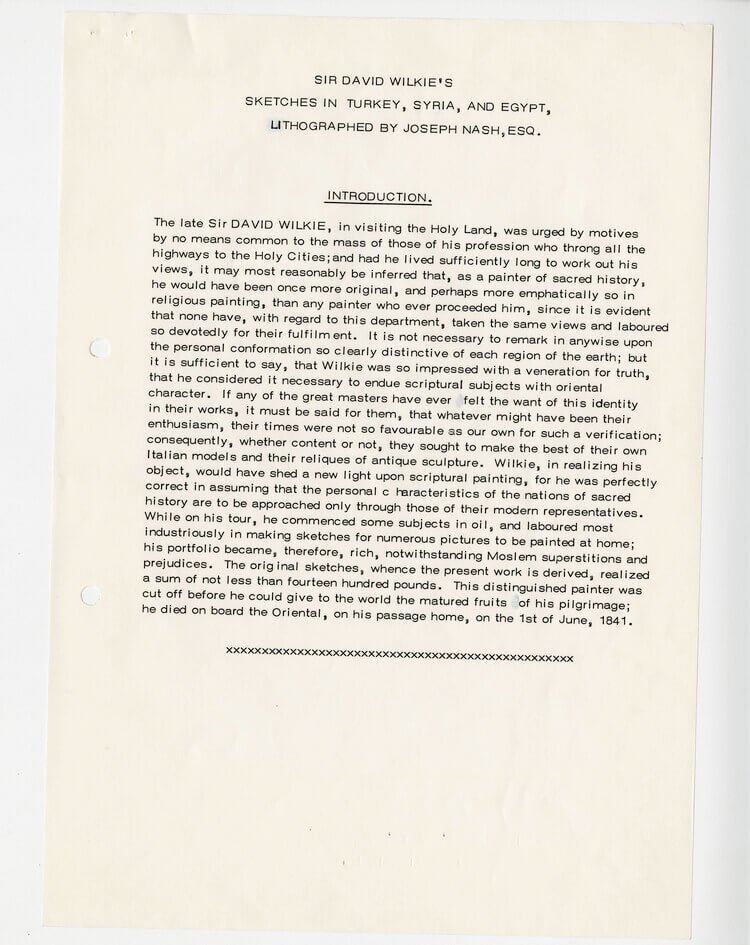
DAVID WILKIE, 1986

SHAKIR HASSAN ALSAID, 1986

SHAKIR HASSAN ALSAID, 1986

SHAKIR HASSAN ALSAID, 1986

PATRICIA MILLNS, 1986

PATRICIA MILLNS, 1986

PATRICIA MILLNS, 1986

RIMA FARAH, 1987

RIMA FARAH, 1987

RIMA FARAH, 1987
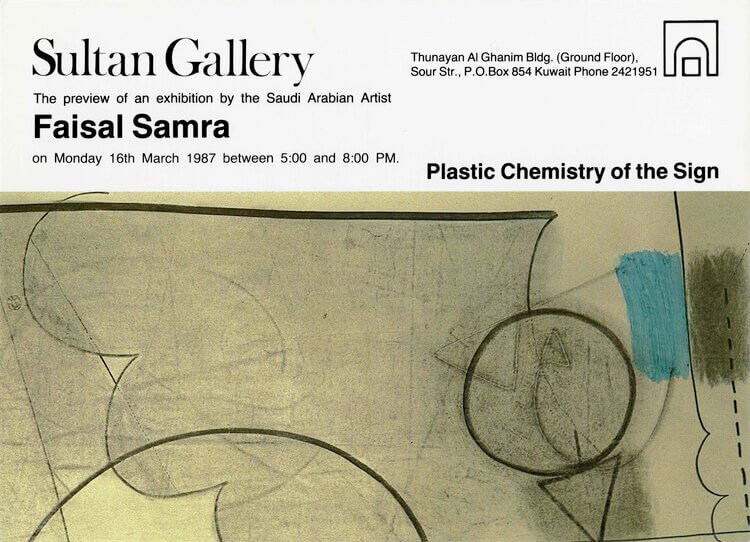
FAISAL SAMRA, 1987
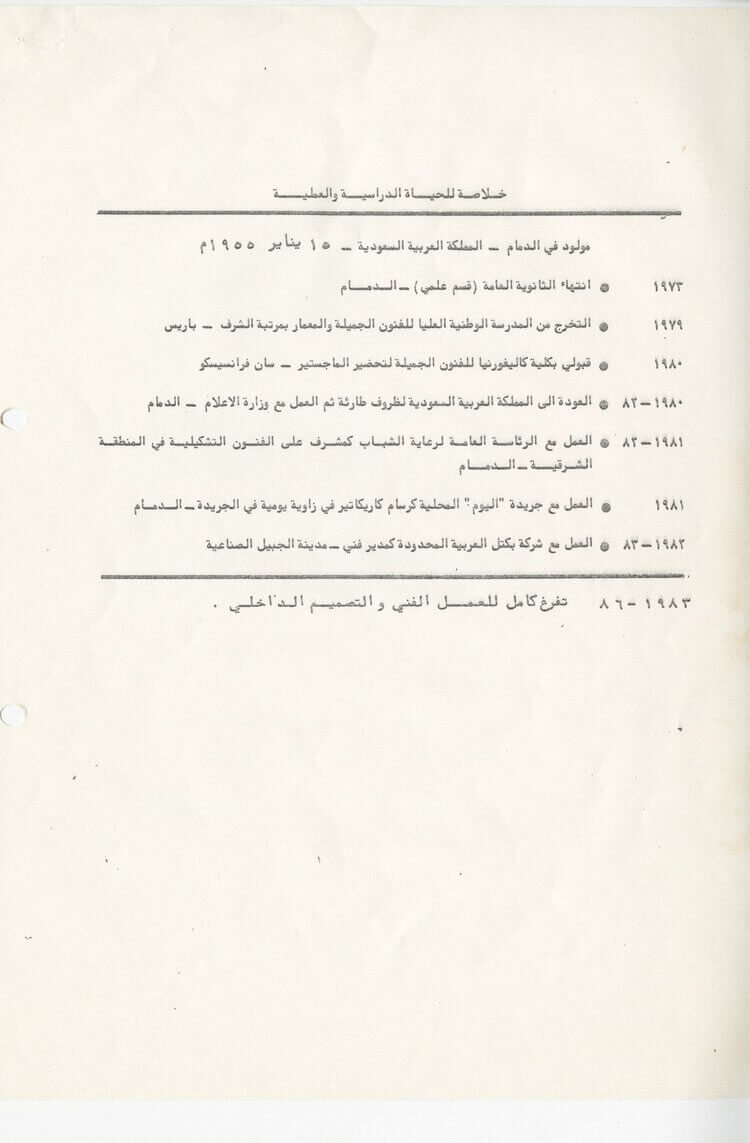
FAISAL SAMRA, 1987

FAISAL SAMRA, 1987

SALEH AL JUMAIE, 1987

SALEH AL JUMAIE, 1987

SALEH AL JUMAIE, 1987

NAJAT HADDAD, 1987

NAJAT HADDAD, 1987

NAJAT HADDAD, 1987
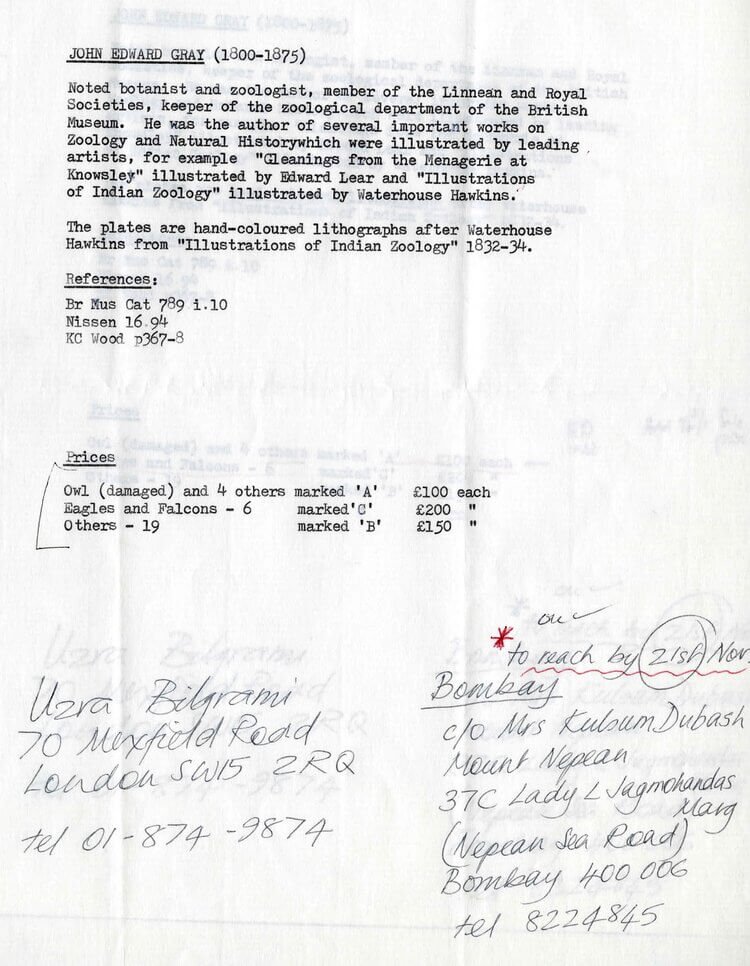
JOHN EDWARD GRAY, 1987

JOHN EDWARD GRAY, 1987

JOHN EDWARD GRAY, 1987
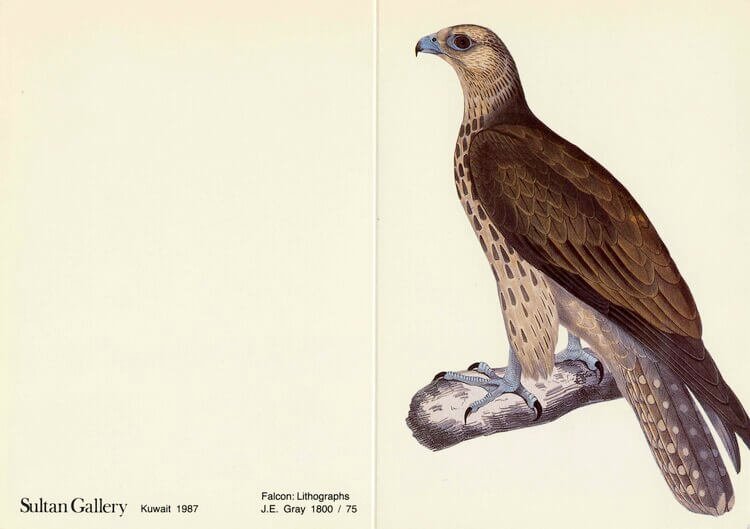
JOHN EDWARD GRAY, 1987

LINDA SHUAIB, 1987
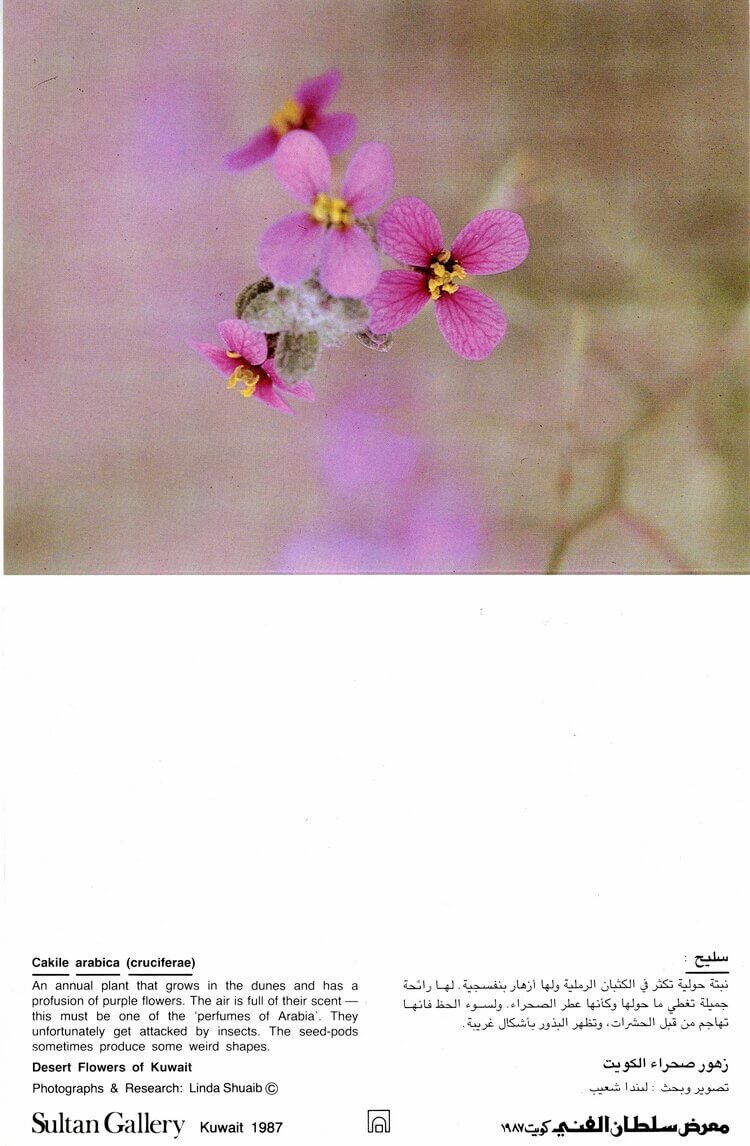
LINDA SHUAIB, 1987
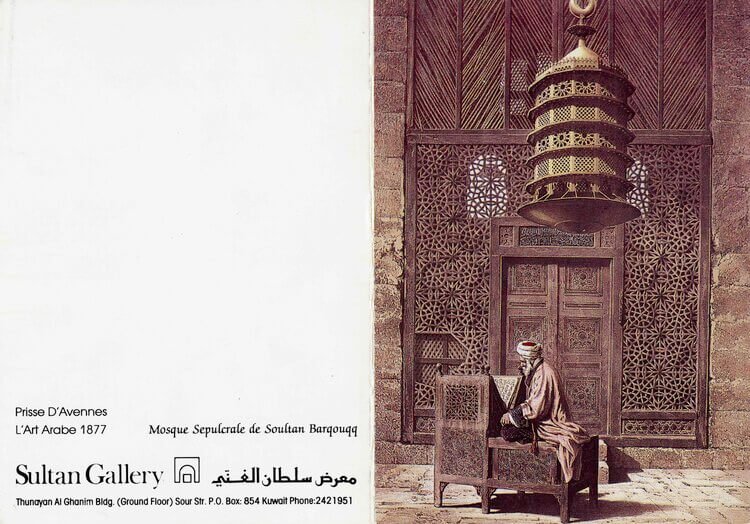
PRISSE D'AVENNES, 1987
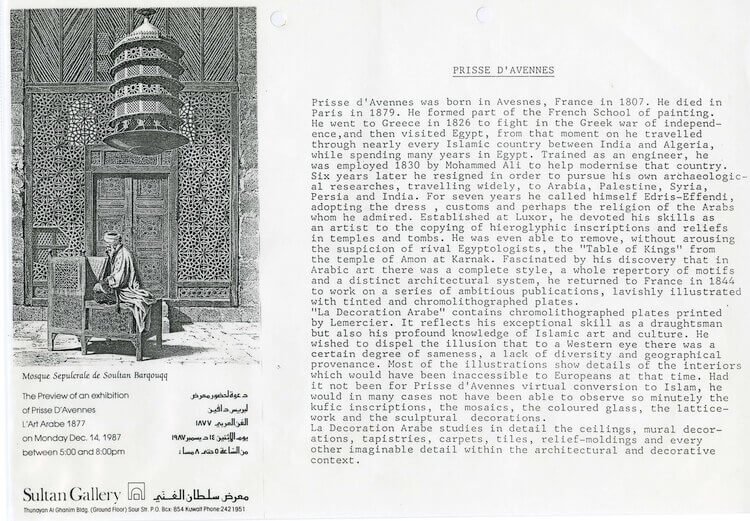
PRISSE D'AVENNES, 1987
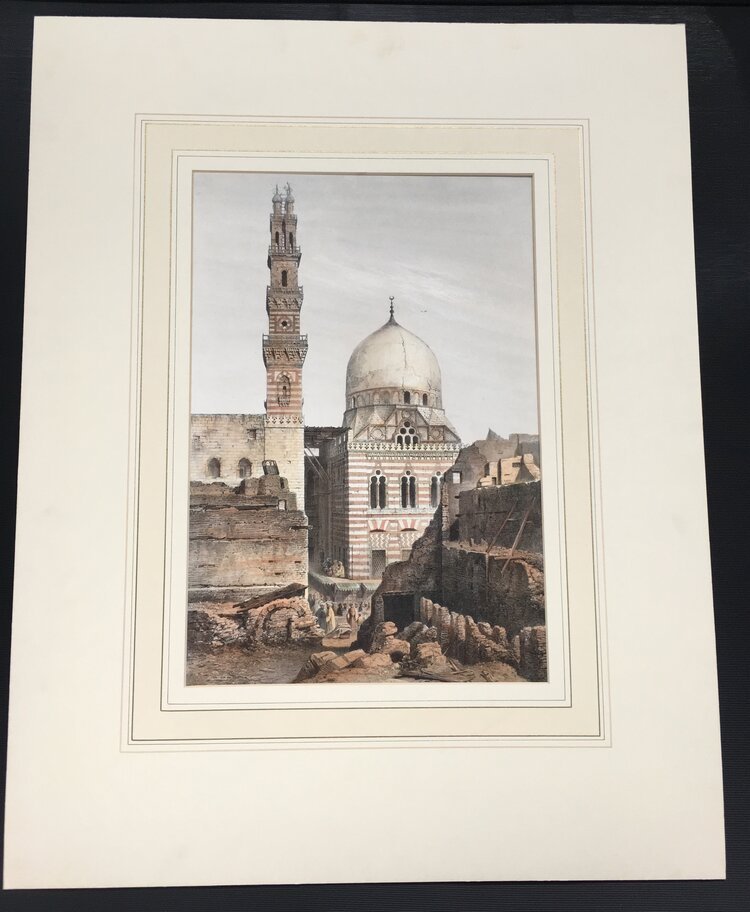
PRISSE D'AVENNES, 1987

SALEH AL JUMAIE, 1987
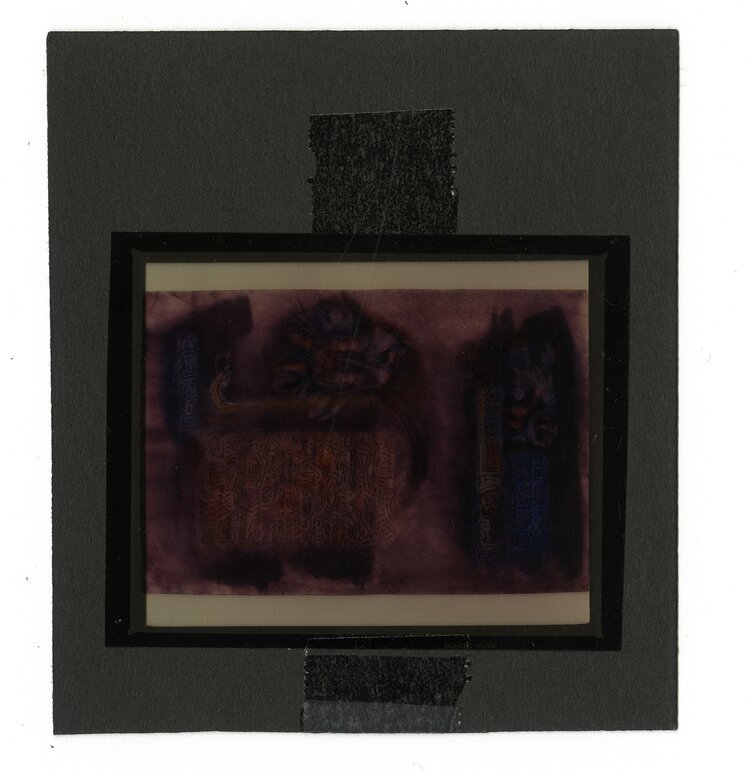
SALEH AL JUMAIE, 1987

SALEH AL JUMAIE, 1987

KATHLEEN STAFFORD, 1988

KATHLEEN STAFFORD, 1988

KATHLEEN STAFFORD, 1988

YASMEEN BHAIMIA, 1988

YASMEEN BHAIMIA, 1988

YASMEEN BHAIMIA, 1988

ISLAMIC HERITAGE OF SPAIN, 1988
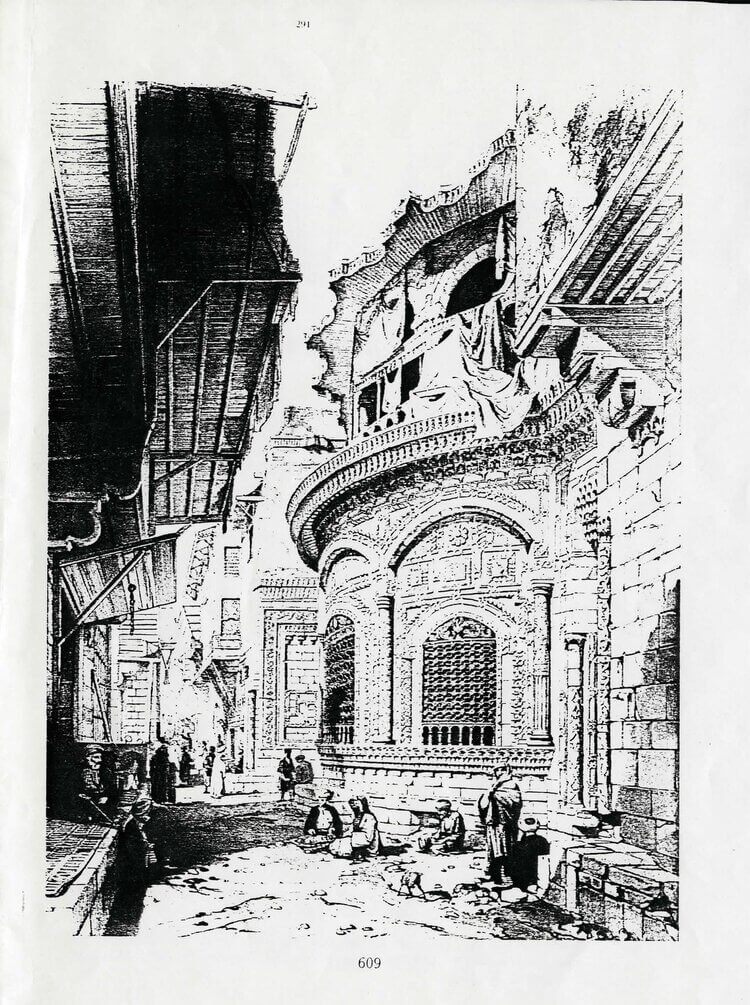
ISLAMIC HERITAGE OF SPAIN, 1988

ISLAMIC HERITAGE OF SPAIN, 1988
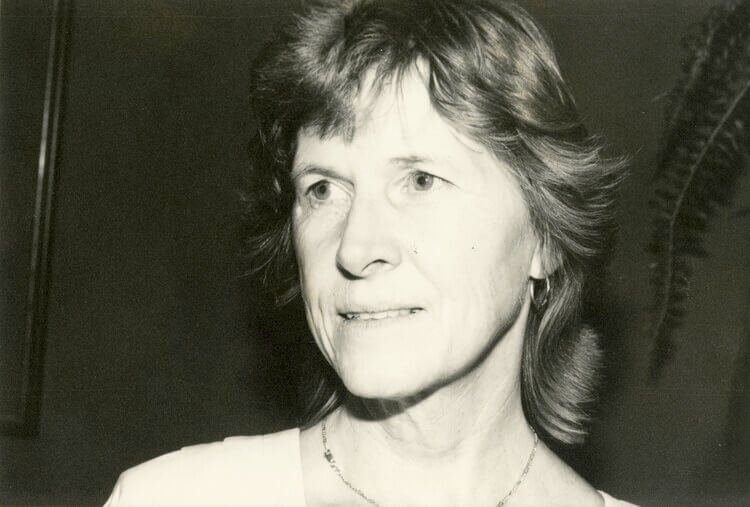
ANN EID, 1988

ANN EID, 1988

ANN EID, 1988

ROBERT HAY, 1988

ROBERT HAY, 1988

ROBERT HAY, 1988
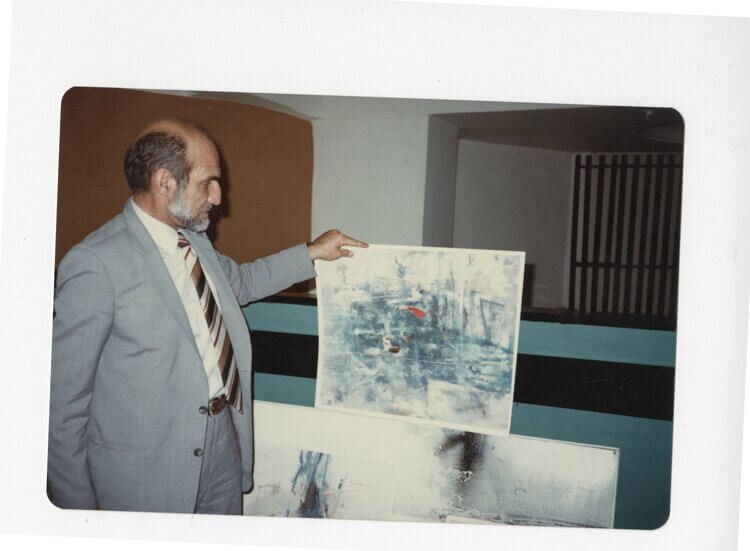
MONIRUL ISLAM, 1989

MONIRUL ISLAM, 1989
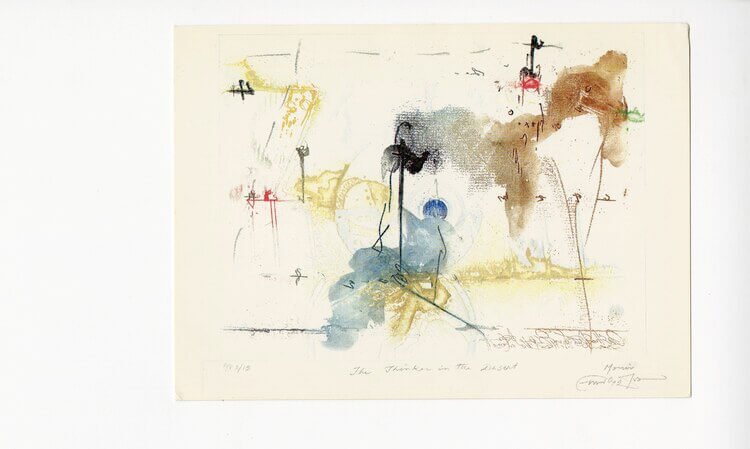
MONIRUL ISLAM, 1989

SHAKIR HASSAN ALSAID, 1989

SHAKIR HASSAN ALSAID, 1989

SHAKIR HASSAN ALSAID, 1989

ADAM HENIEN, 1989

ADAM HENIEN, 1989
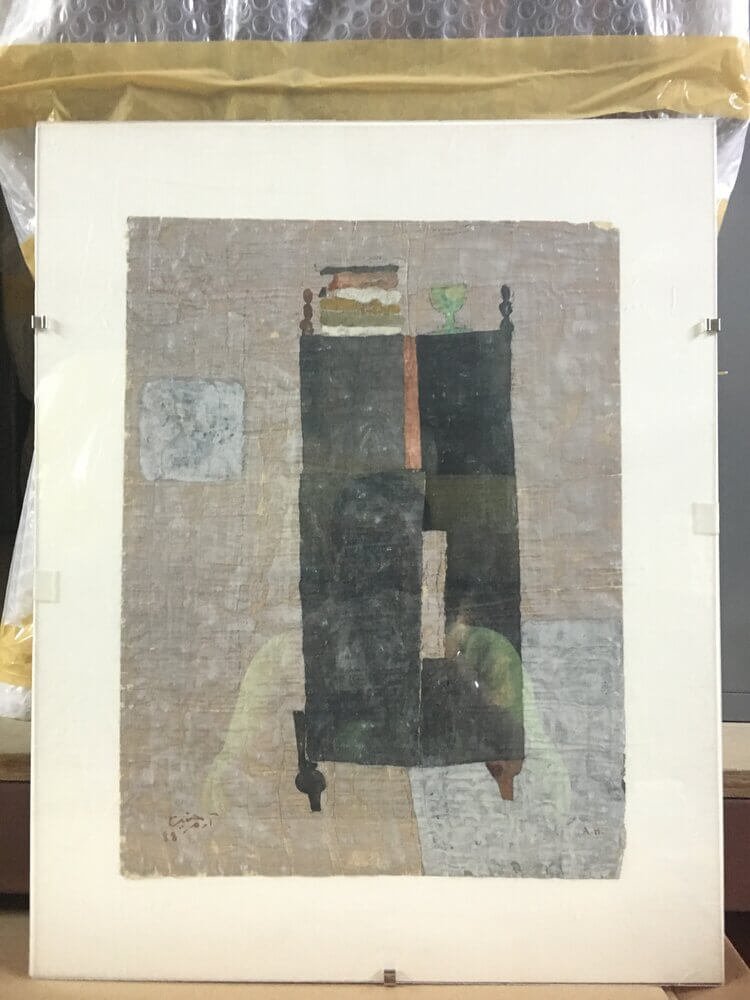
ADAM HENIEN, 1989

LUDWIG LIBAY, 1989

LUDWIG LIBAY, 1989

LUDWIG LIBAY, 1989
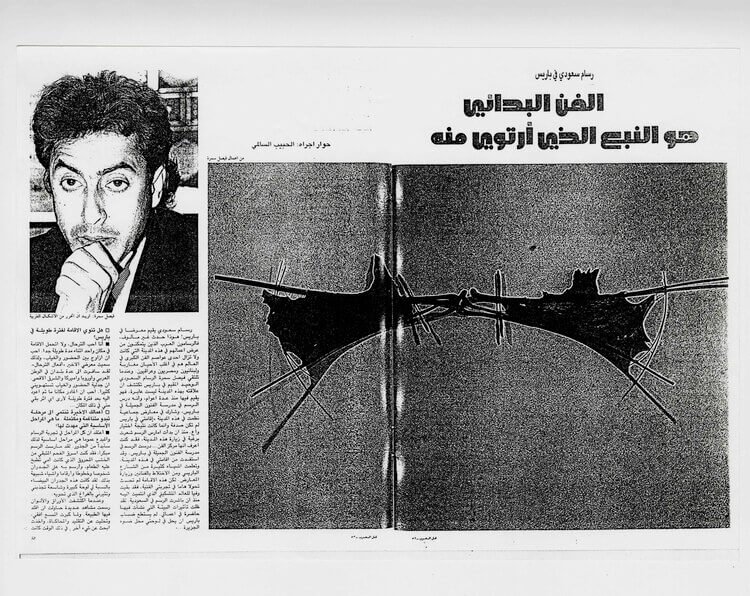
FAISAL SAMRA, 1989
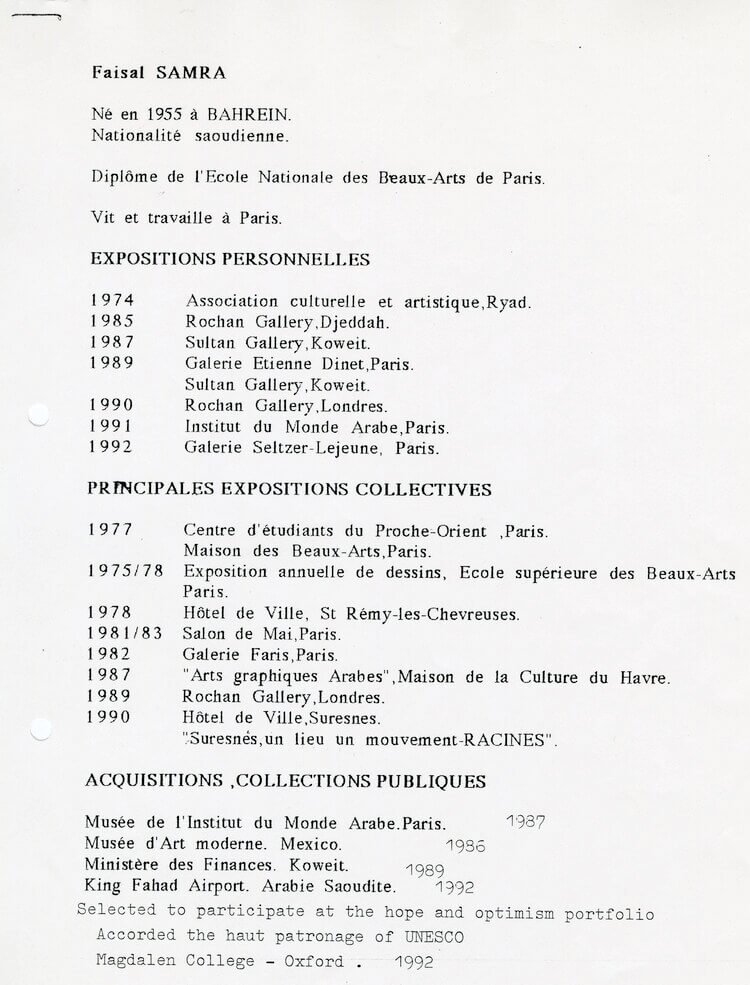
FAISAL SAMRA, 1989
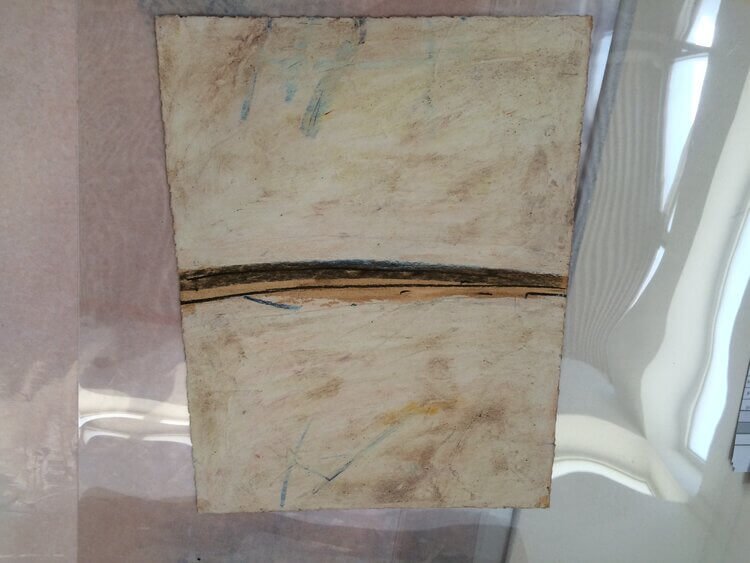
FAISAL SAMRA, 1989

ALI OMAR ERMES, 1989

ALI OMAR ERMES, 1989

ALI OMAR ERMES, 1989

RACHID KORAICHI, 1989

RACHID KORAICHI, 1989

RACHID KORAICHI, 1989

RIMA FARAH, 1989

RIMA FARAH, 1989

RIMA FARAH, 1989
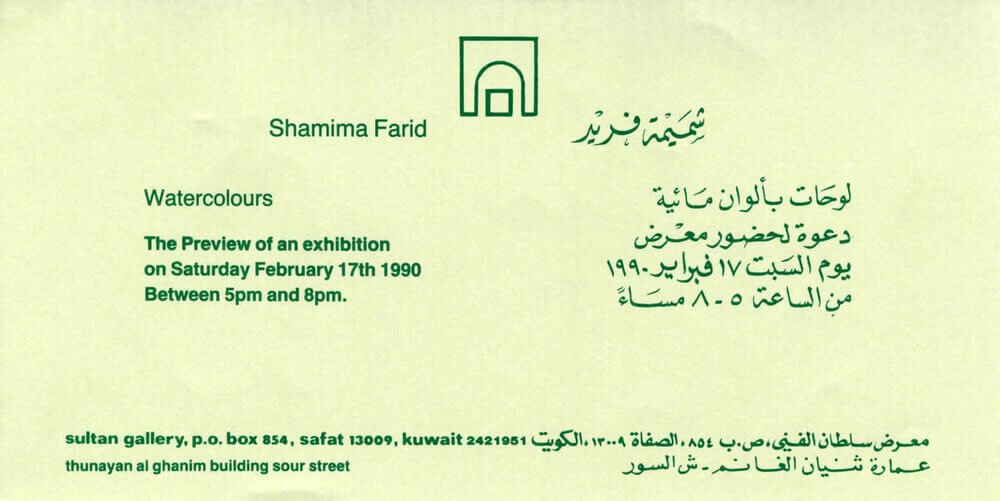
SHAMIMA FARID, 1990

SHAMIMA FARID, 1990
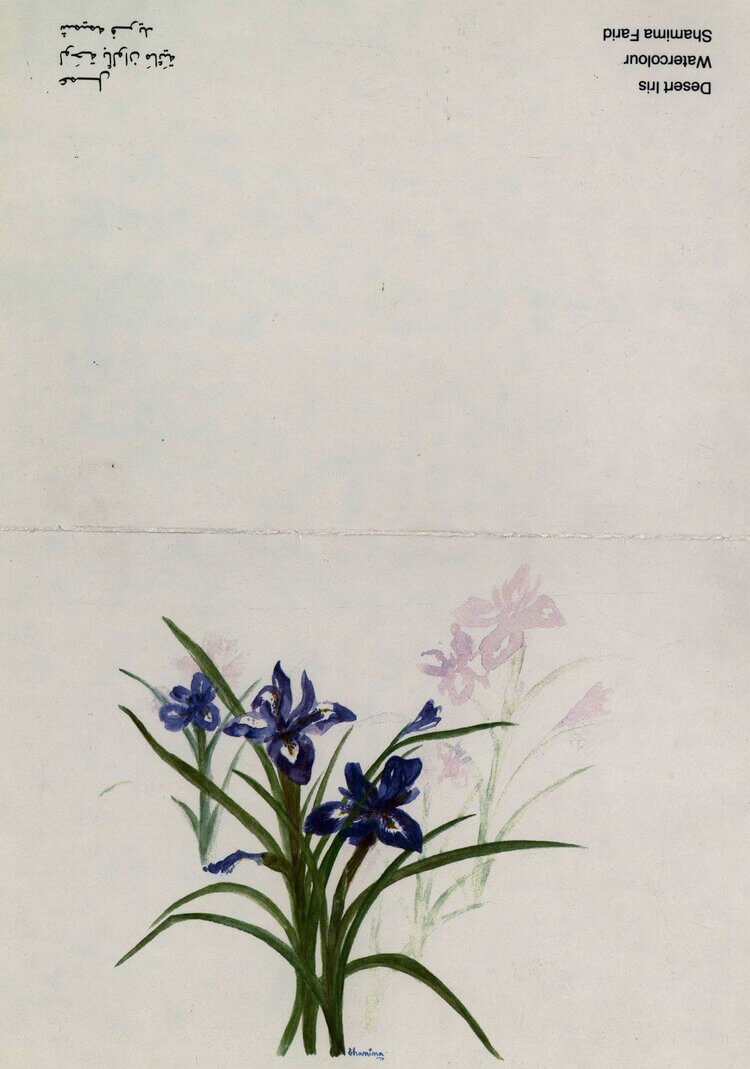
SHAMIMA FARID, 1990
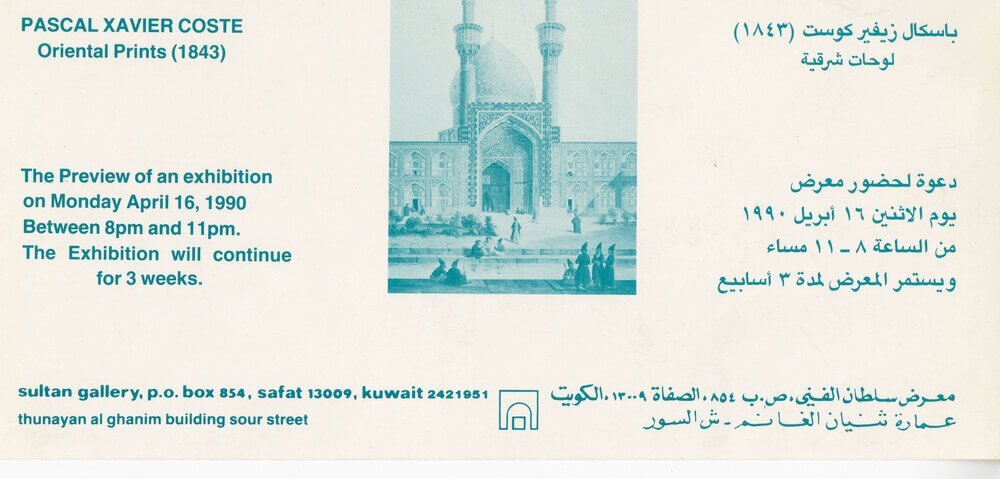
PASCAL XAVIER COSTE, 1990
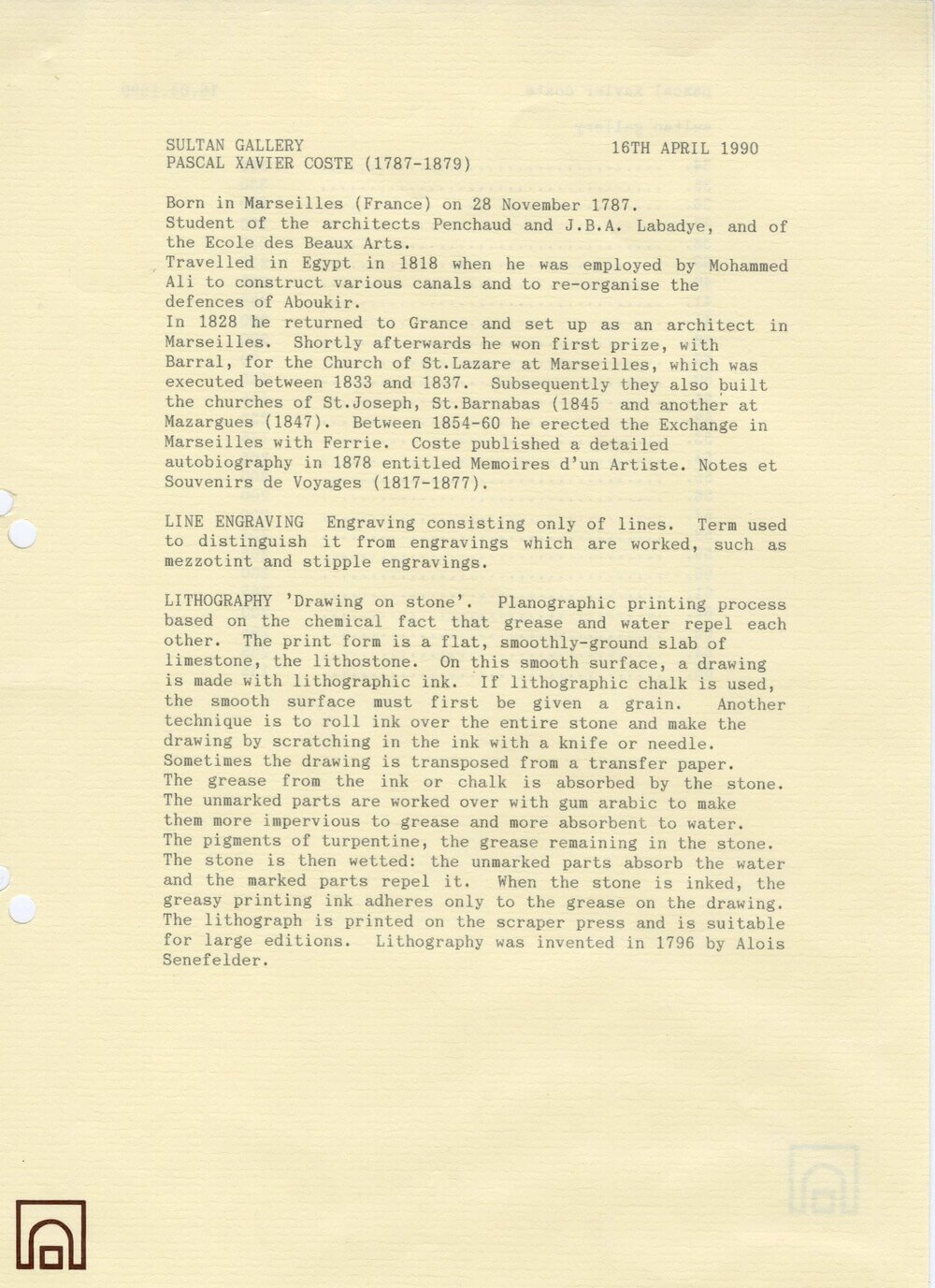
PASCAL XAVIER COSTE, 1990
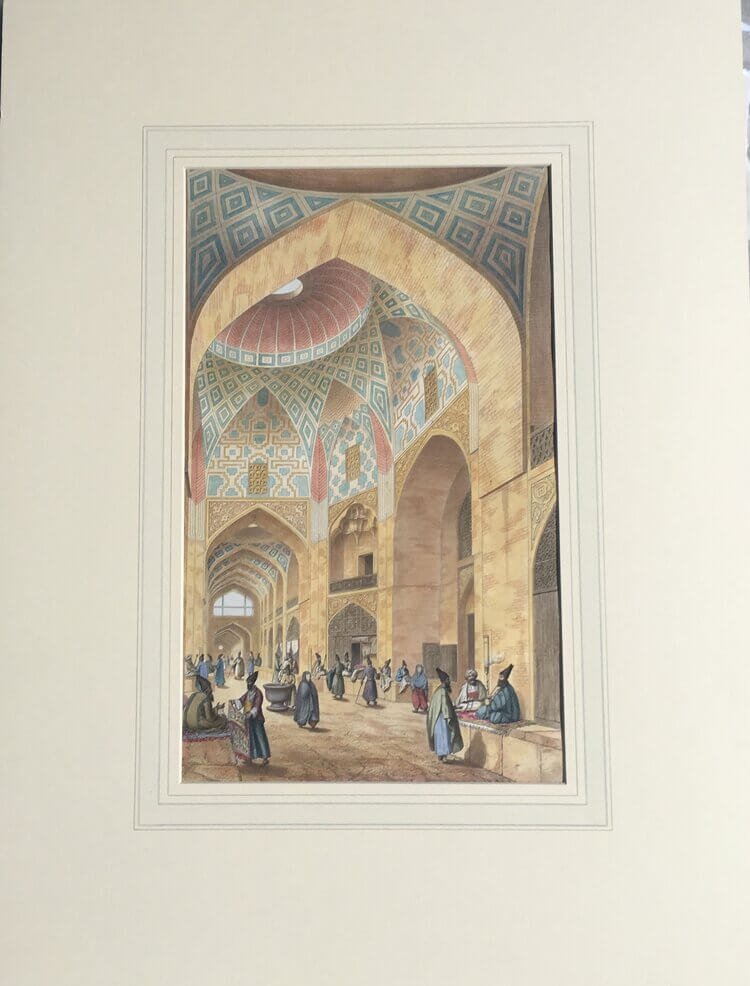
PASCAL XAVIER COSTE, 1990
PRESENT DAY
For over forty years, the Sultan Gallery has played an important role in introducing Arab artists to broader audiences, and helping to establish a vital dialogue among artists and institutions working internationally. The Sultan Gallery was initially founded in Kuwait in 1969 by the late siblings Ghazi and Najat Sultan. Up until 1990 it operated thoroughly as a convergence point for not only artists and intellectuals exploring polemic issues on Arab society, but also the general public. The mission of Sultan Gallery has since been about propagating contemporary and secular movements through Arab art.
Upon reopening it’s doors to the public in 2006, Director of the space, Farida Sultan, has continued working avidly with a wide range of artists to advance a critical art discourse emerging in the country. Sultan Gallery, now situated in Sabhan under the umbrella of Sadeer General Trading & Contracting Company, along the skirts of many government subsidized factories, is within a renovated warehouse that encompasses 320 square-meters of exhibition space. Its straight-forward layout allows it to be used in multiple ways through complex installations that transform the space altogether, or in its most natural format, depending on the artist.
Rather than representing a fixed group of artists, Sultan Gallery continuously develops its relationship with exhibitors, and potential collaborators, as part of its mission to build solid alliances within the creative class for a more contemporary Kuwait. Since its inception, the gallery has mounted artworks by many leading and upcoming Middle Eastern and Kuwaiti artists.


